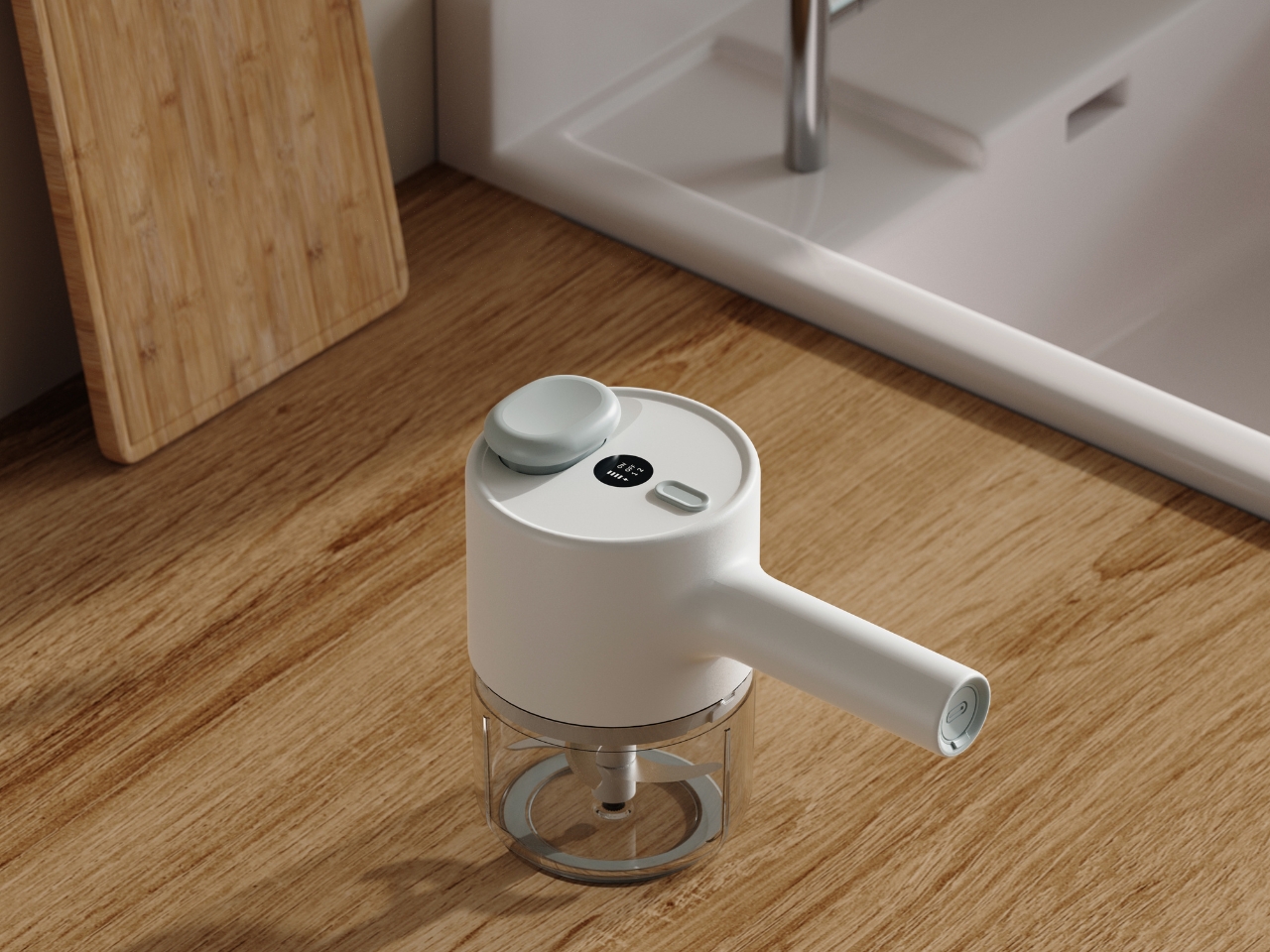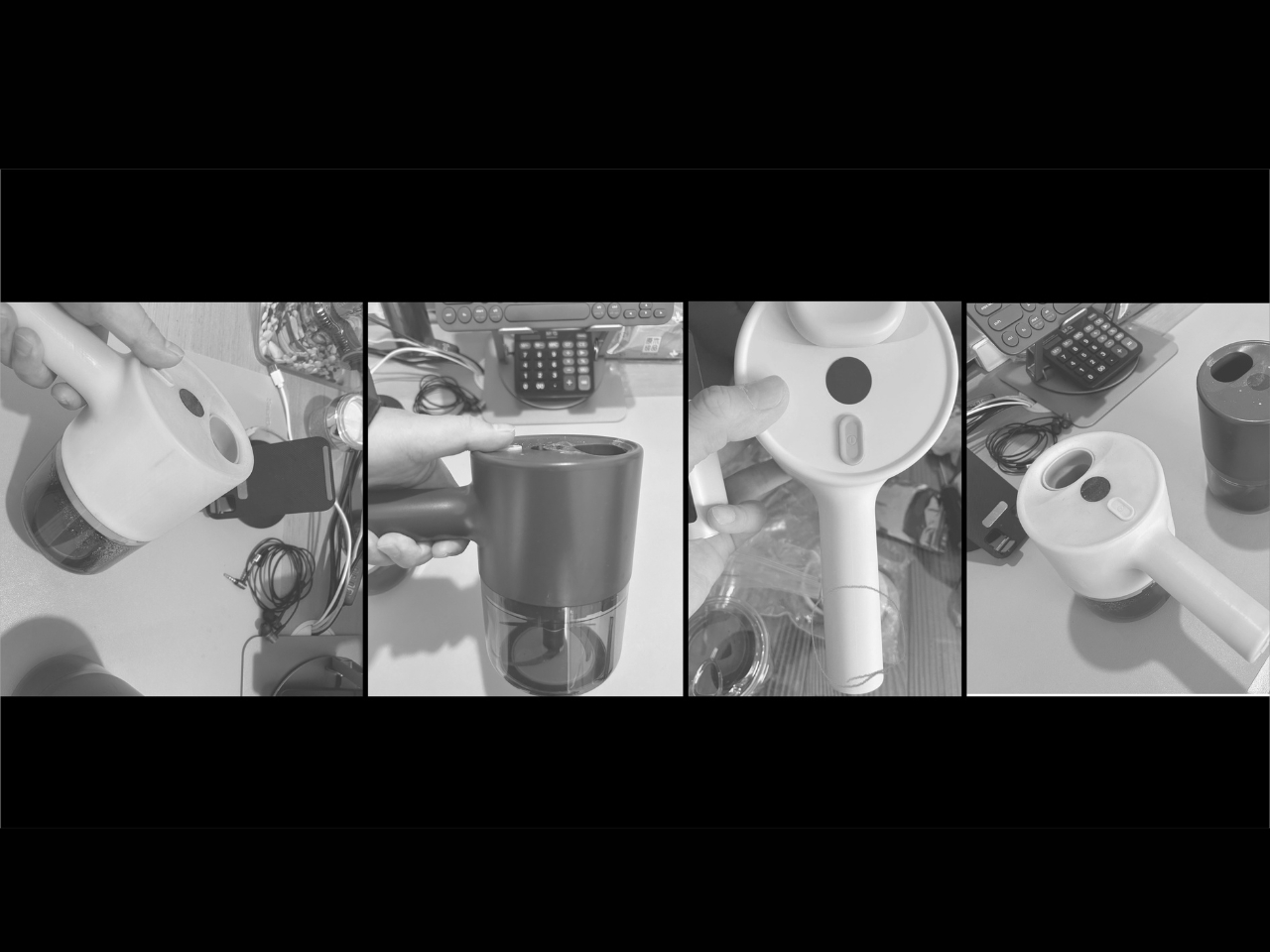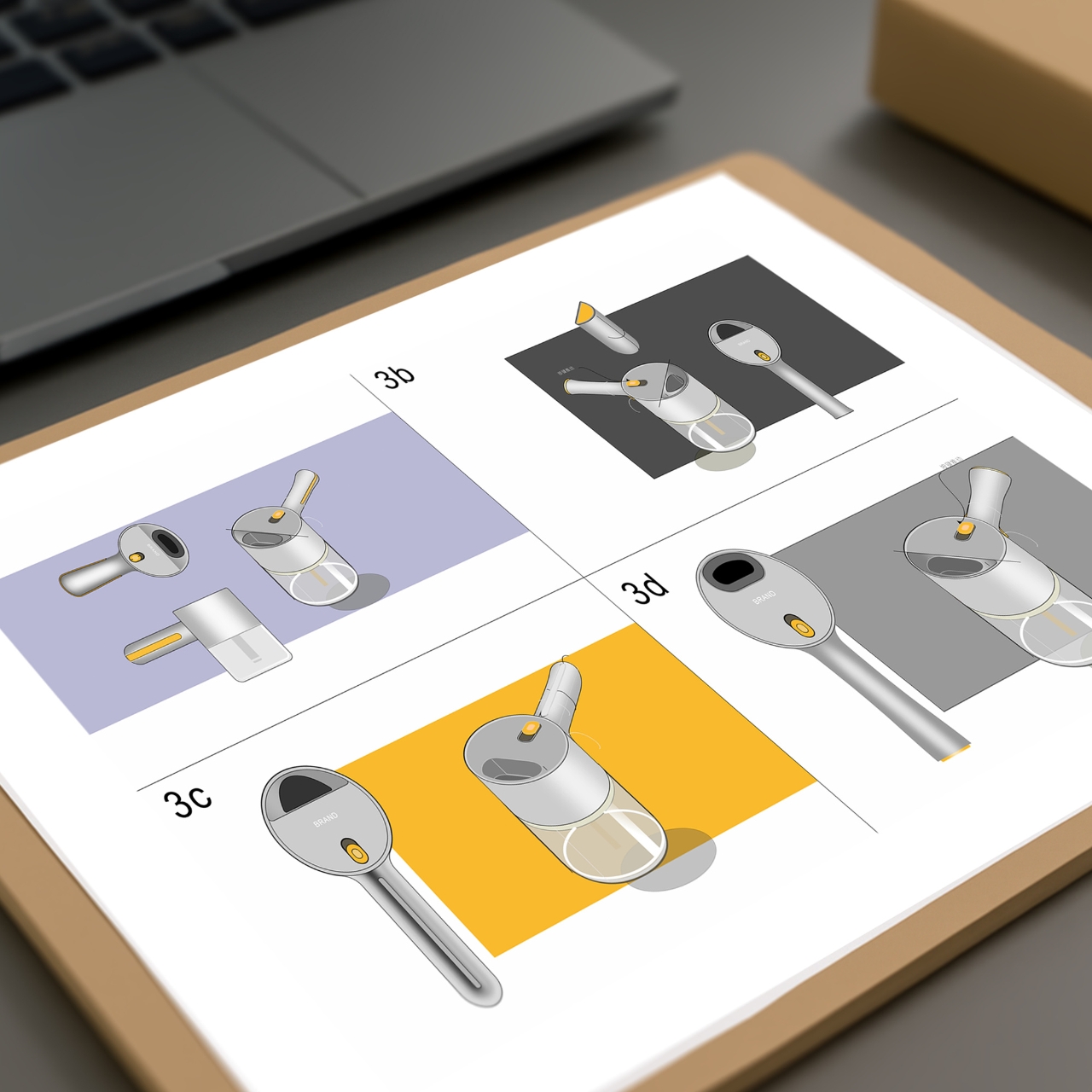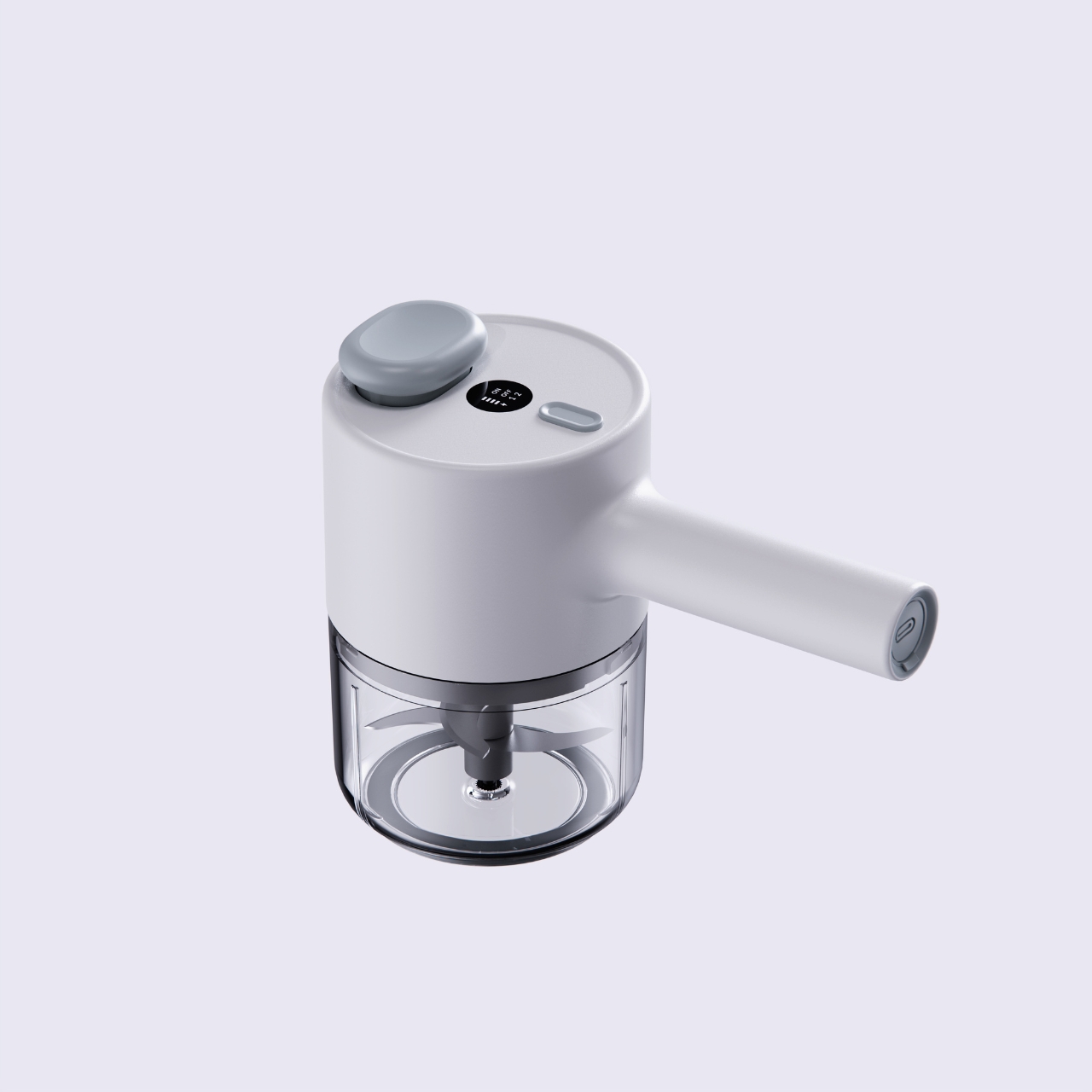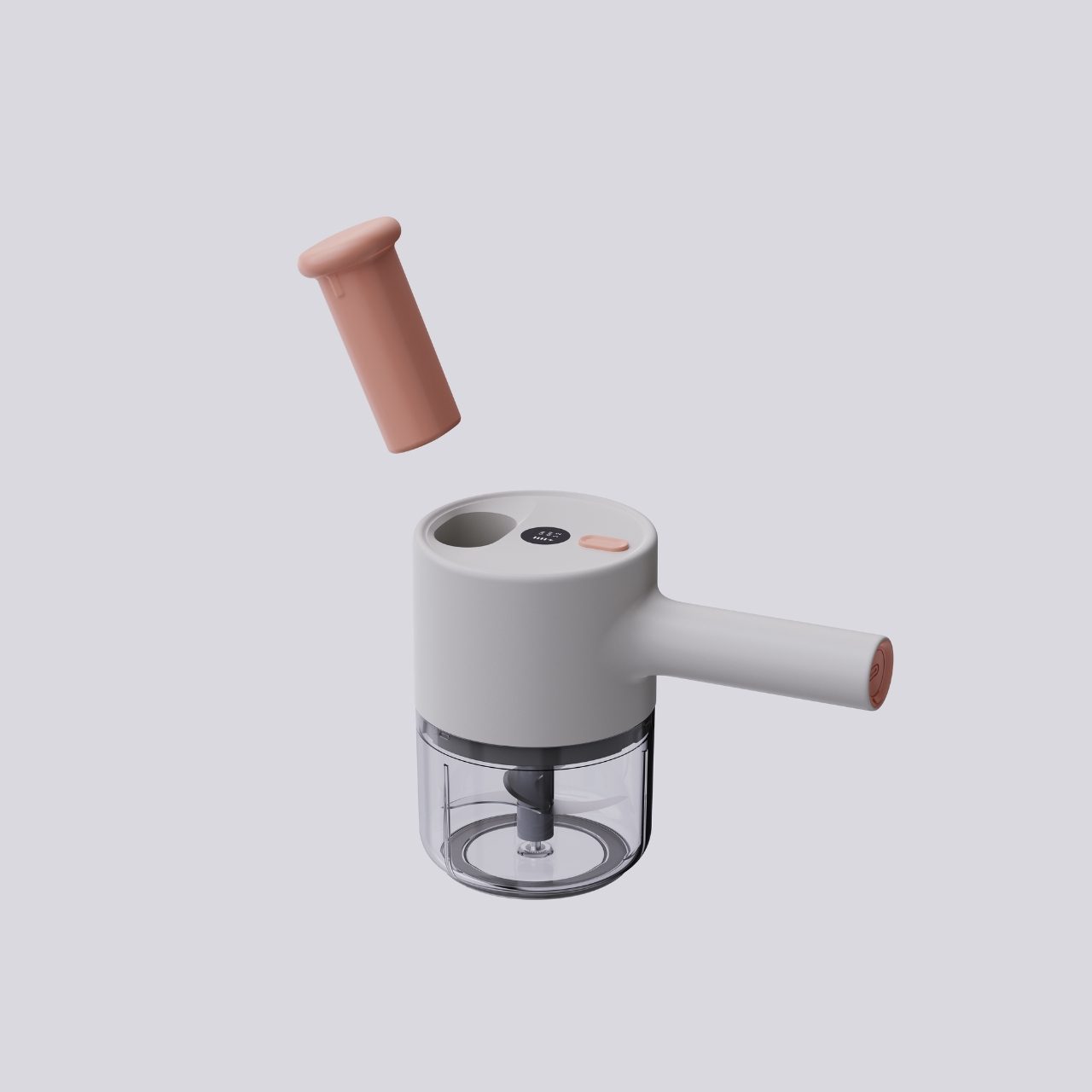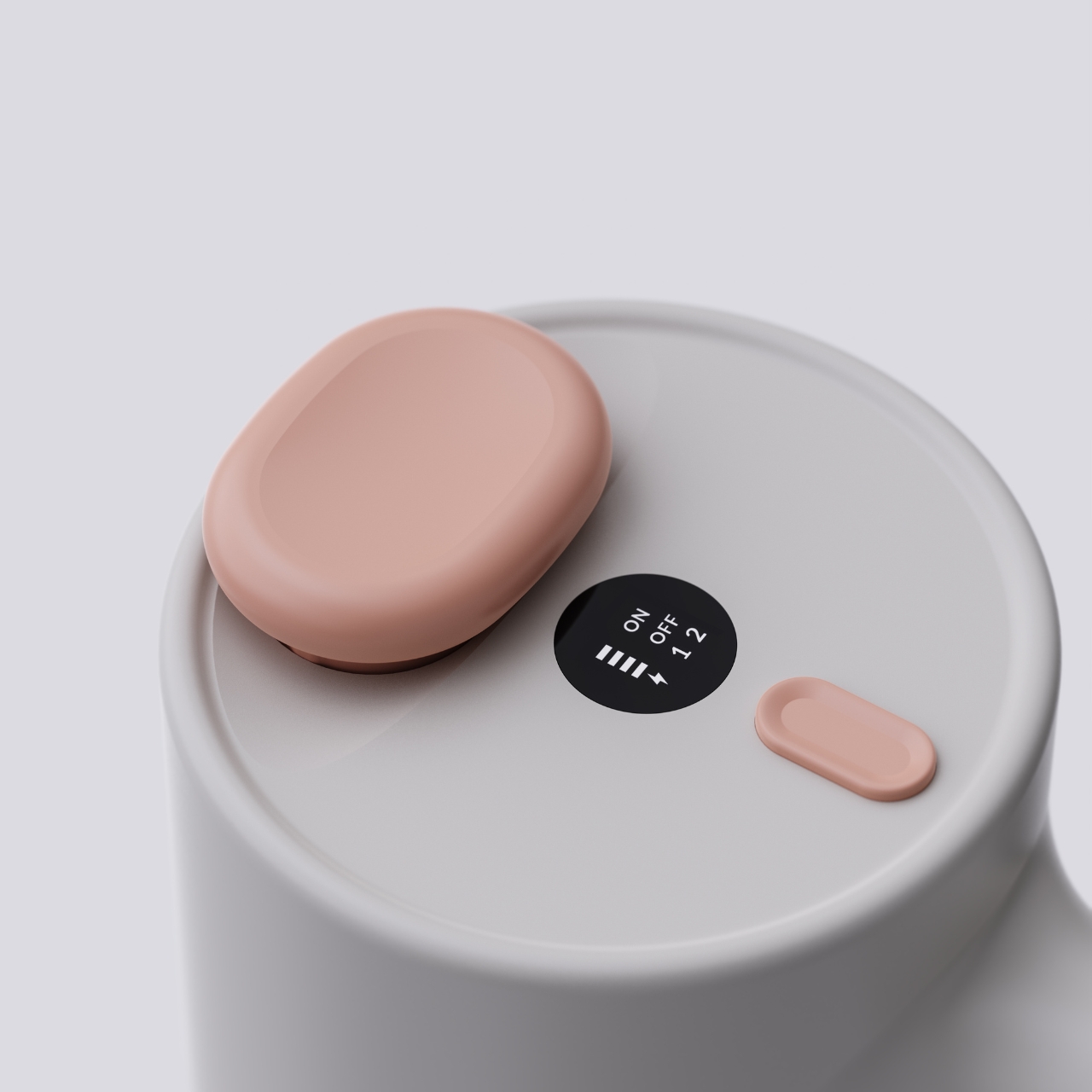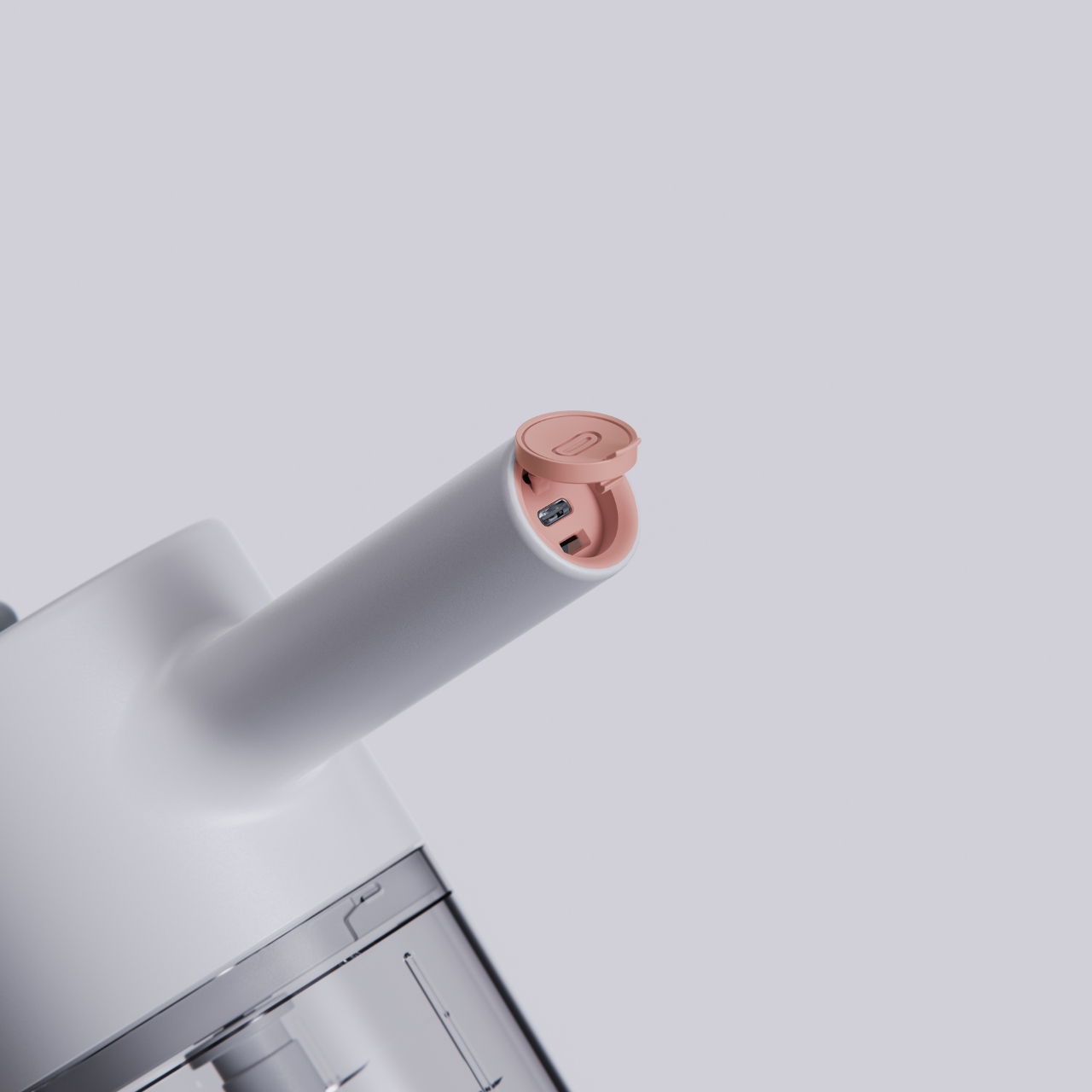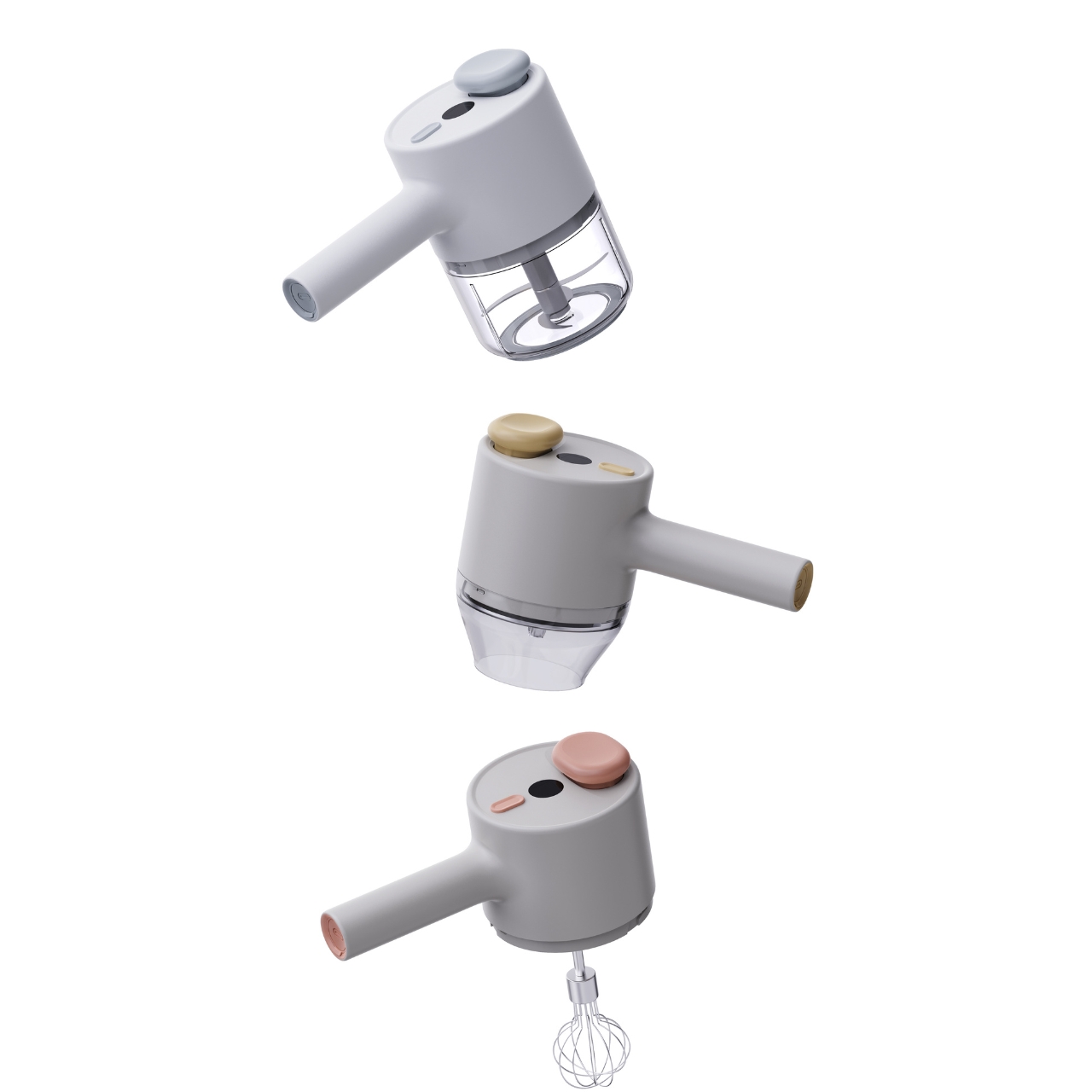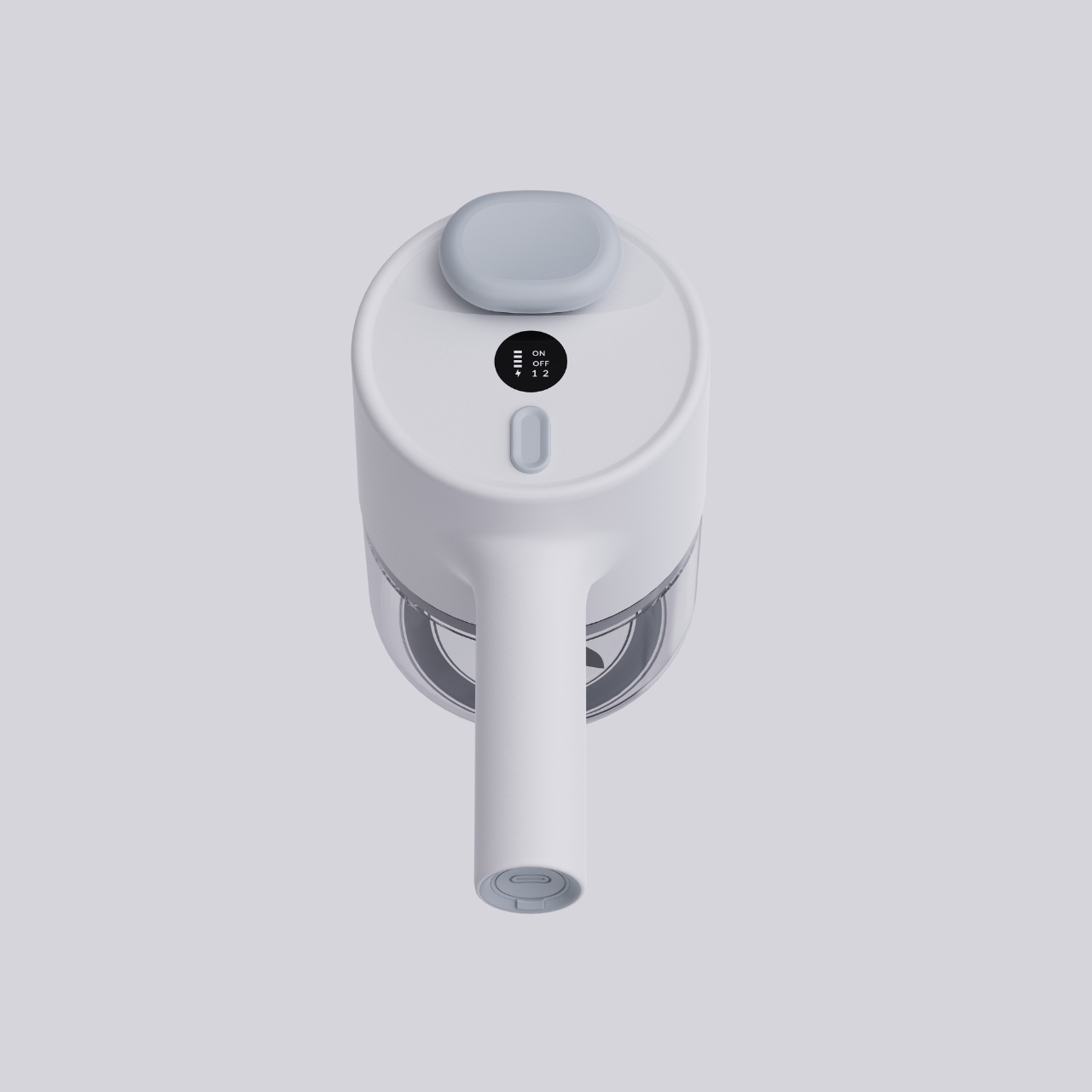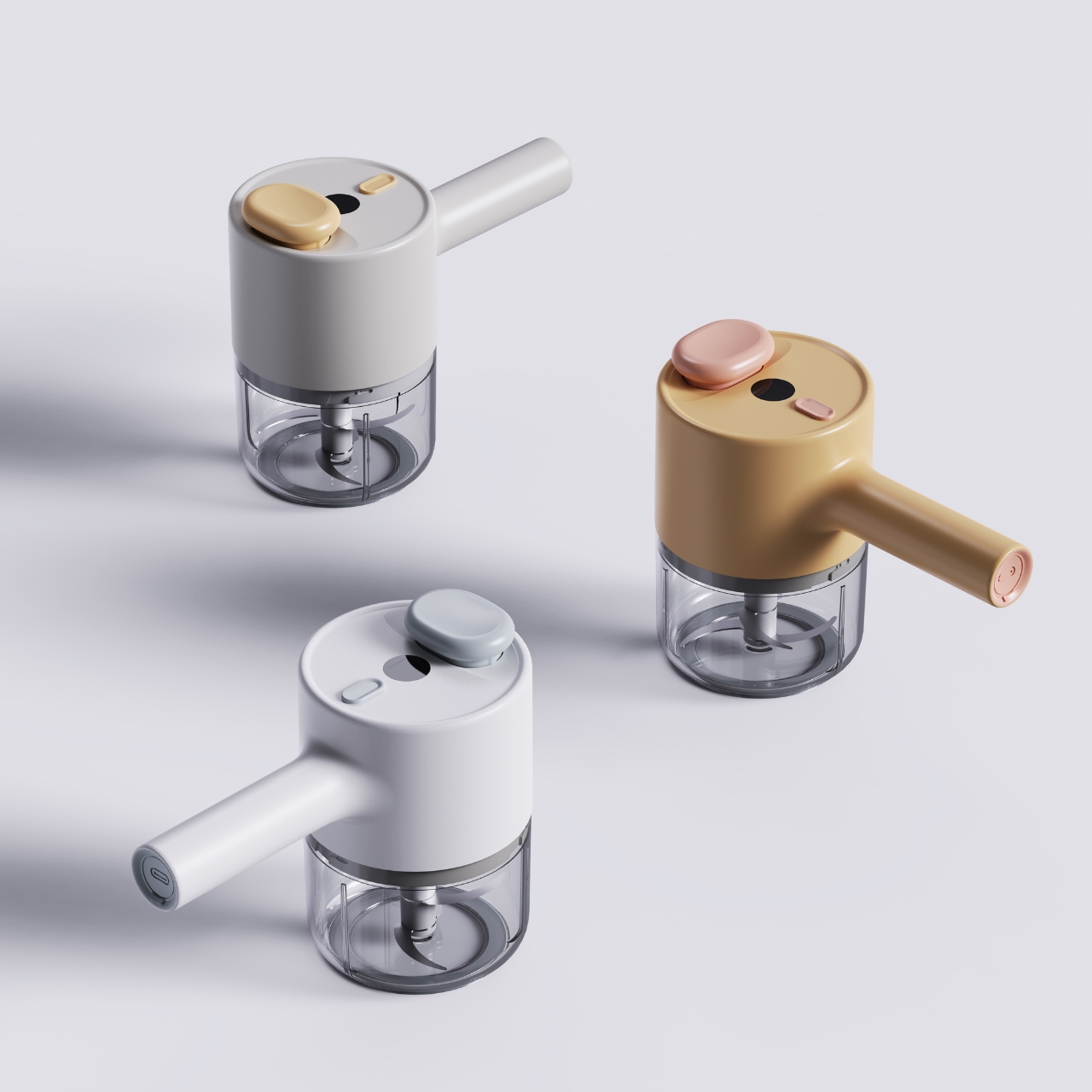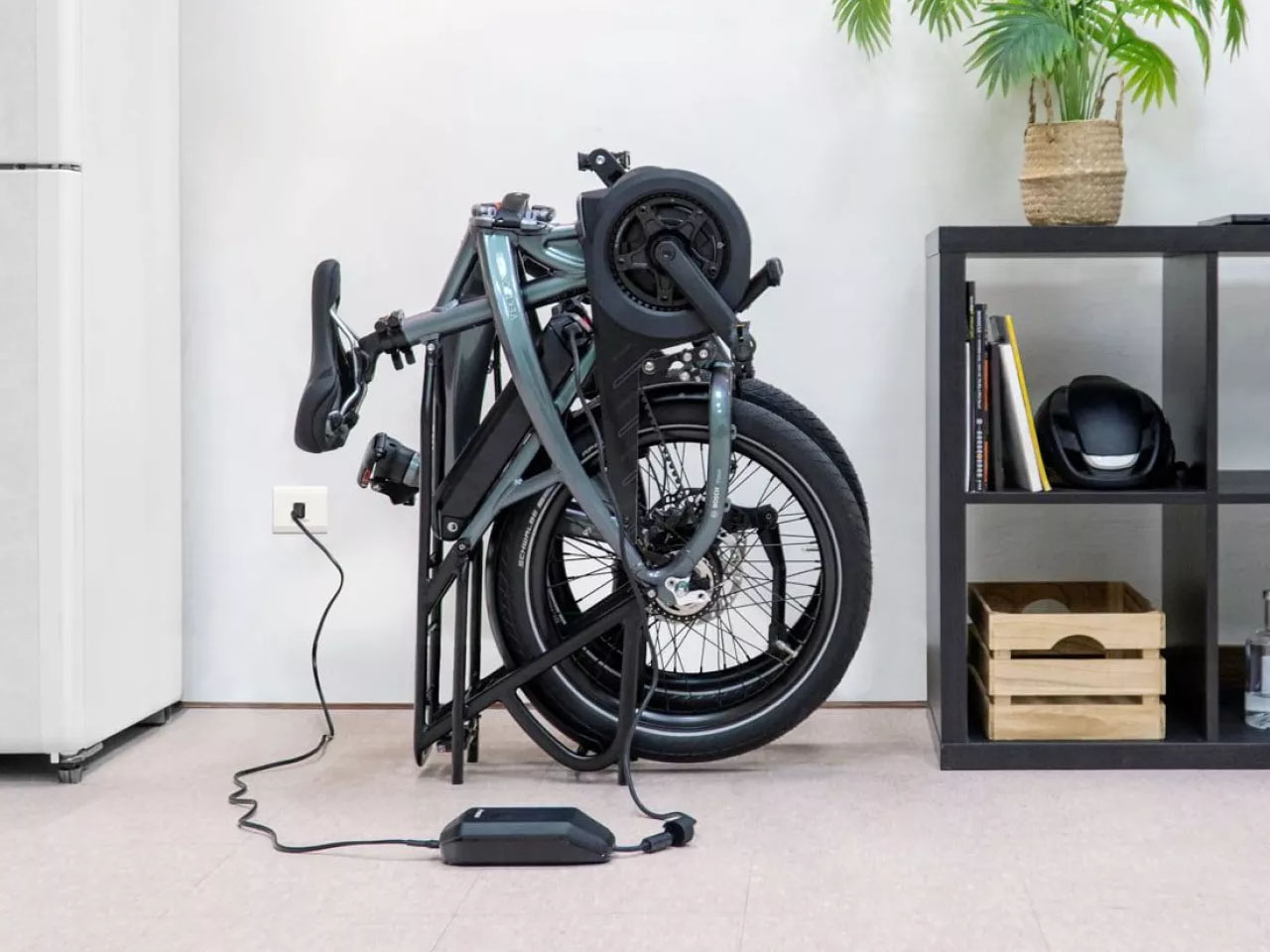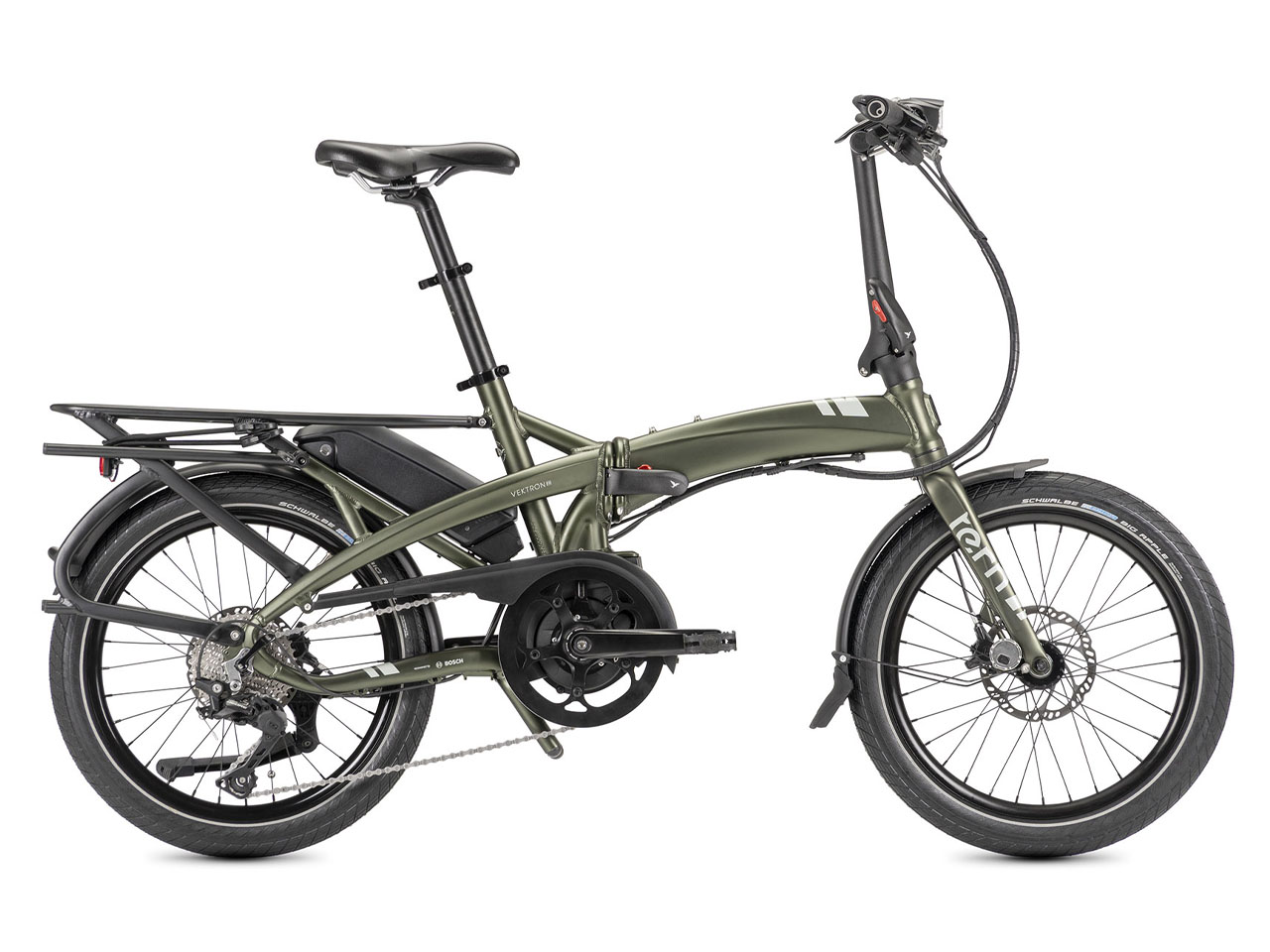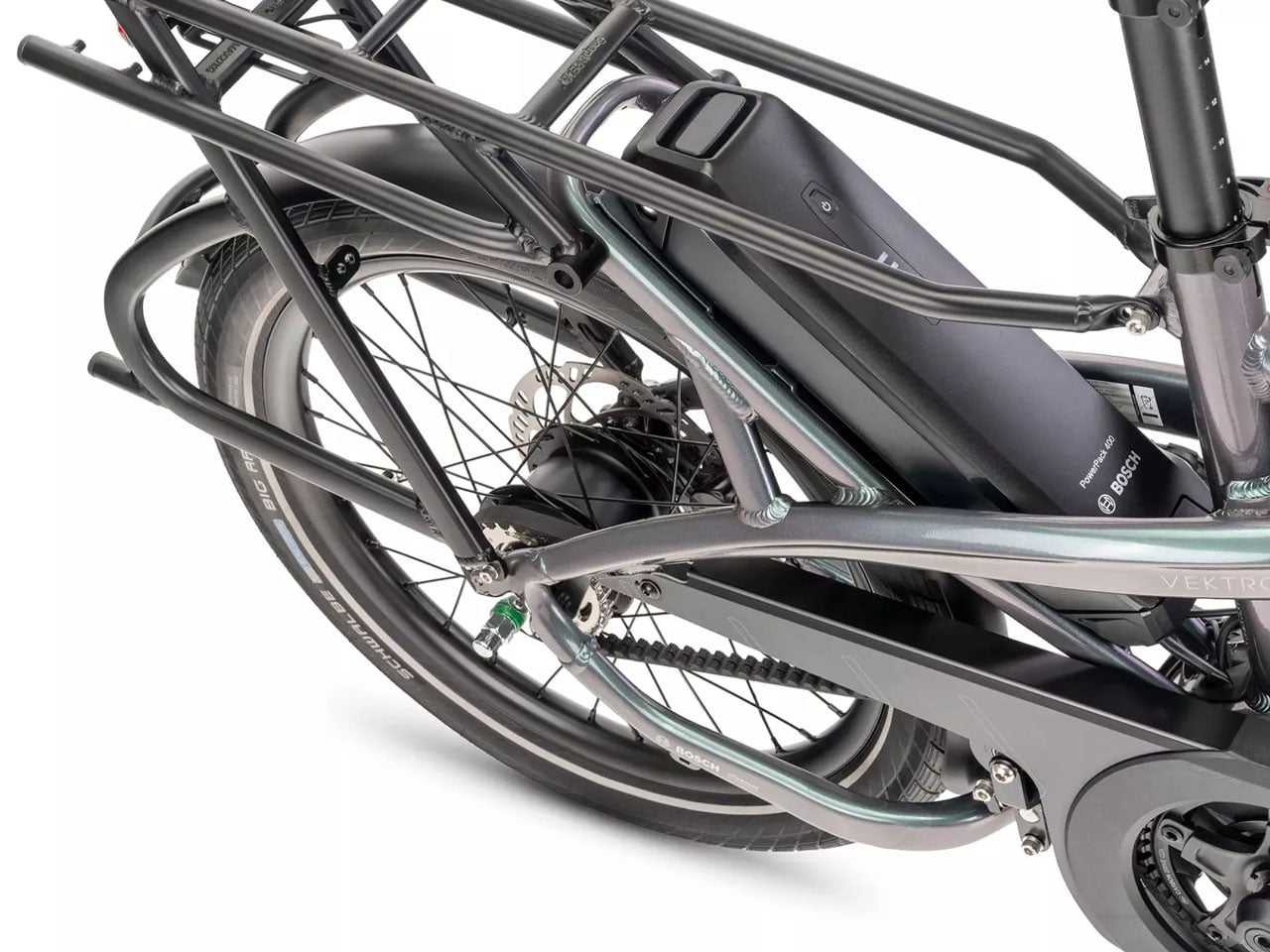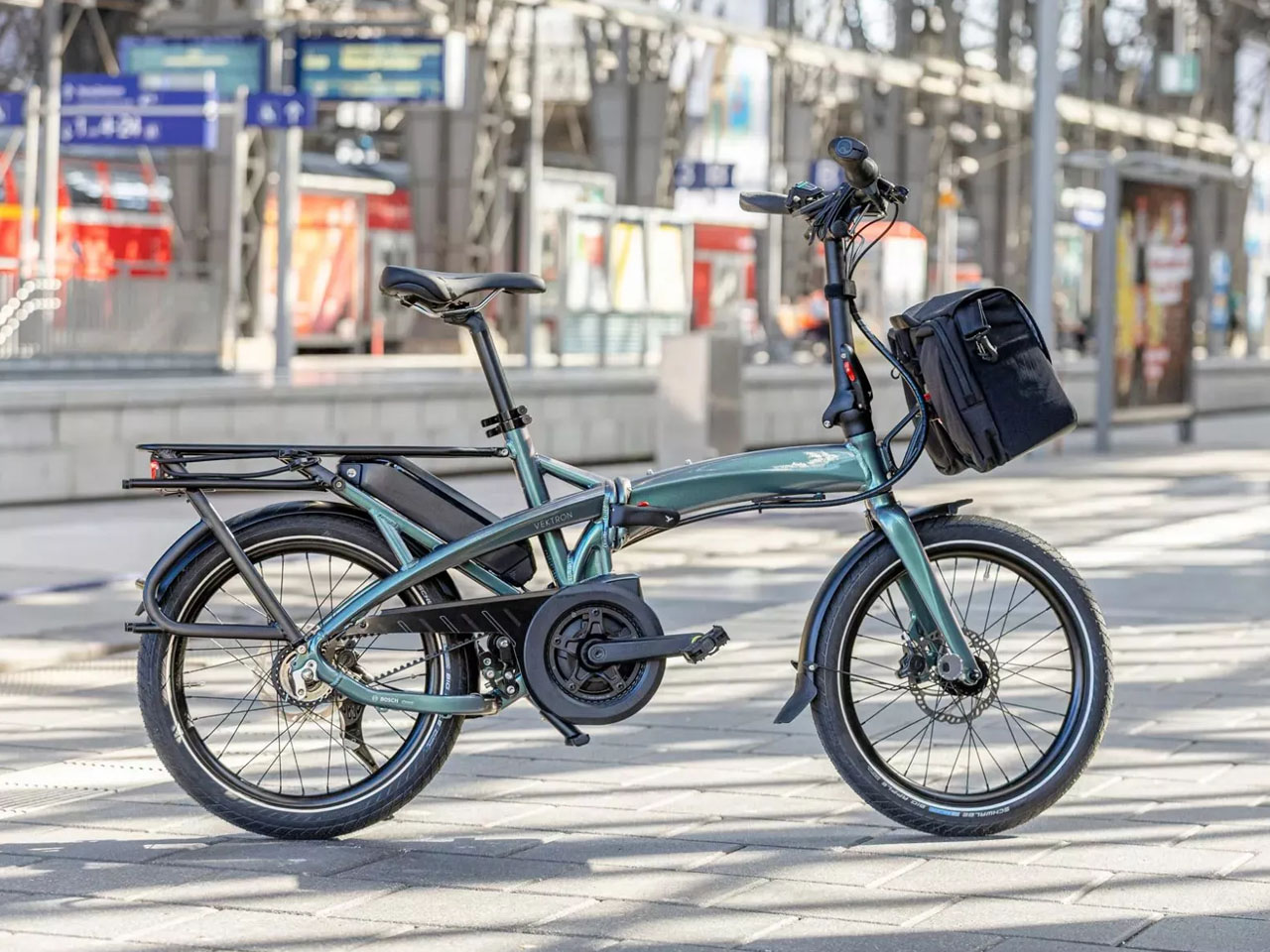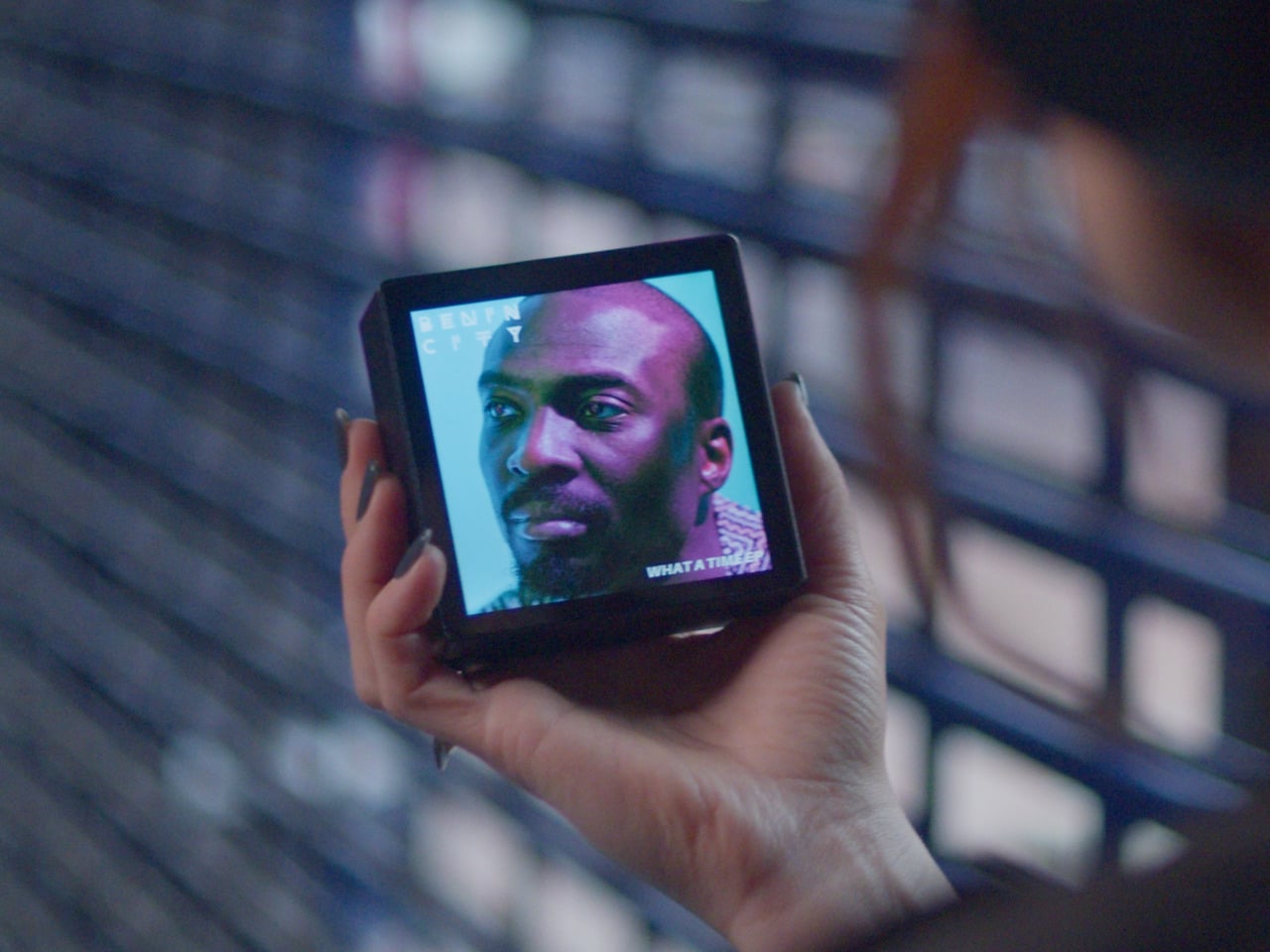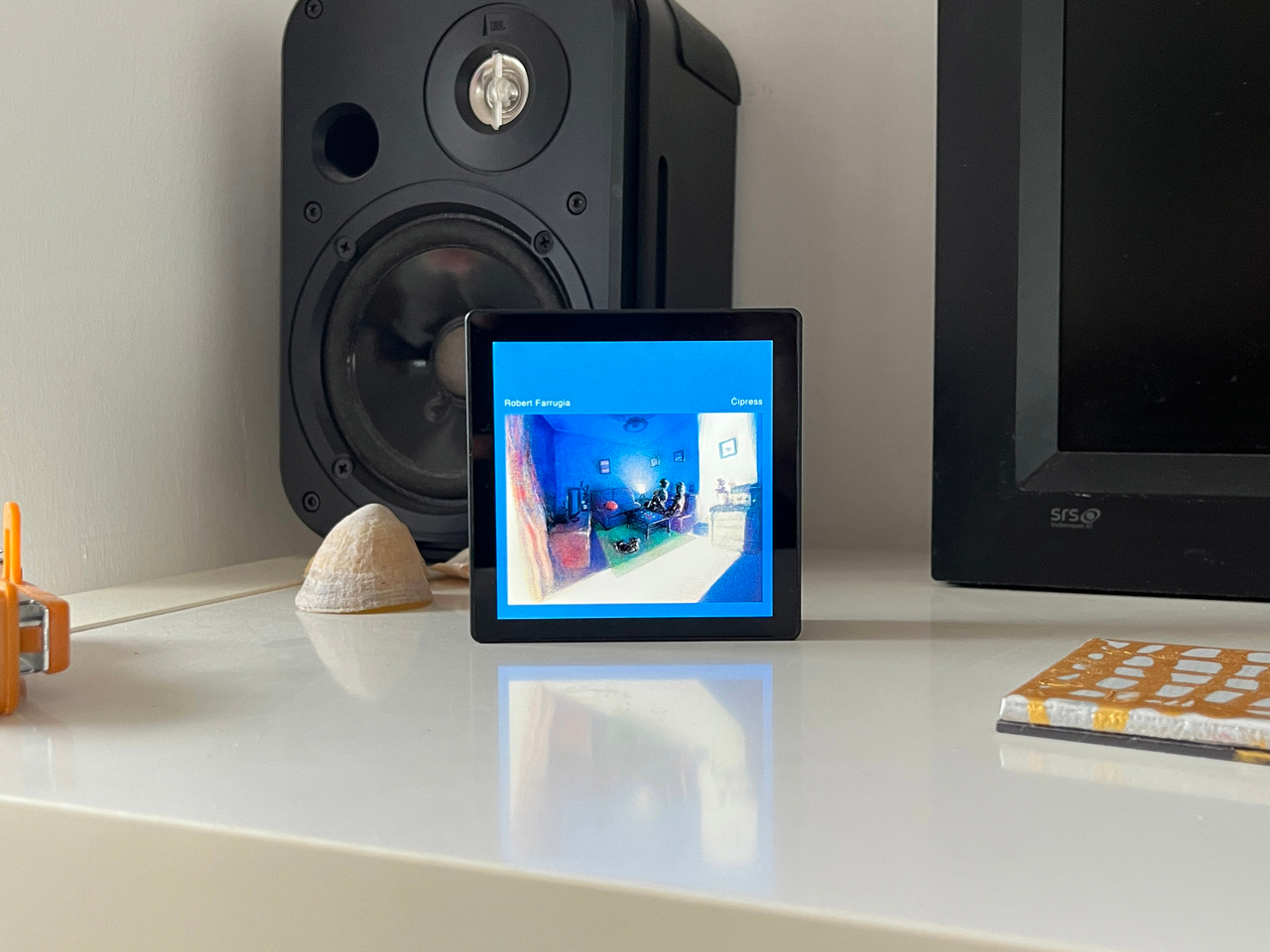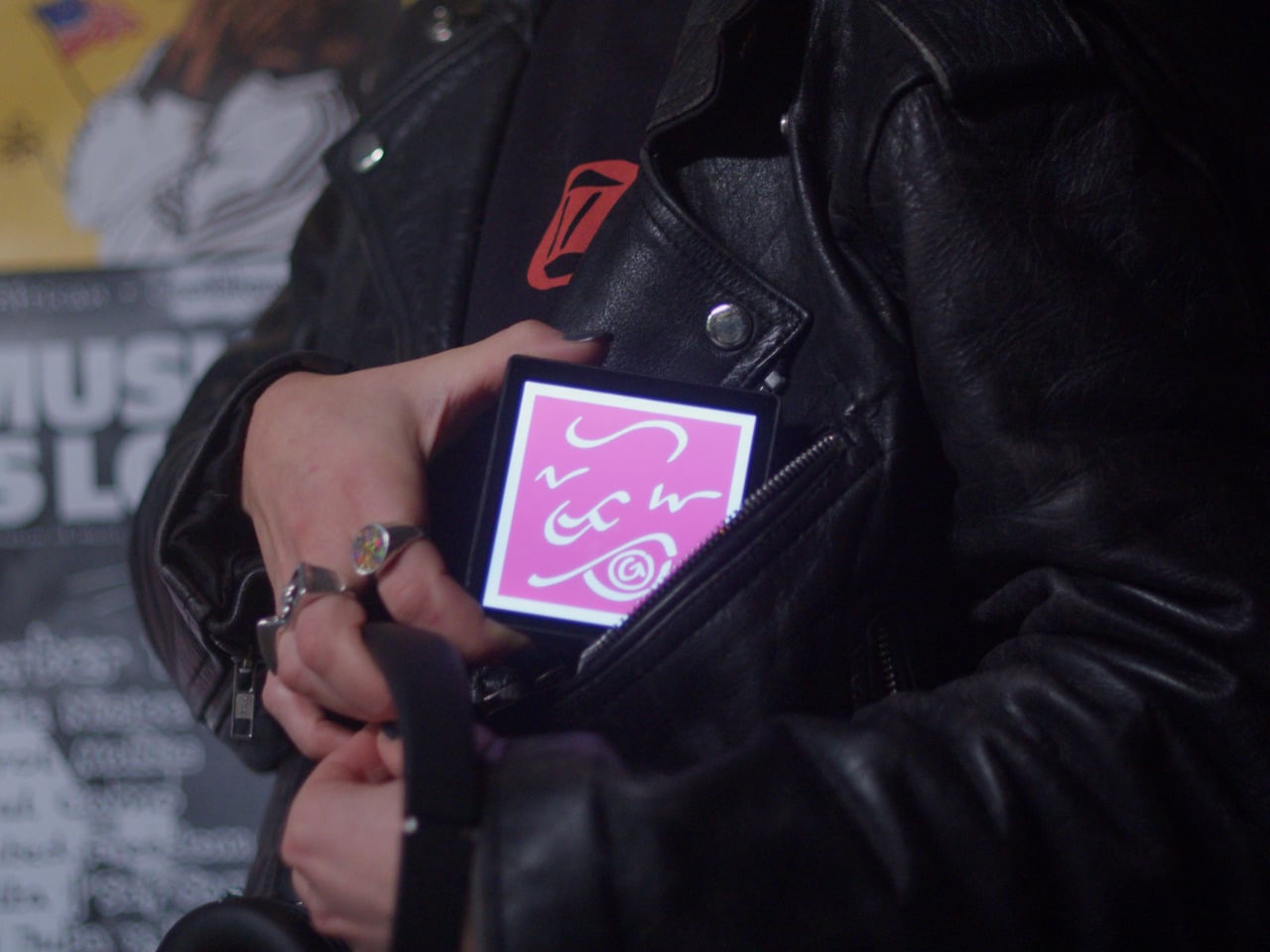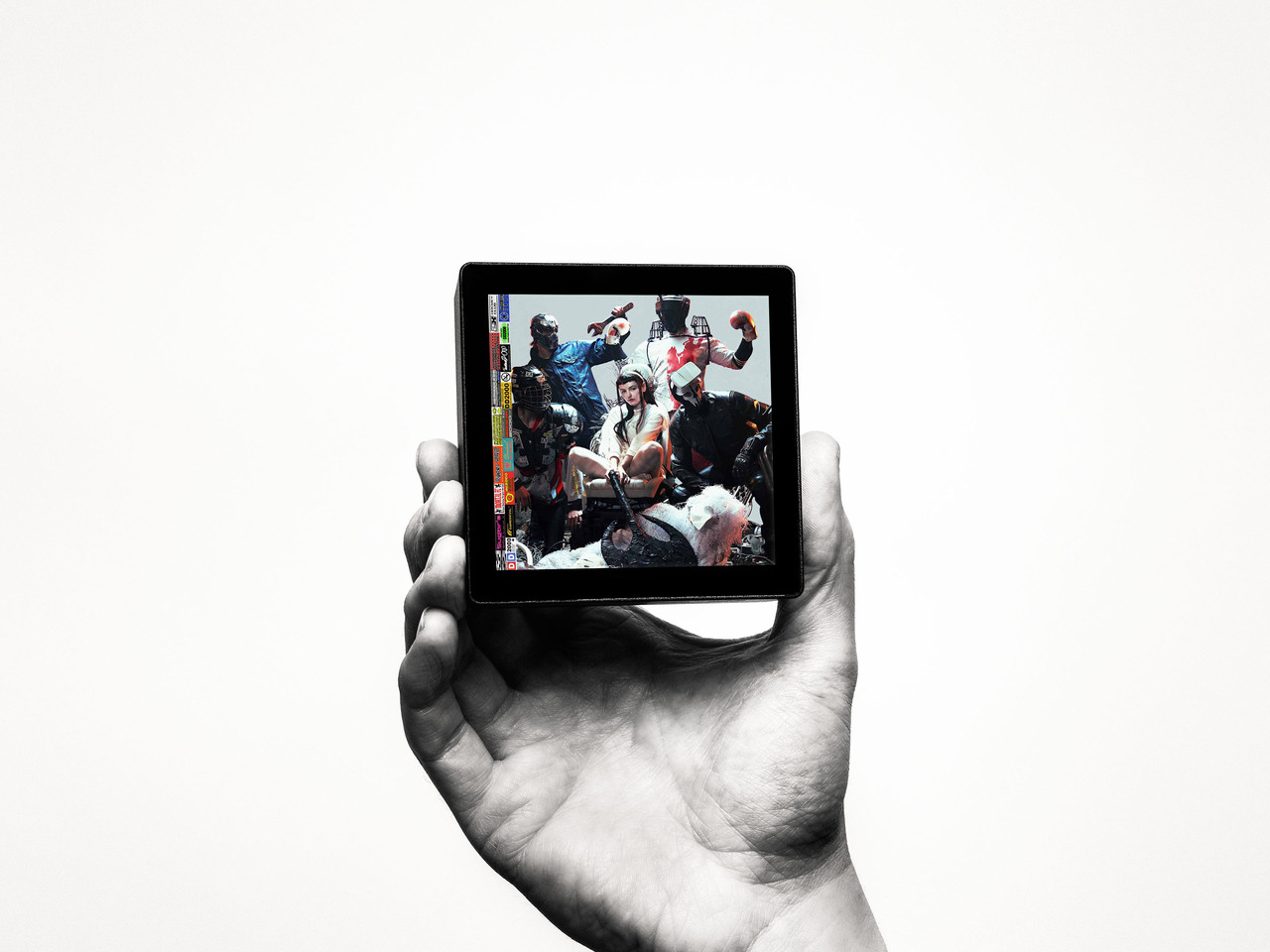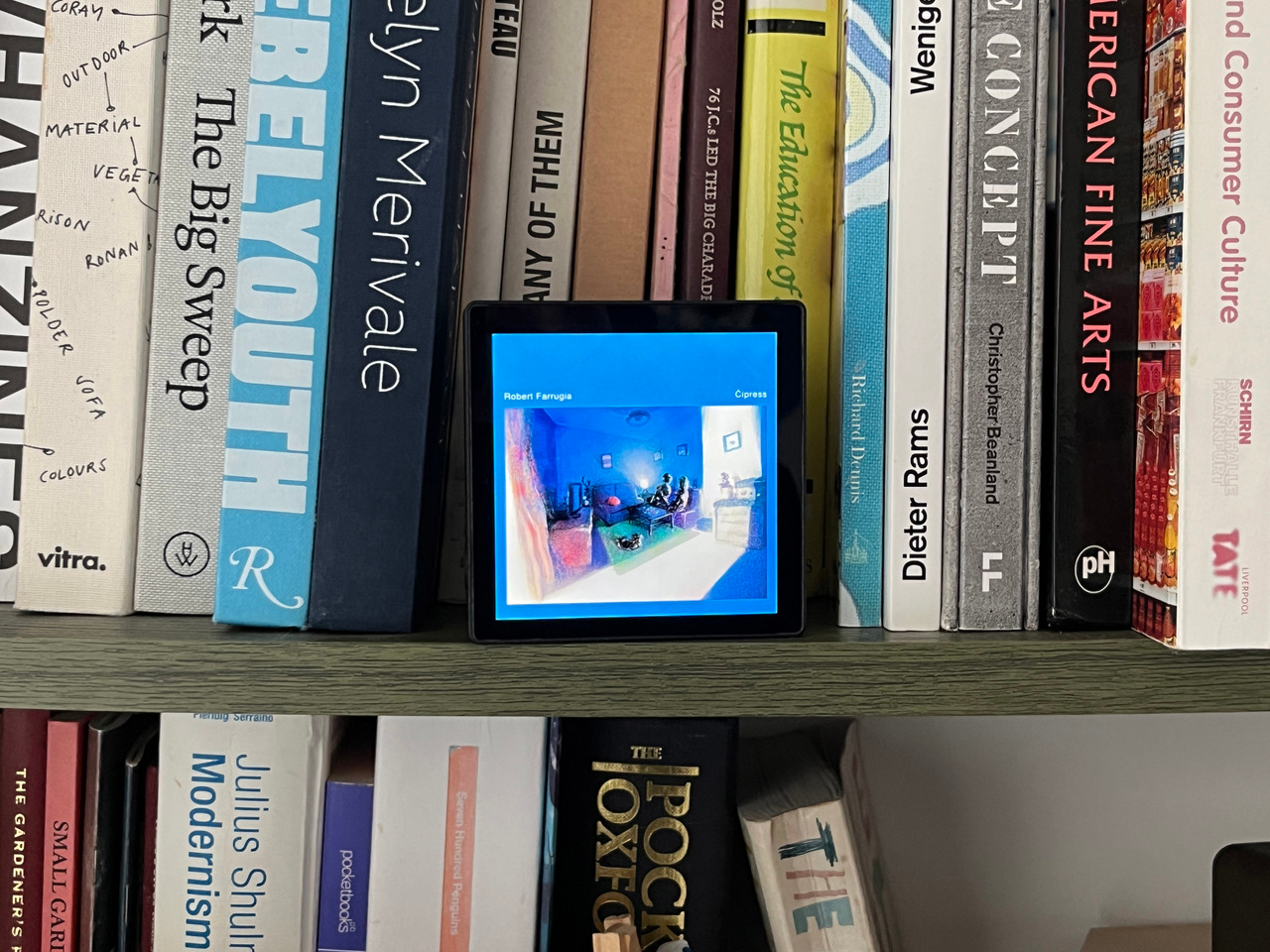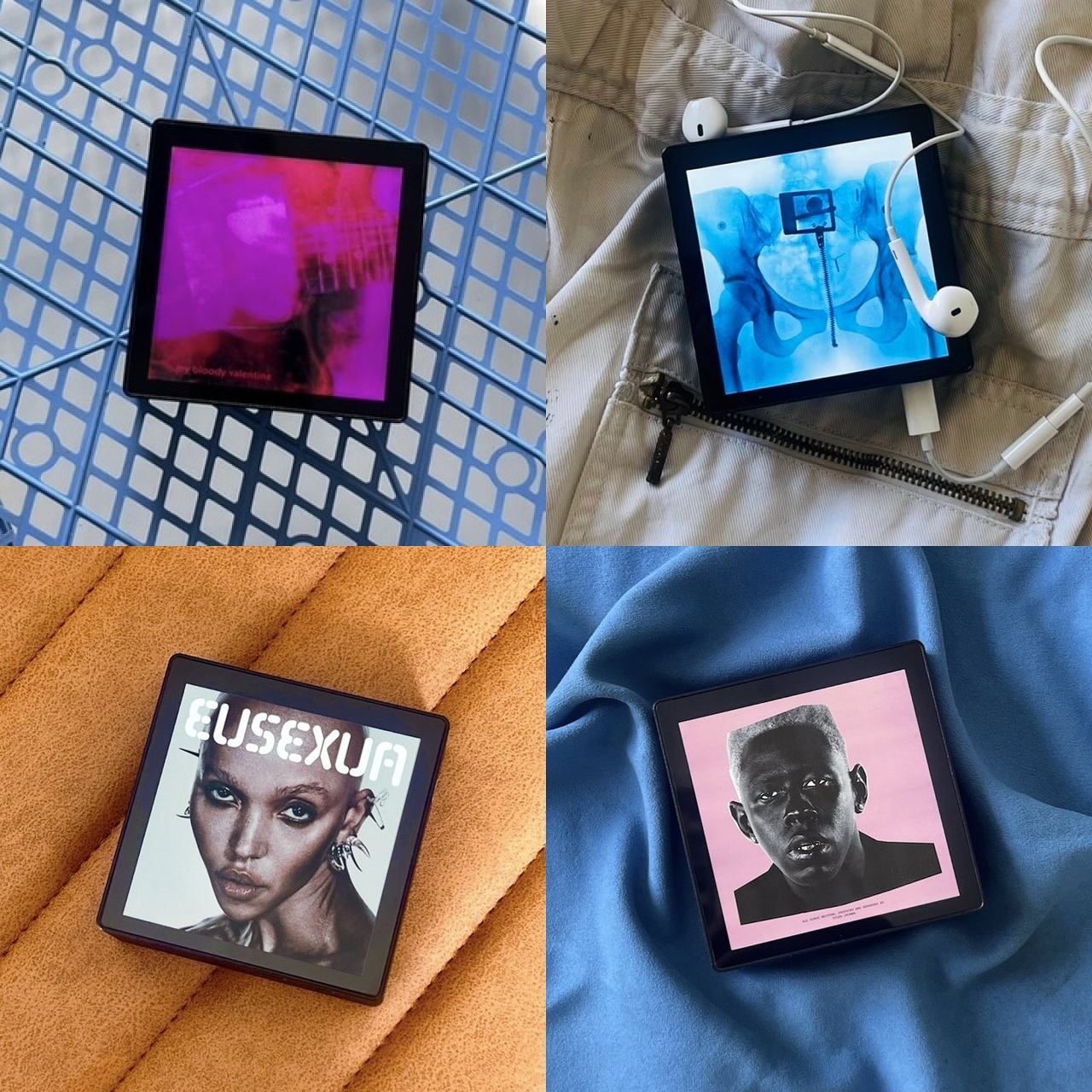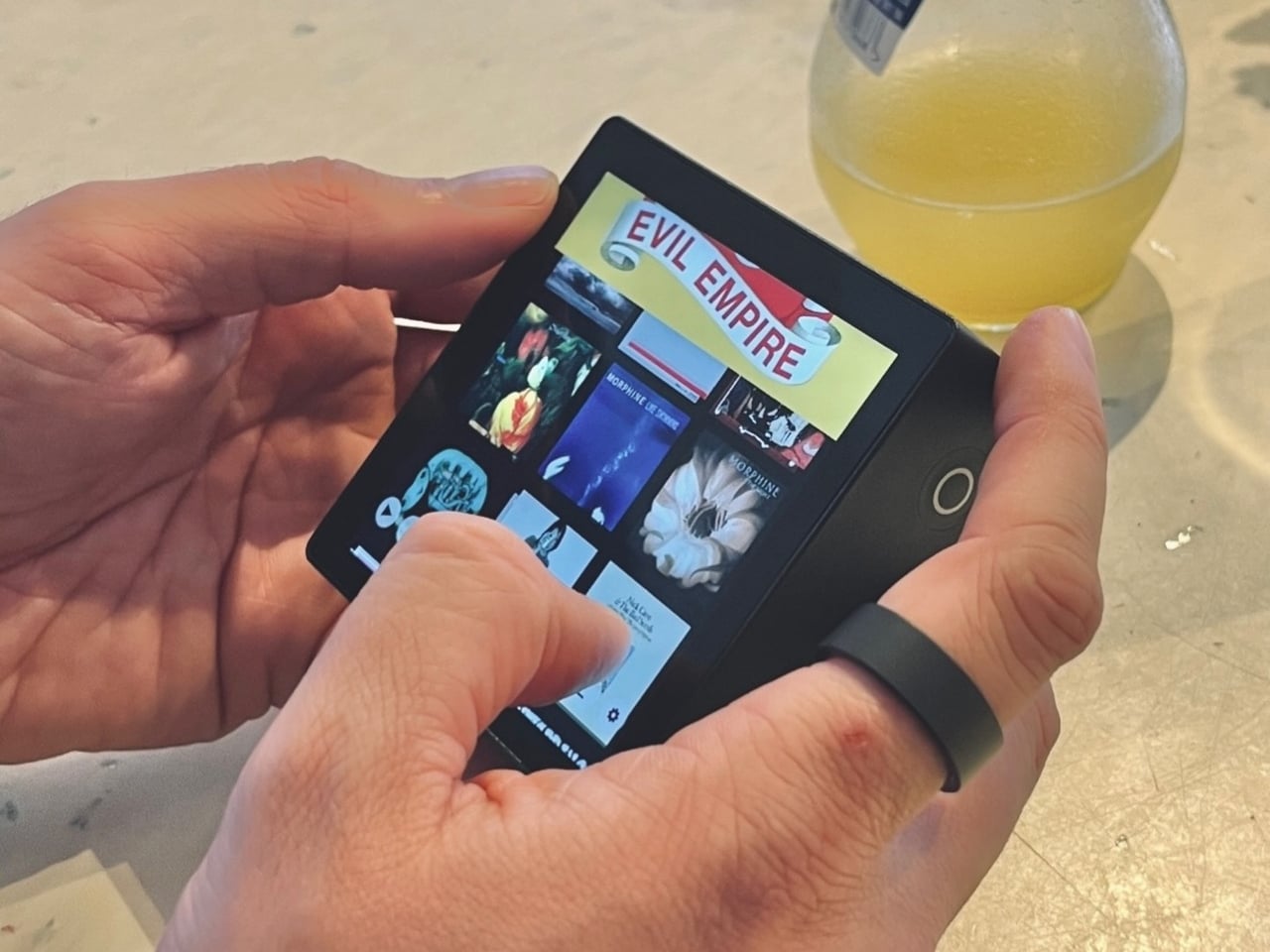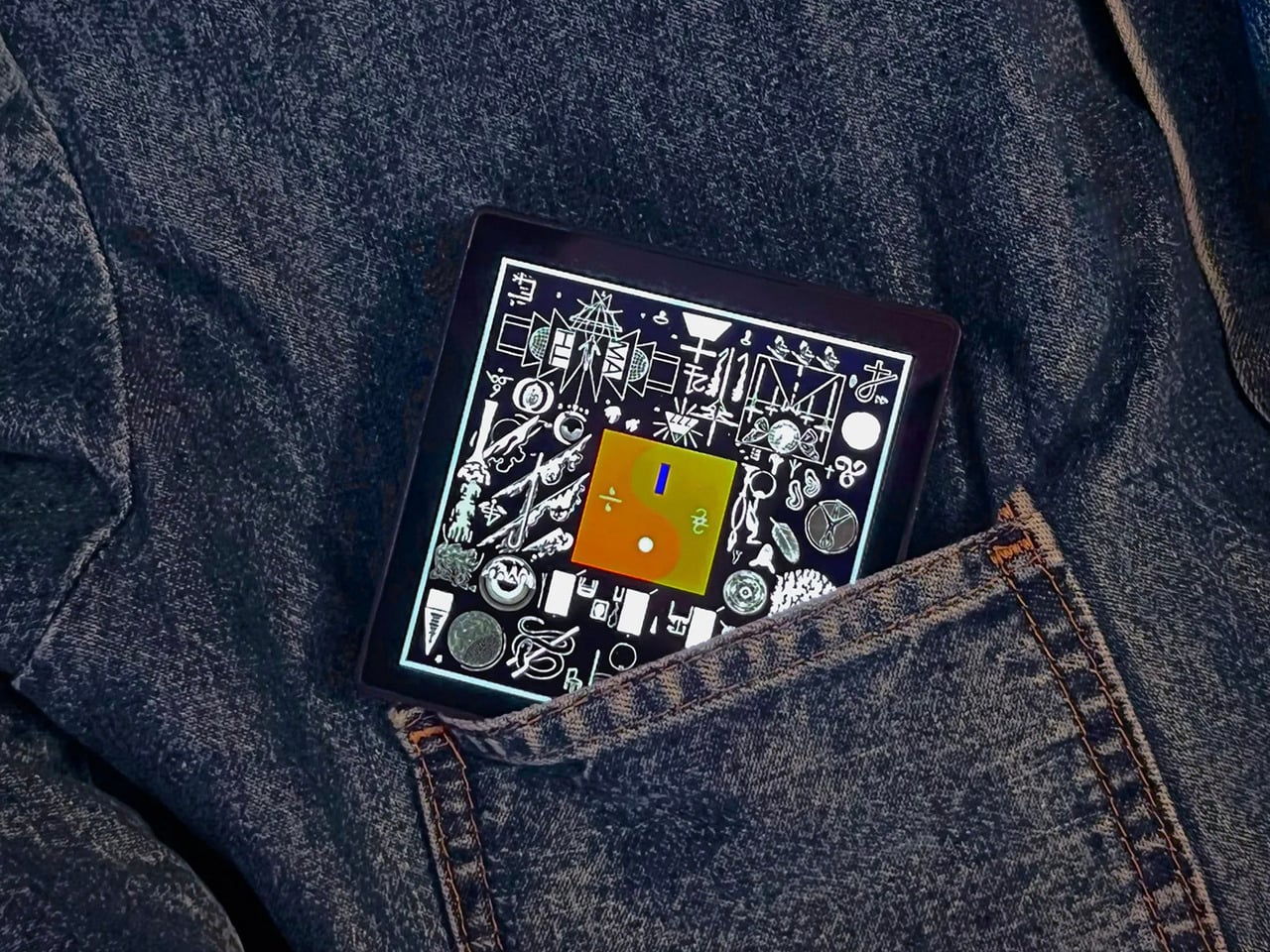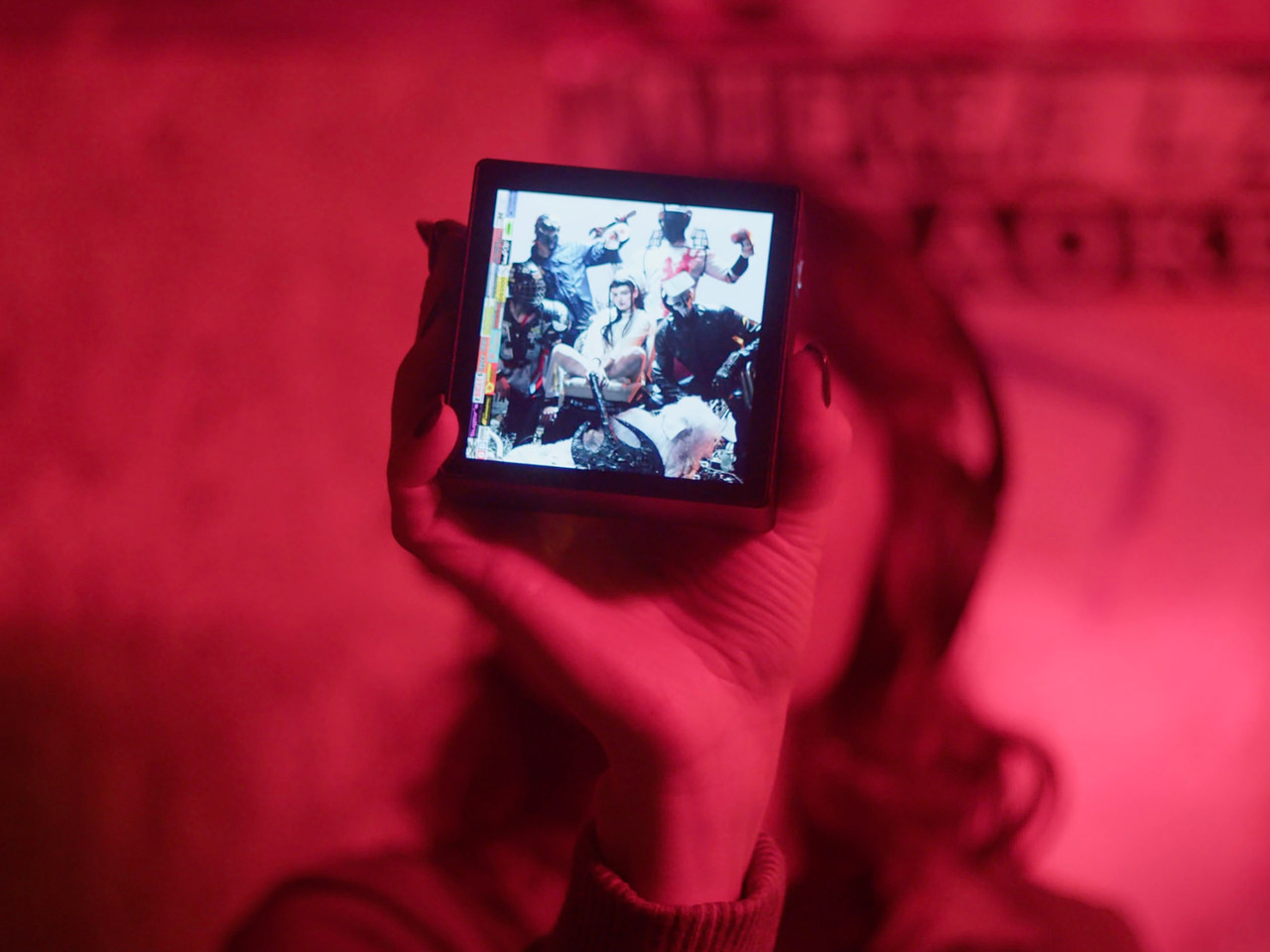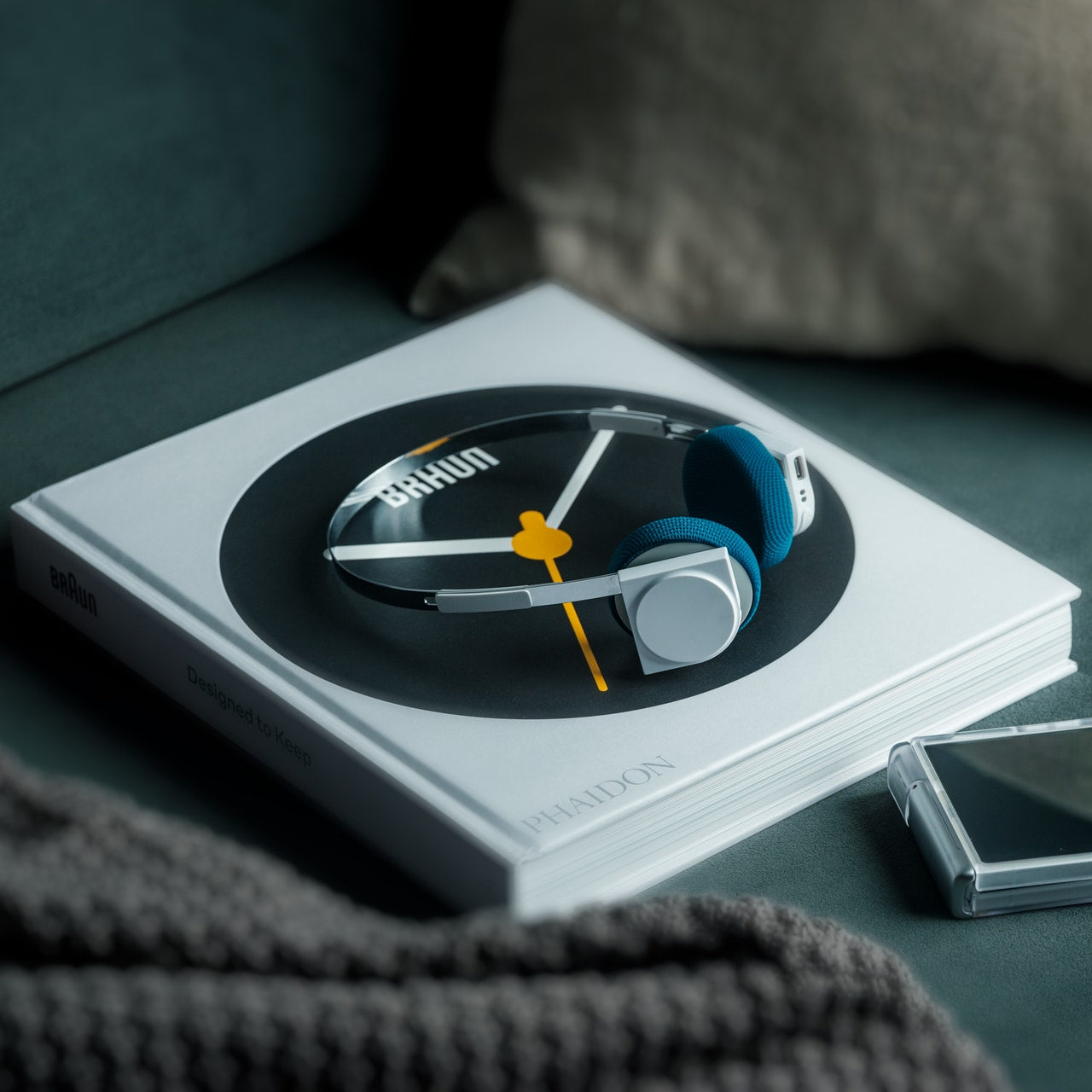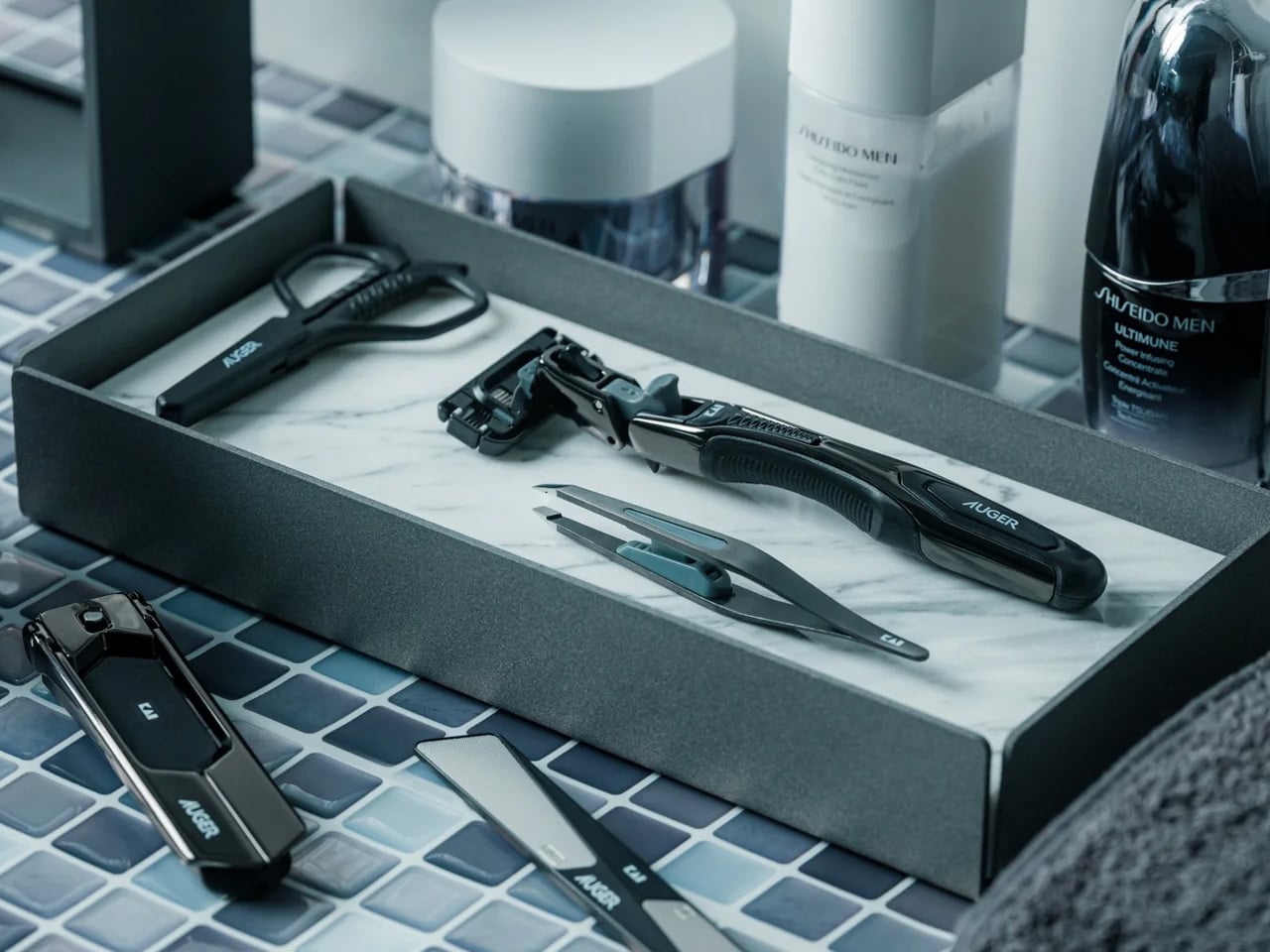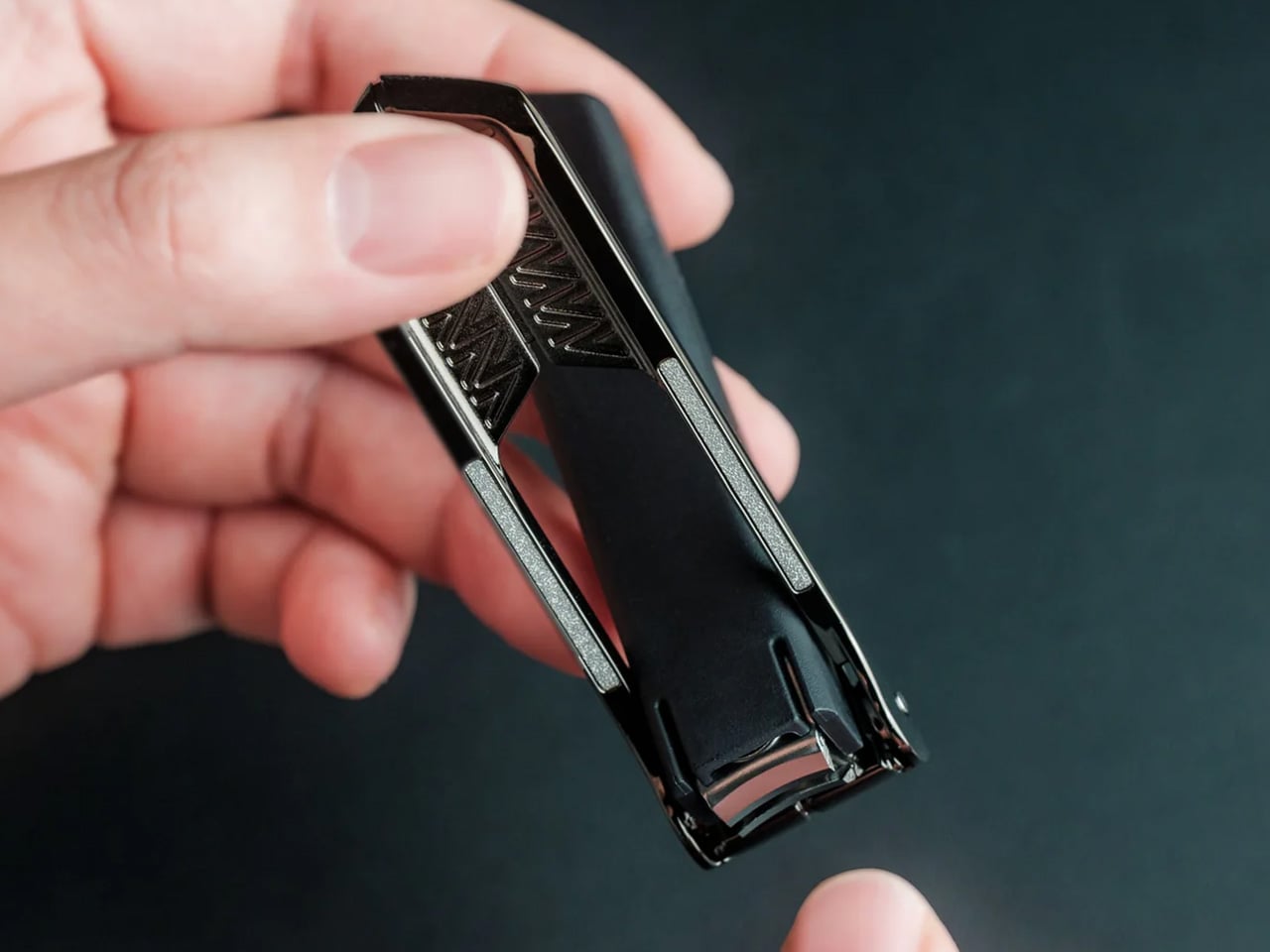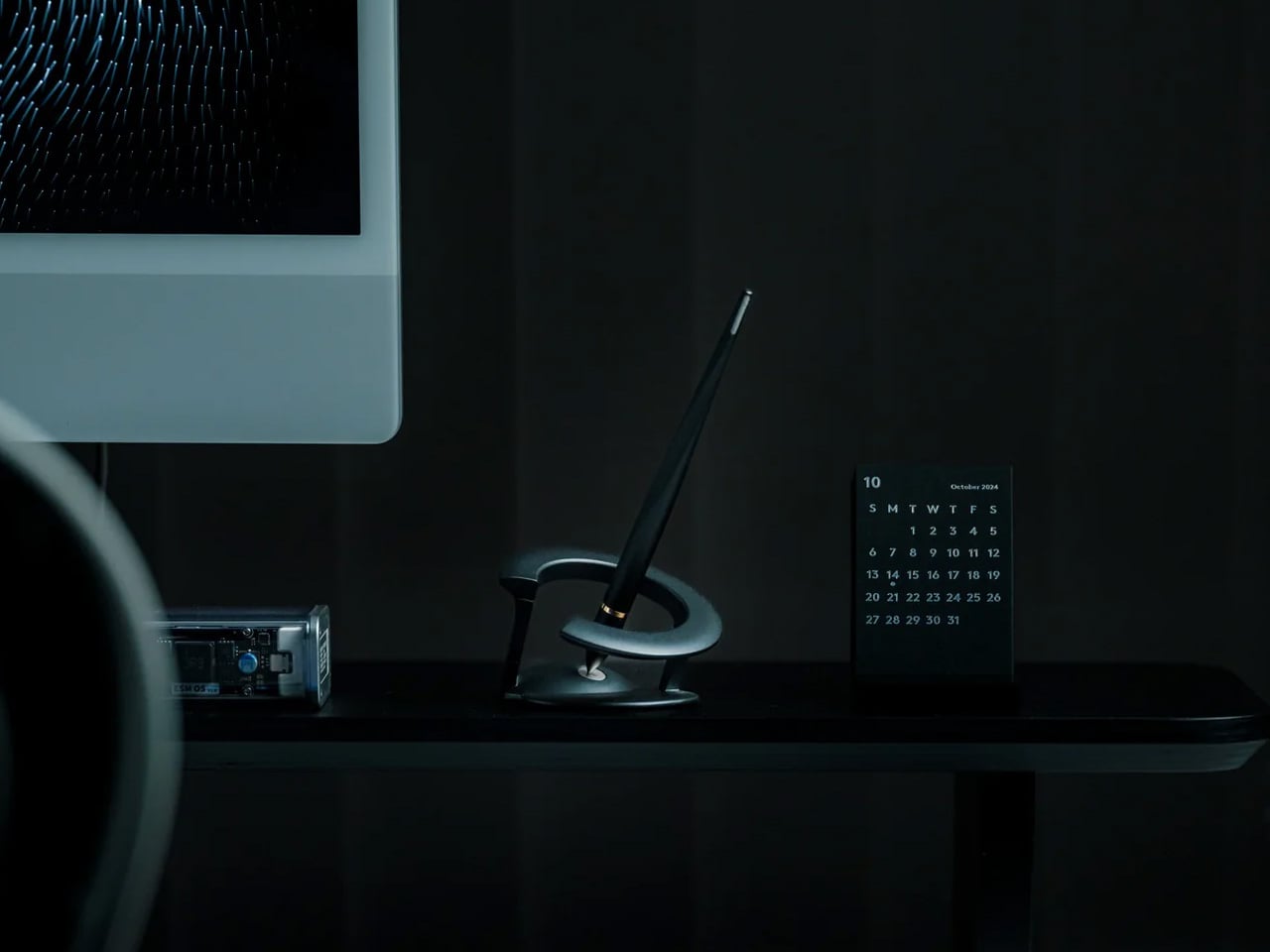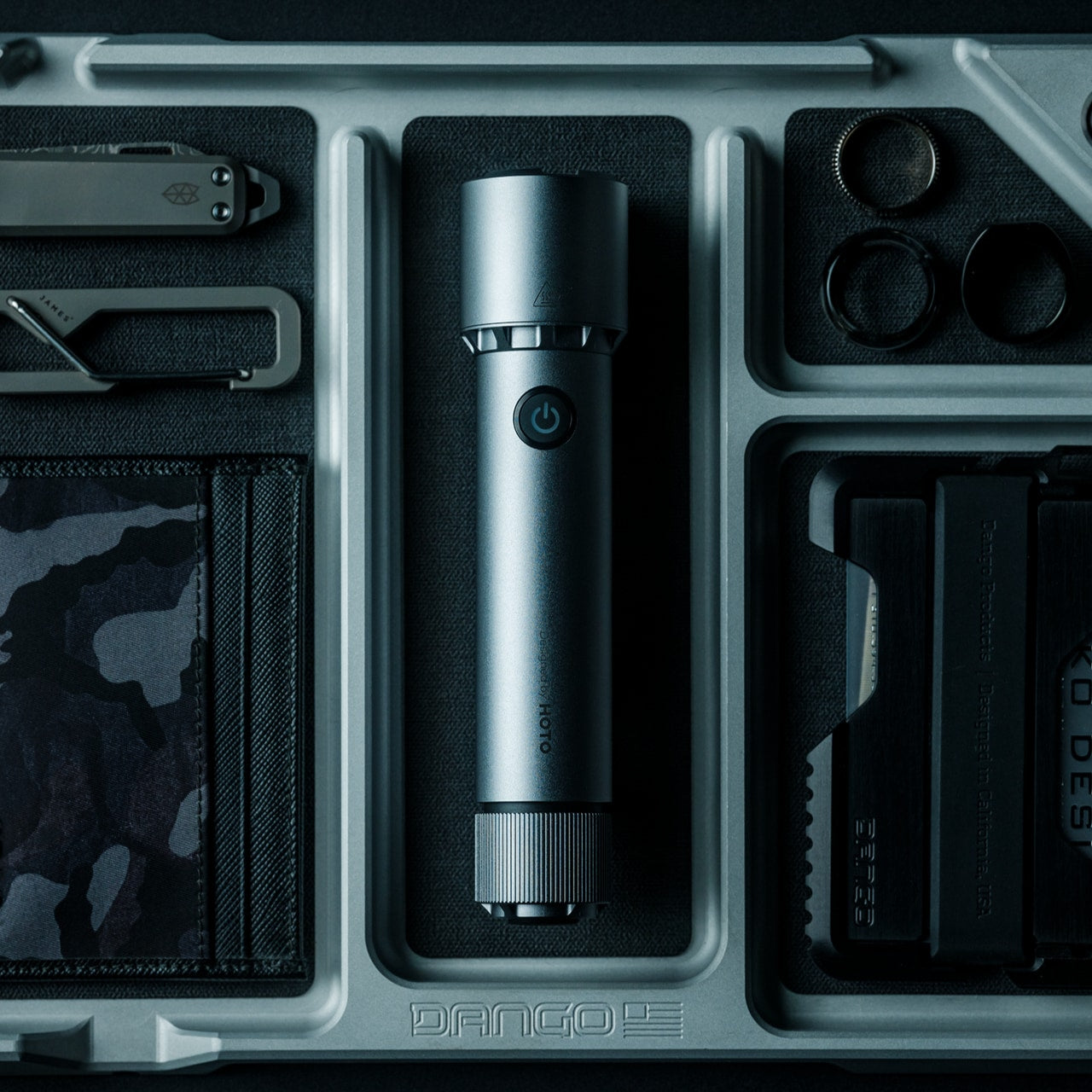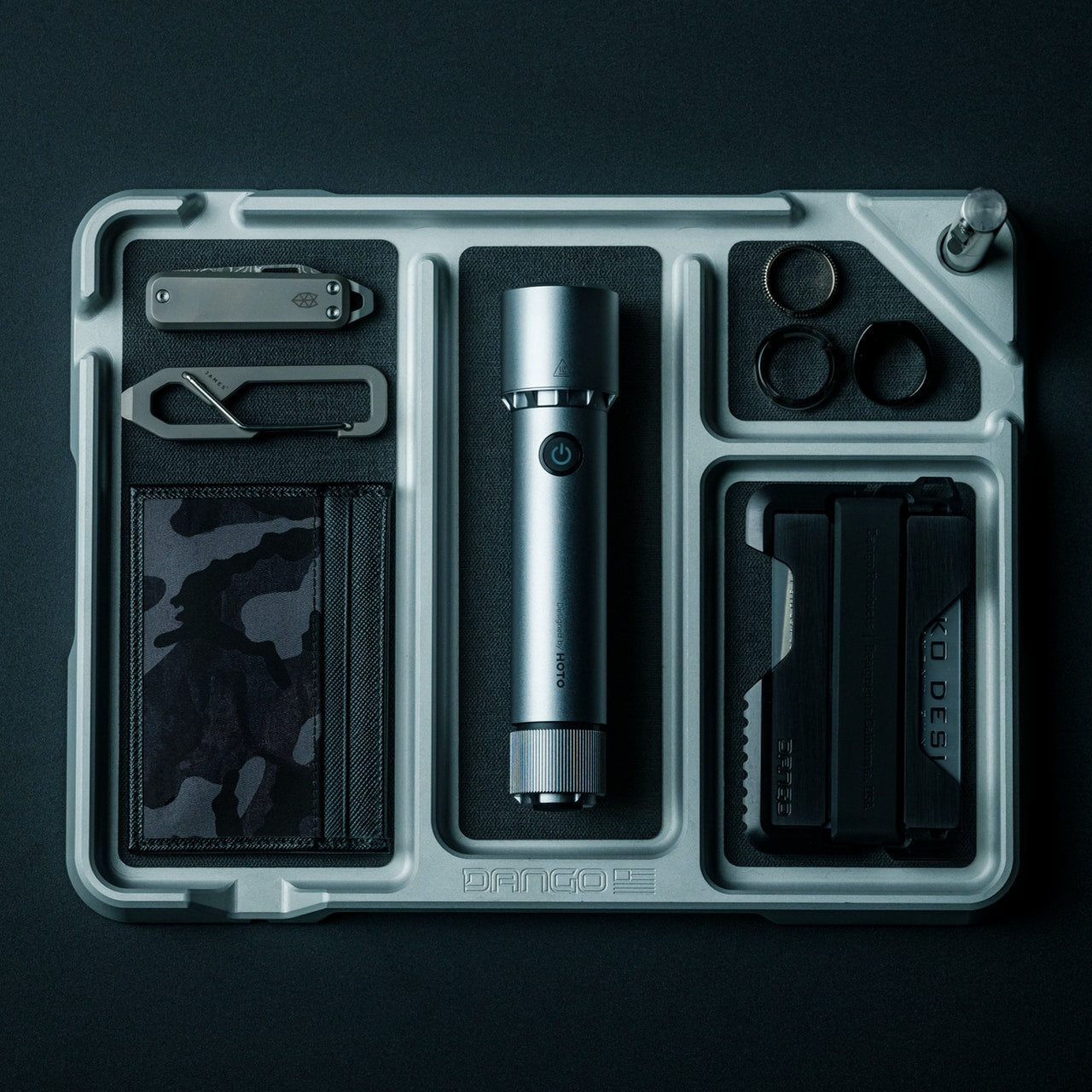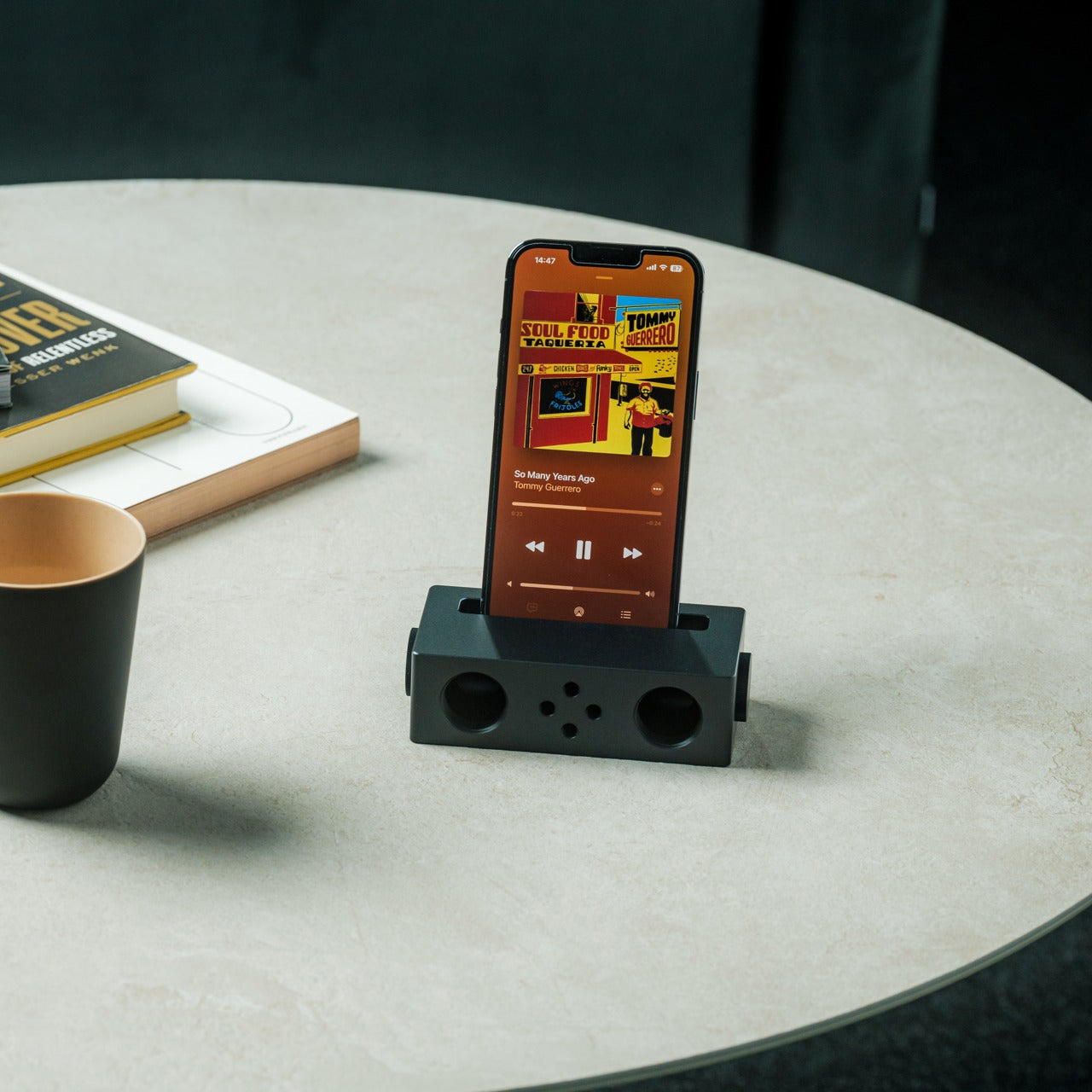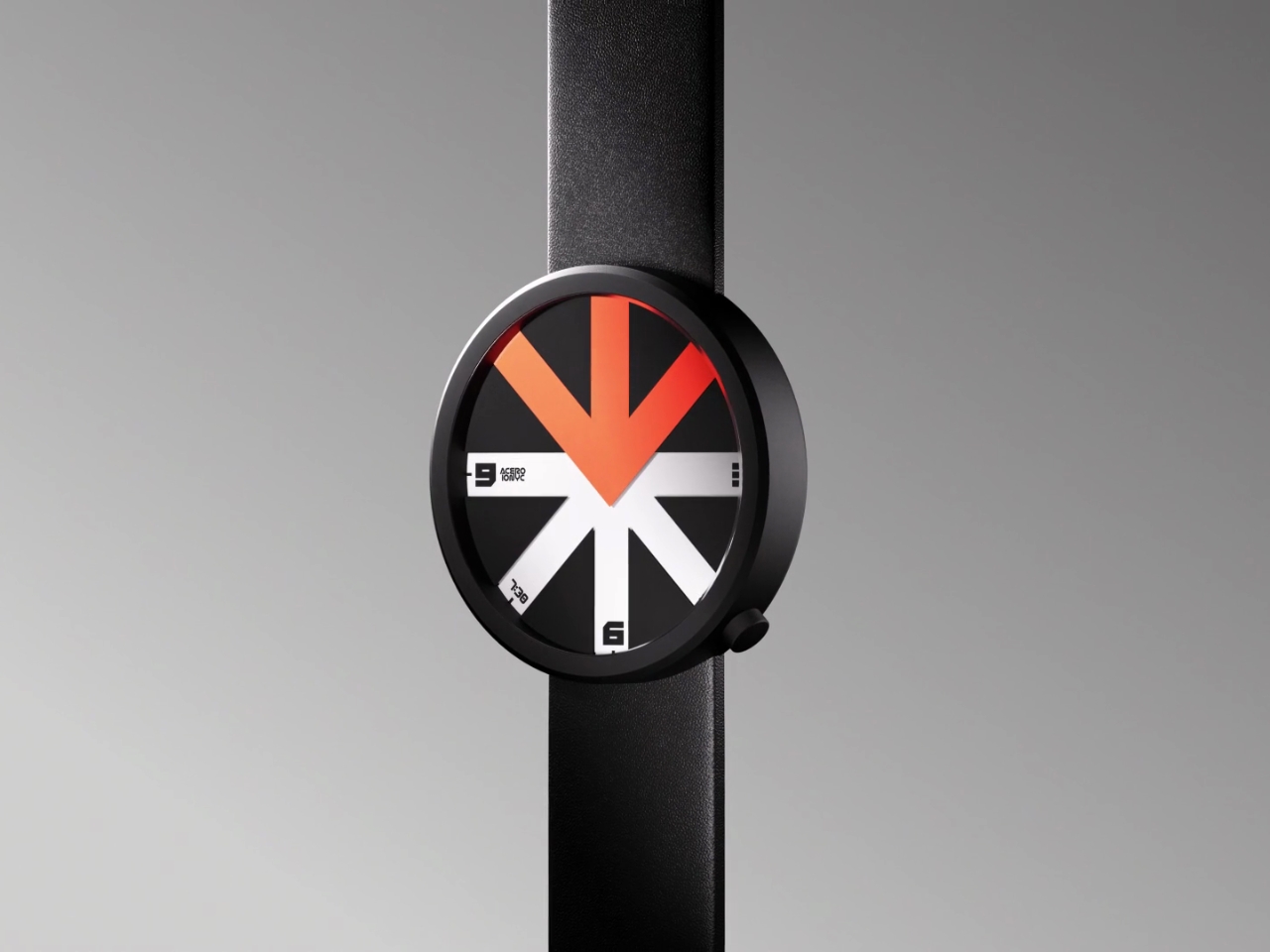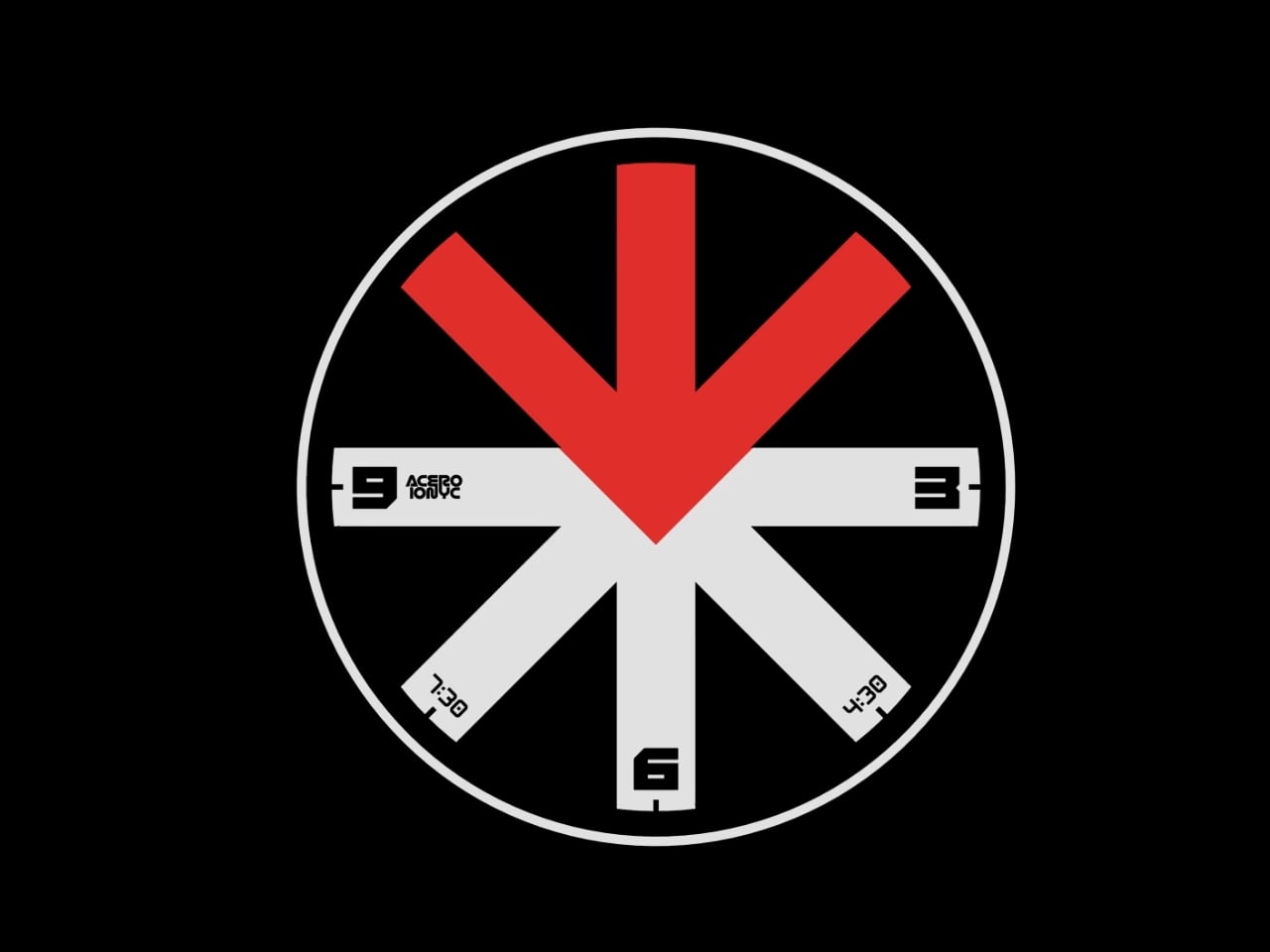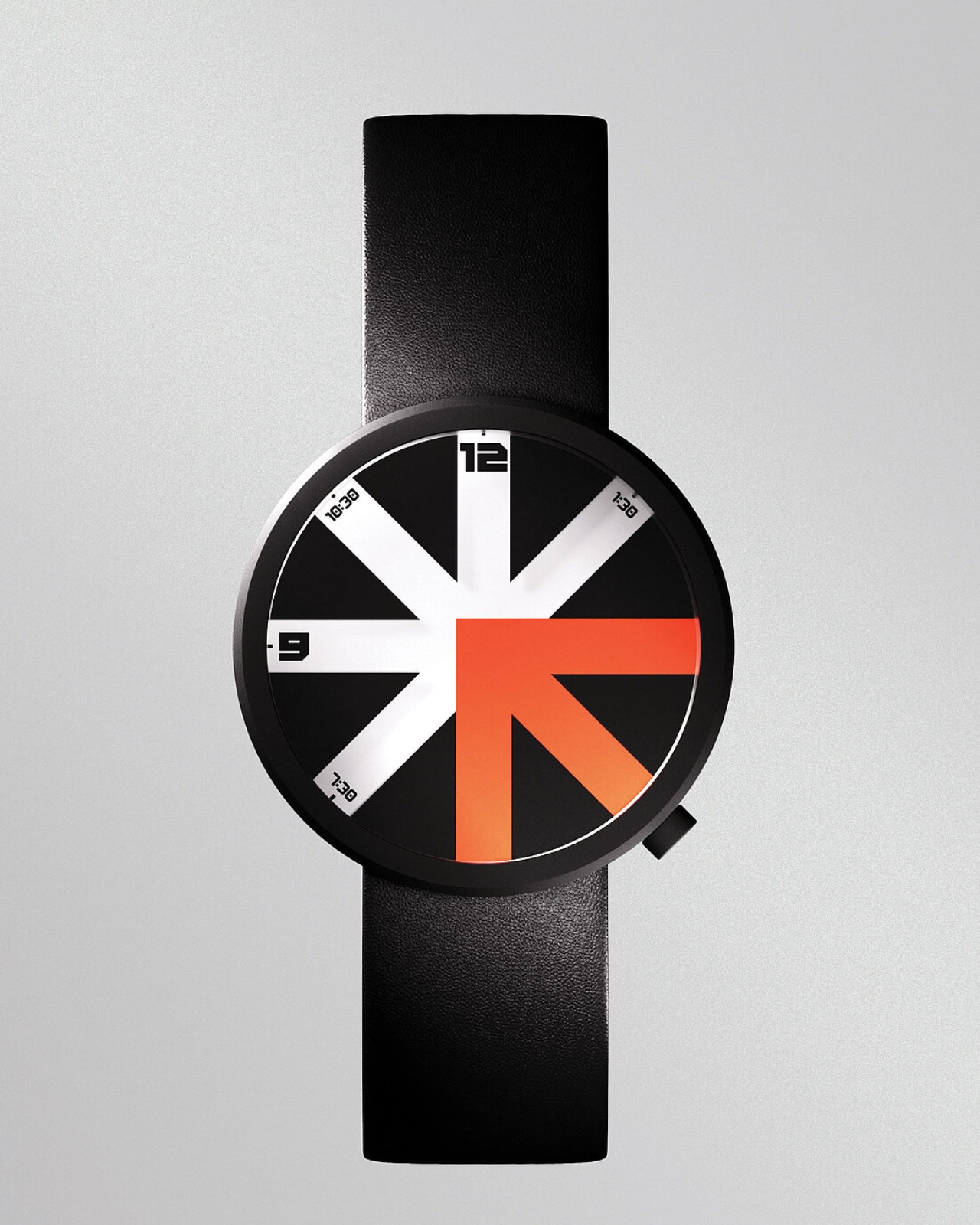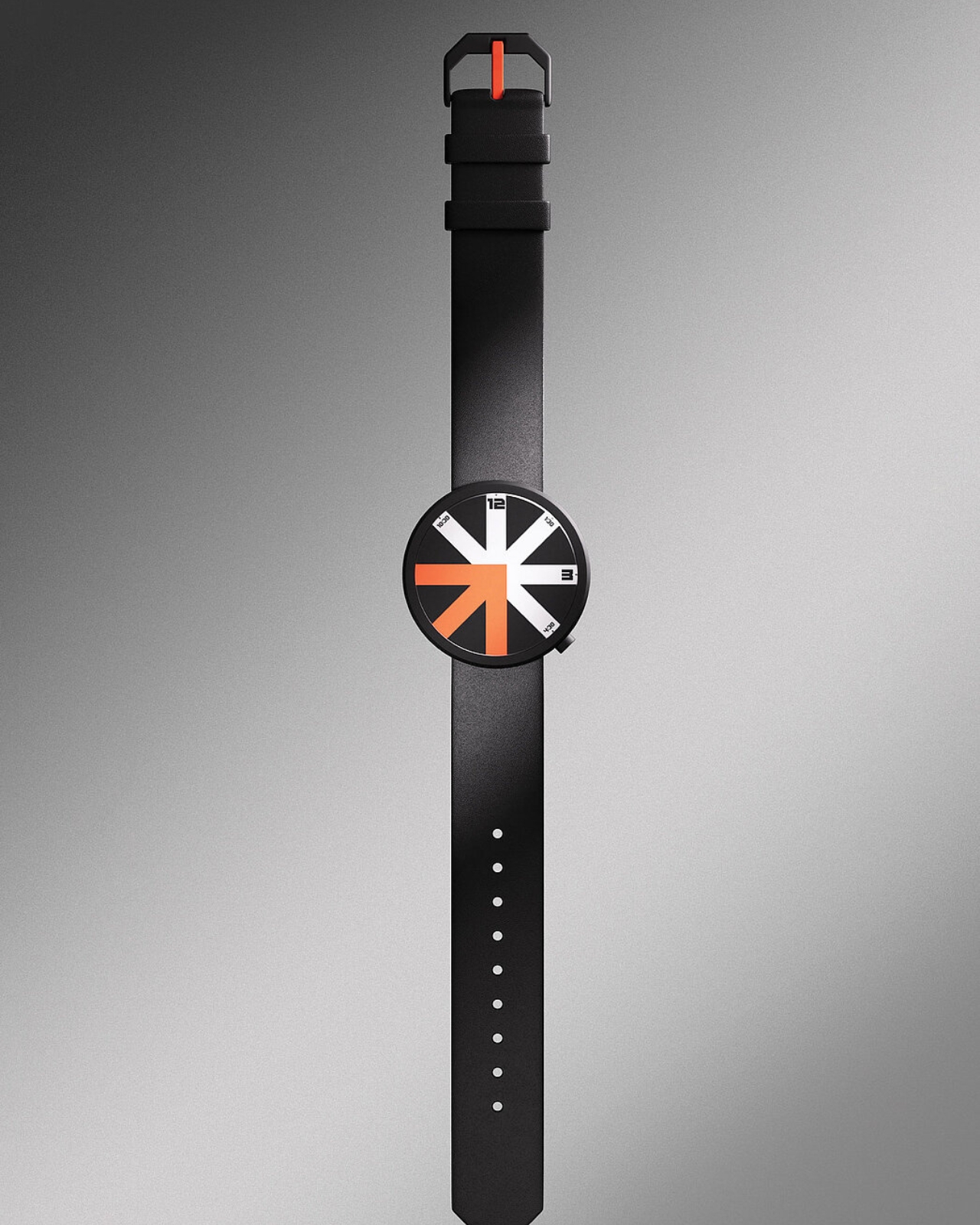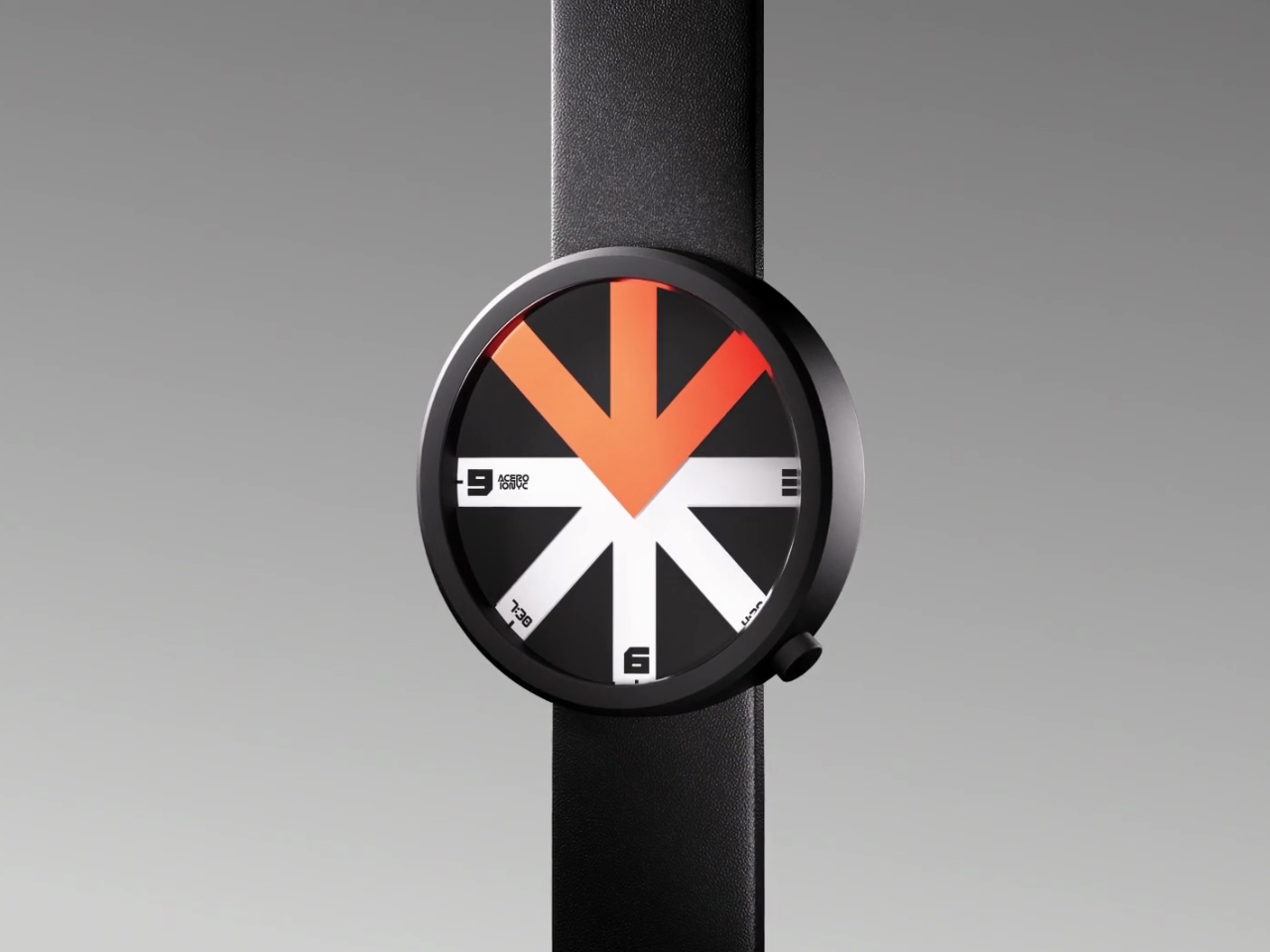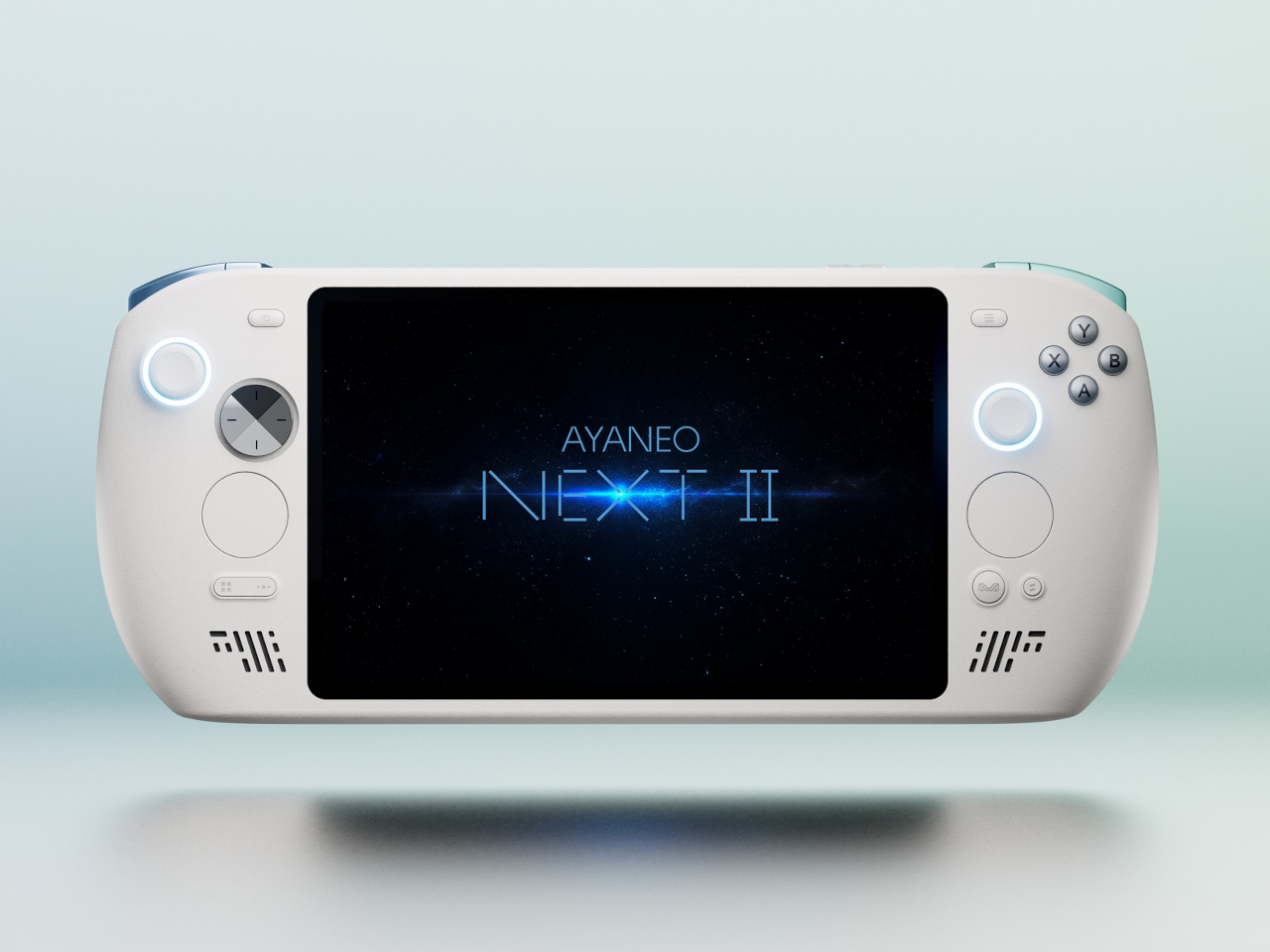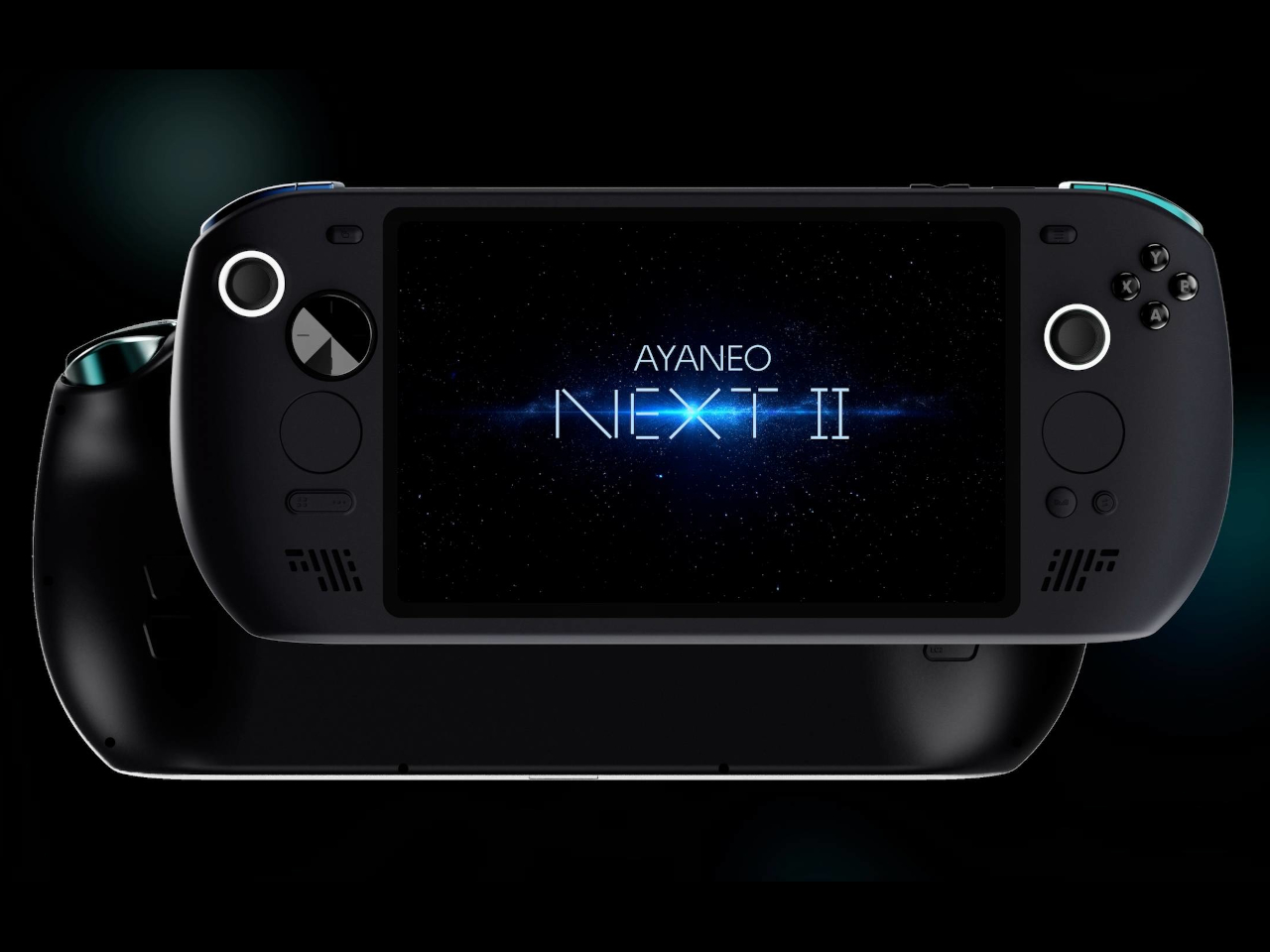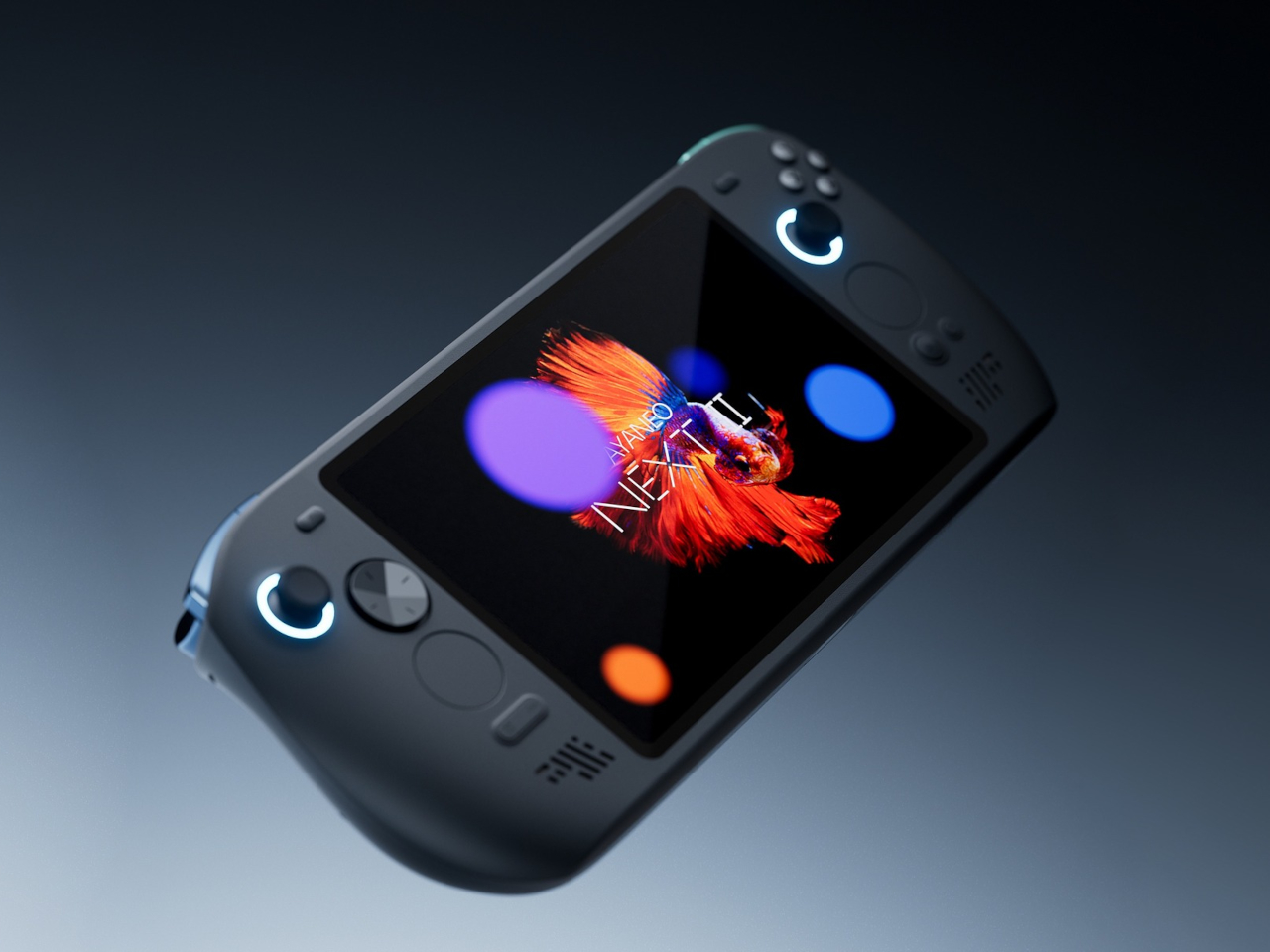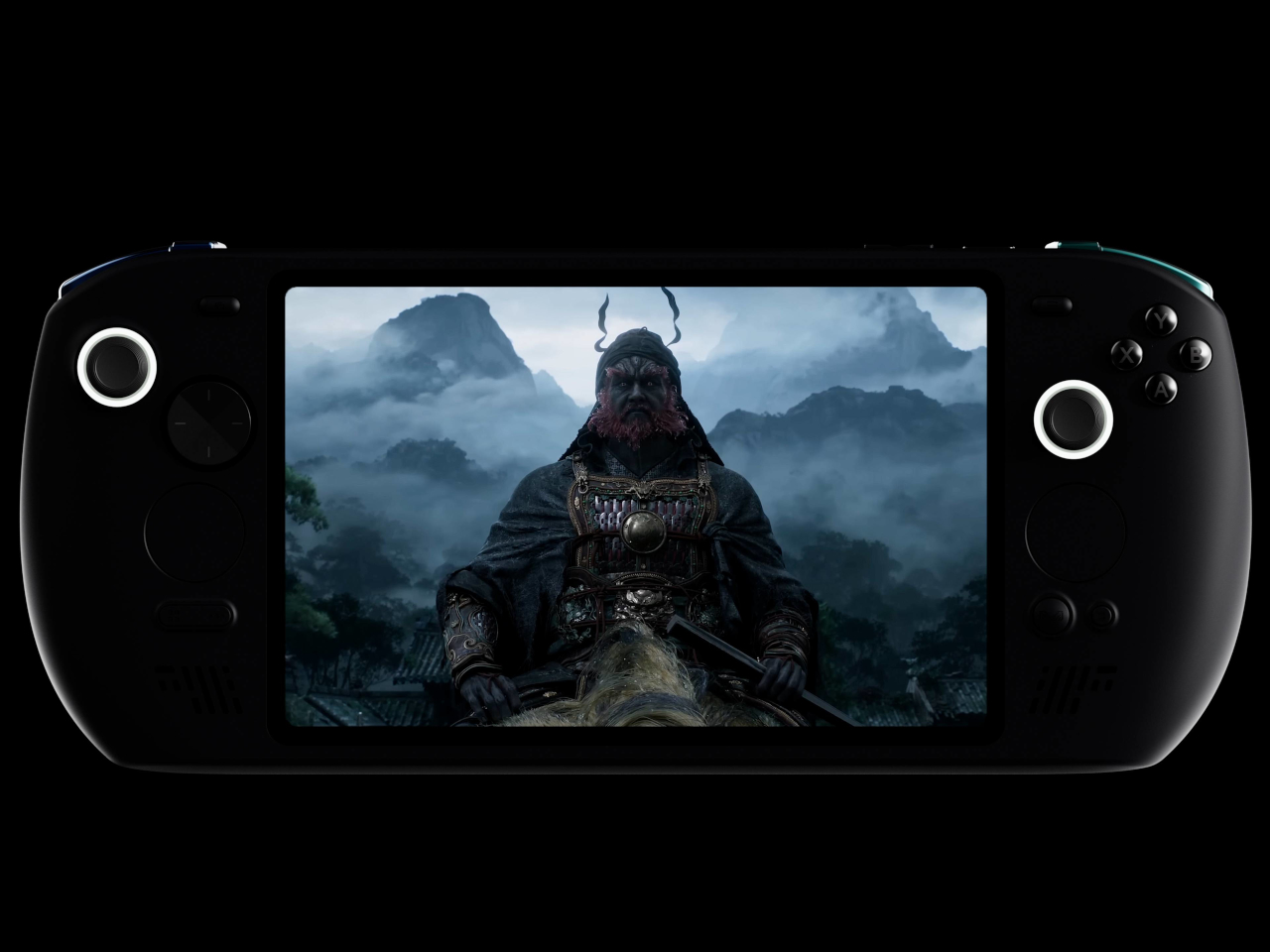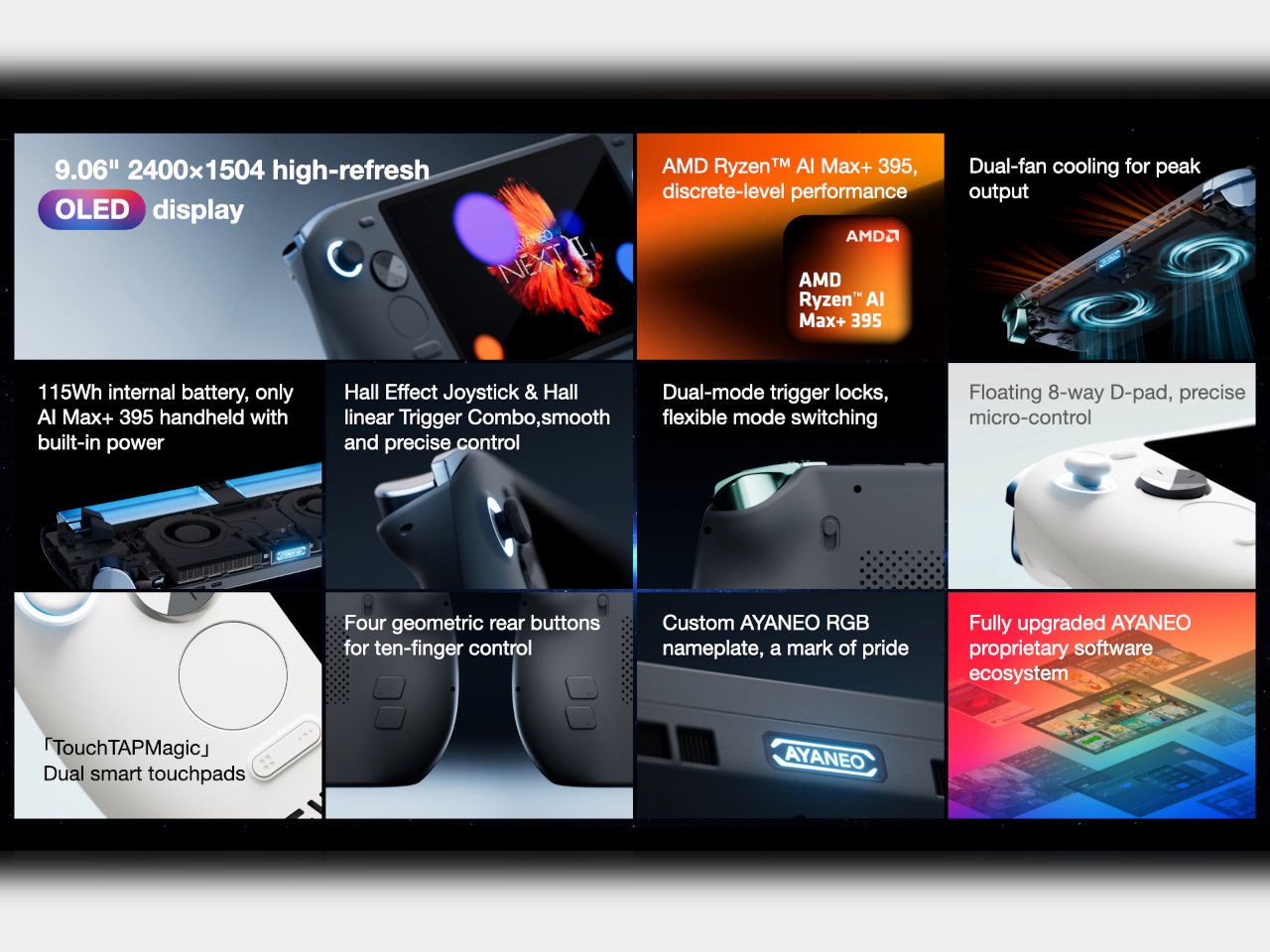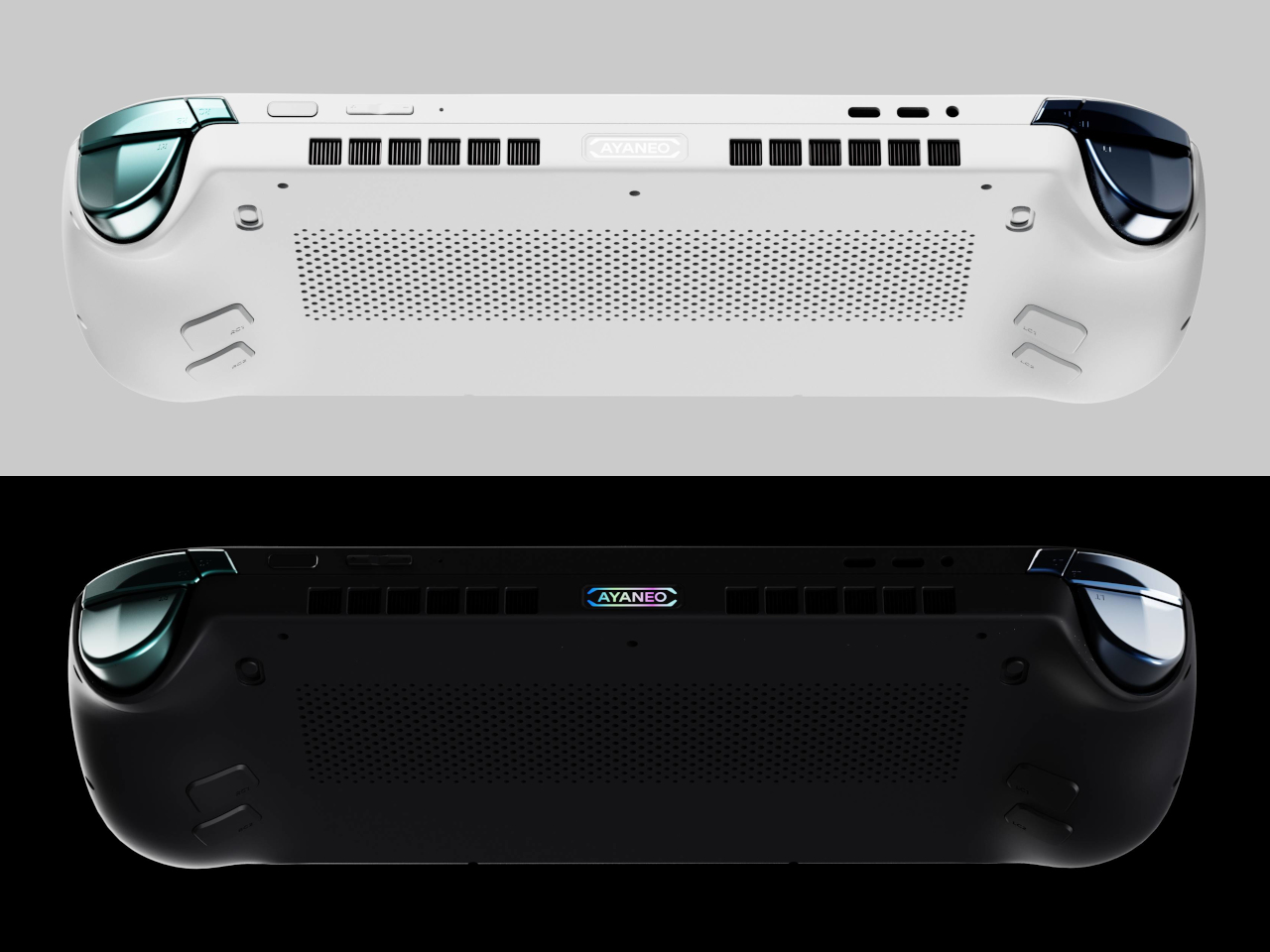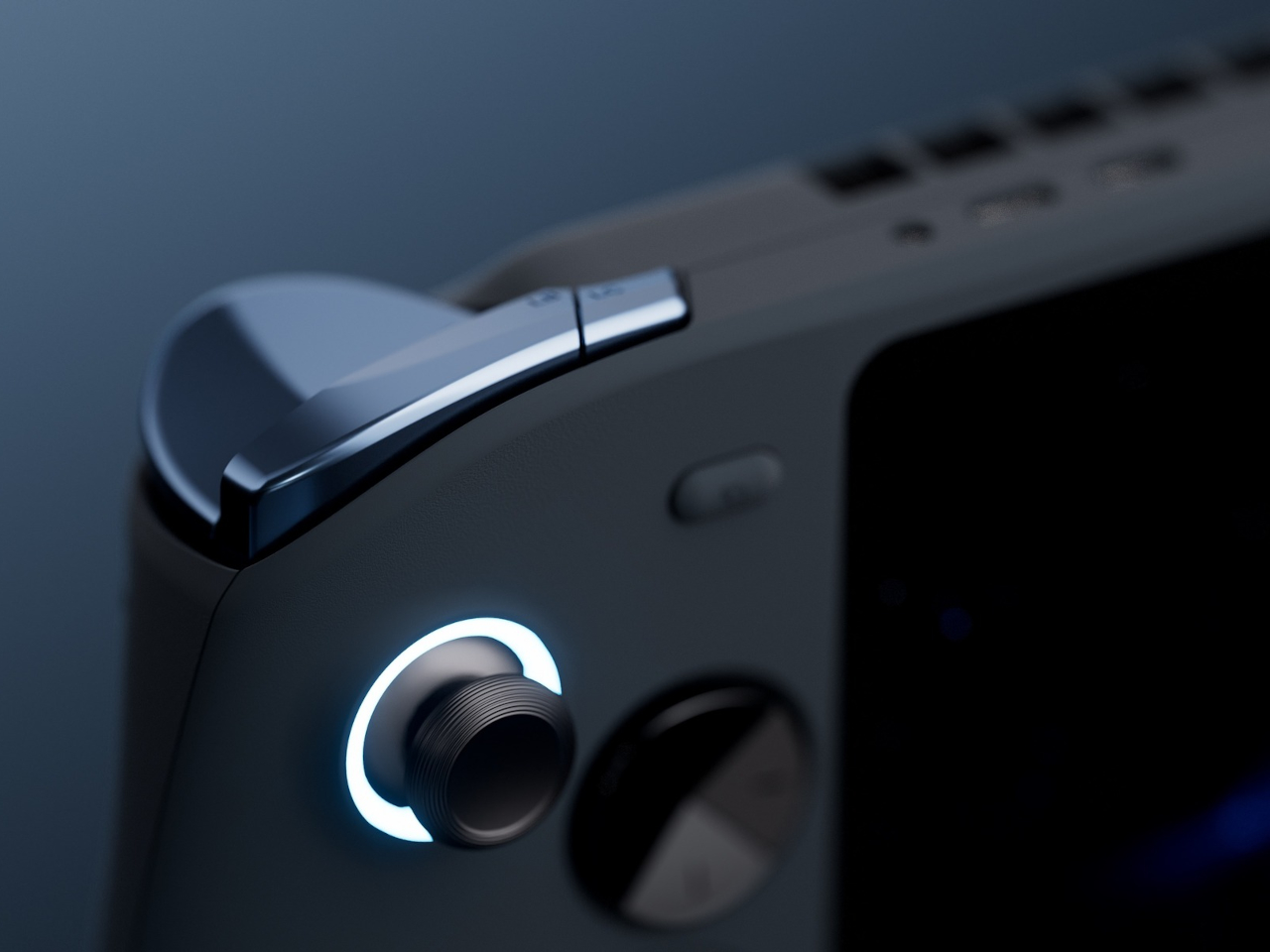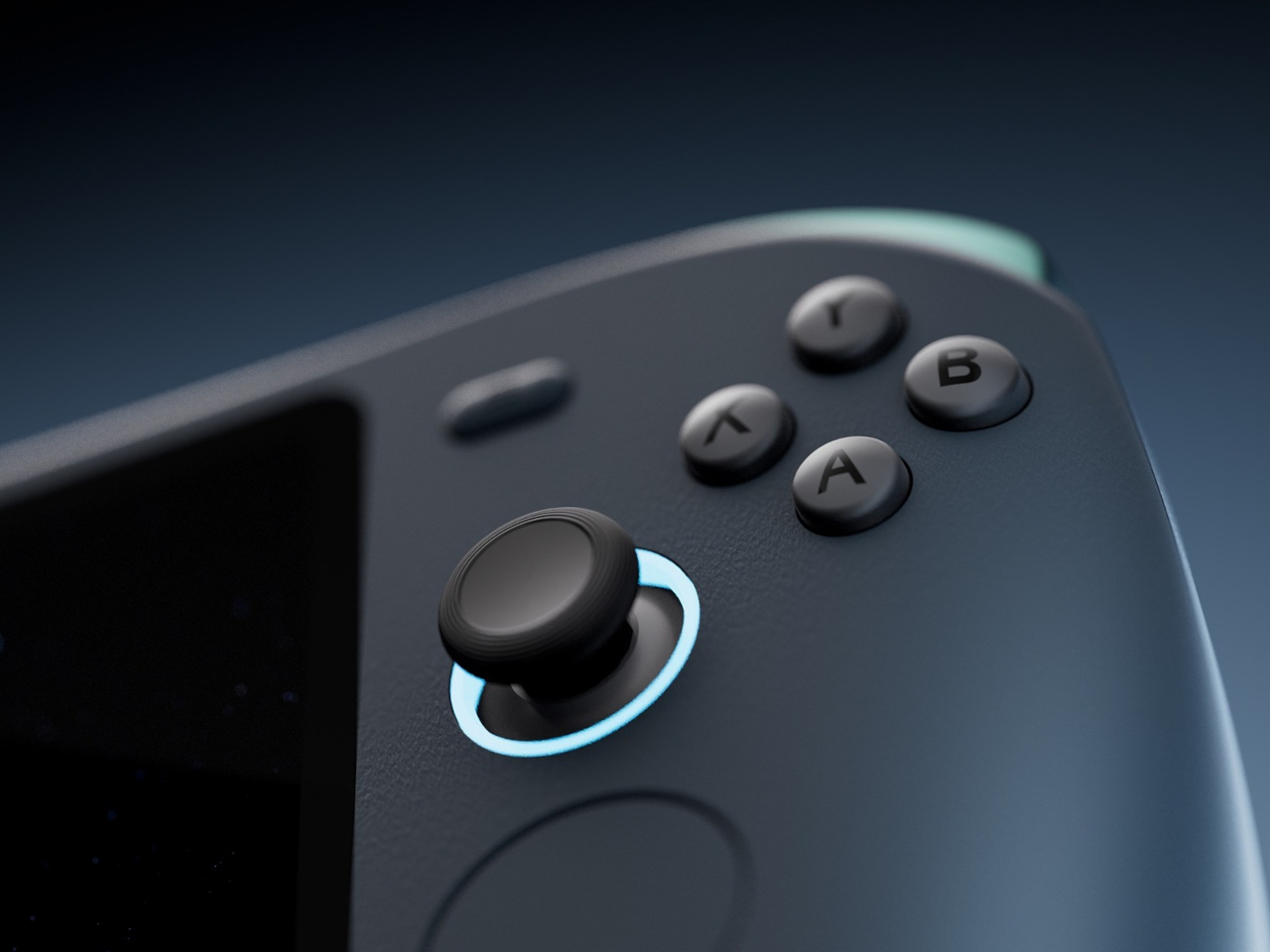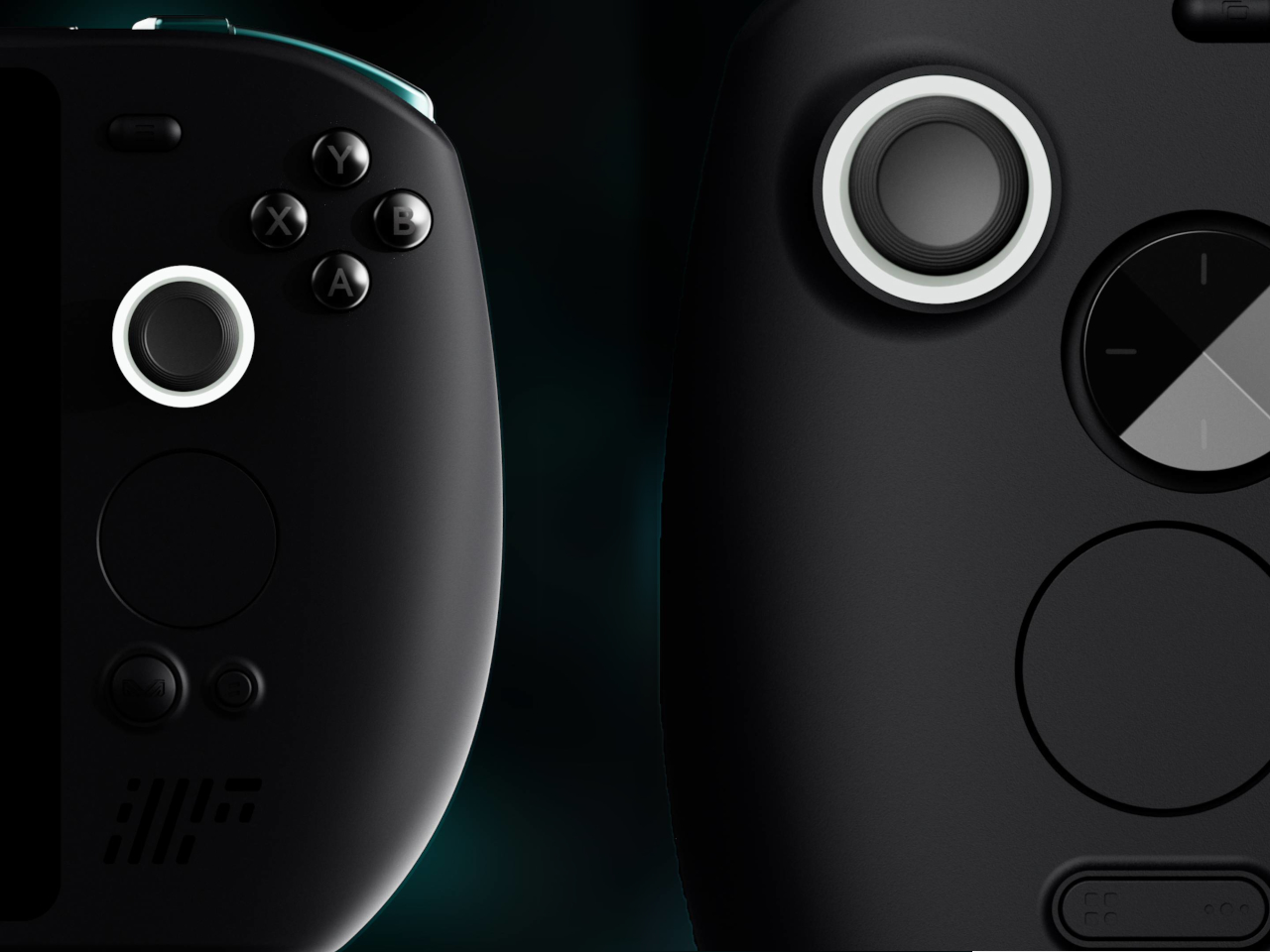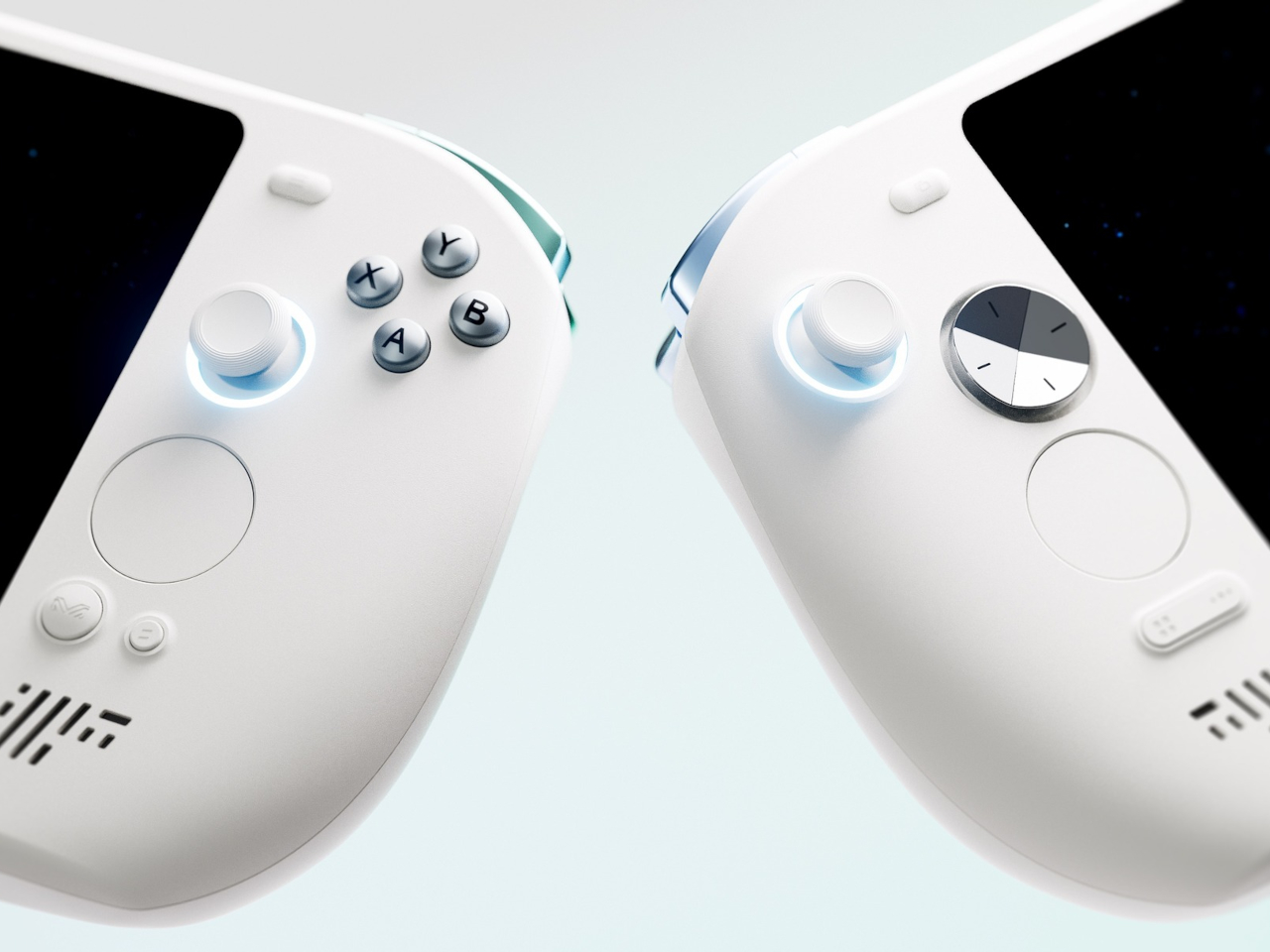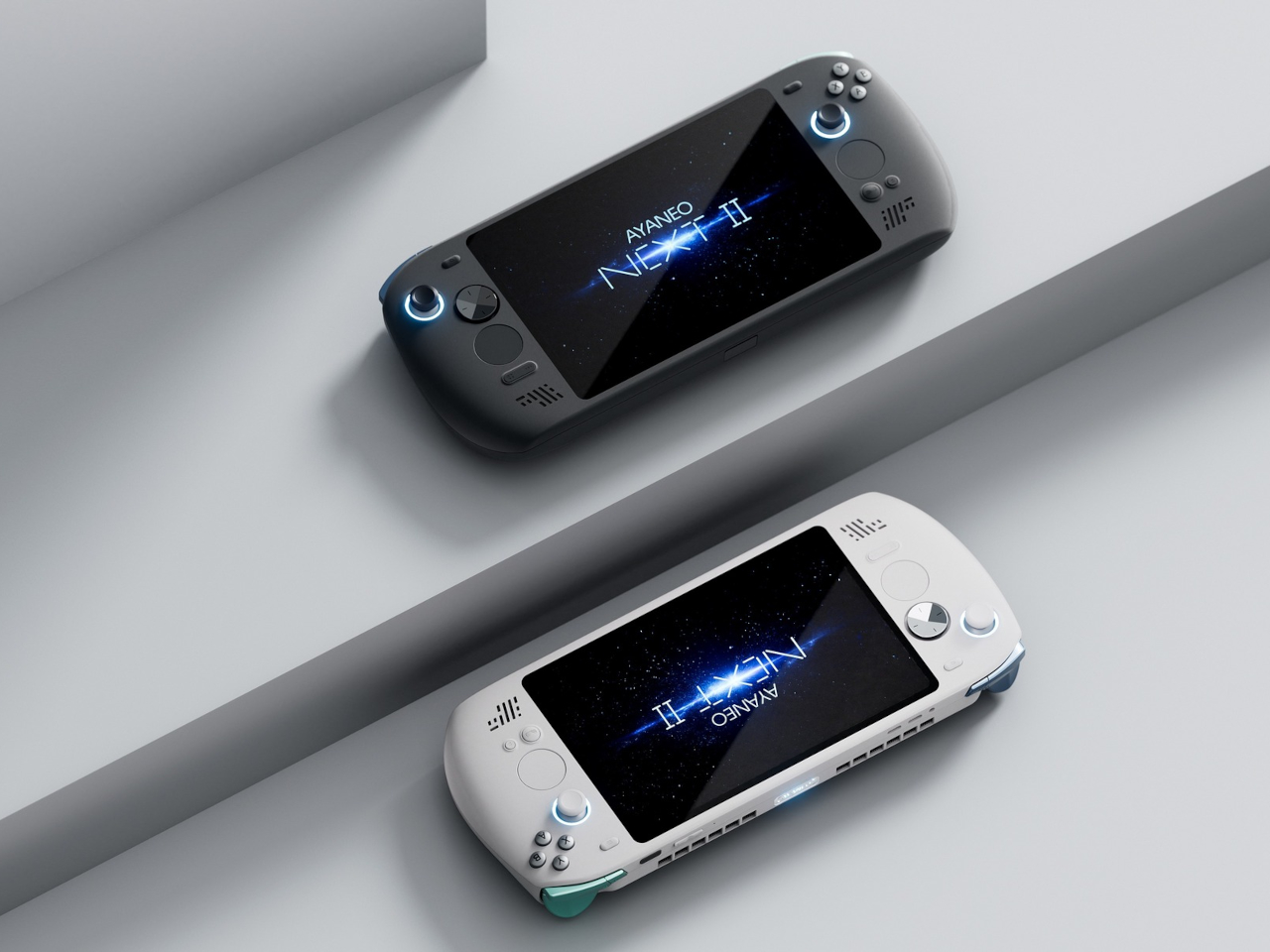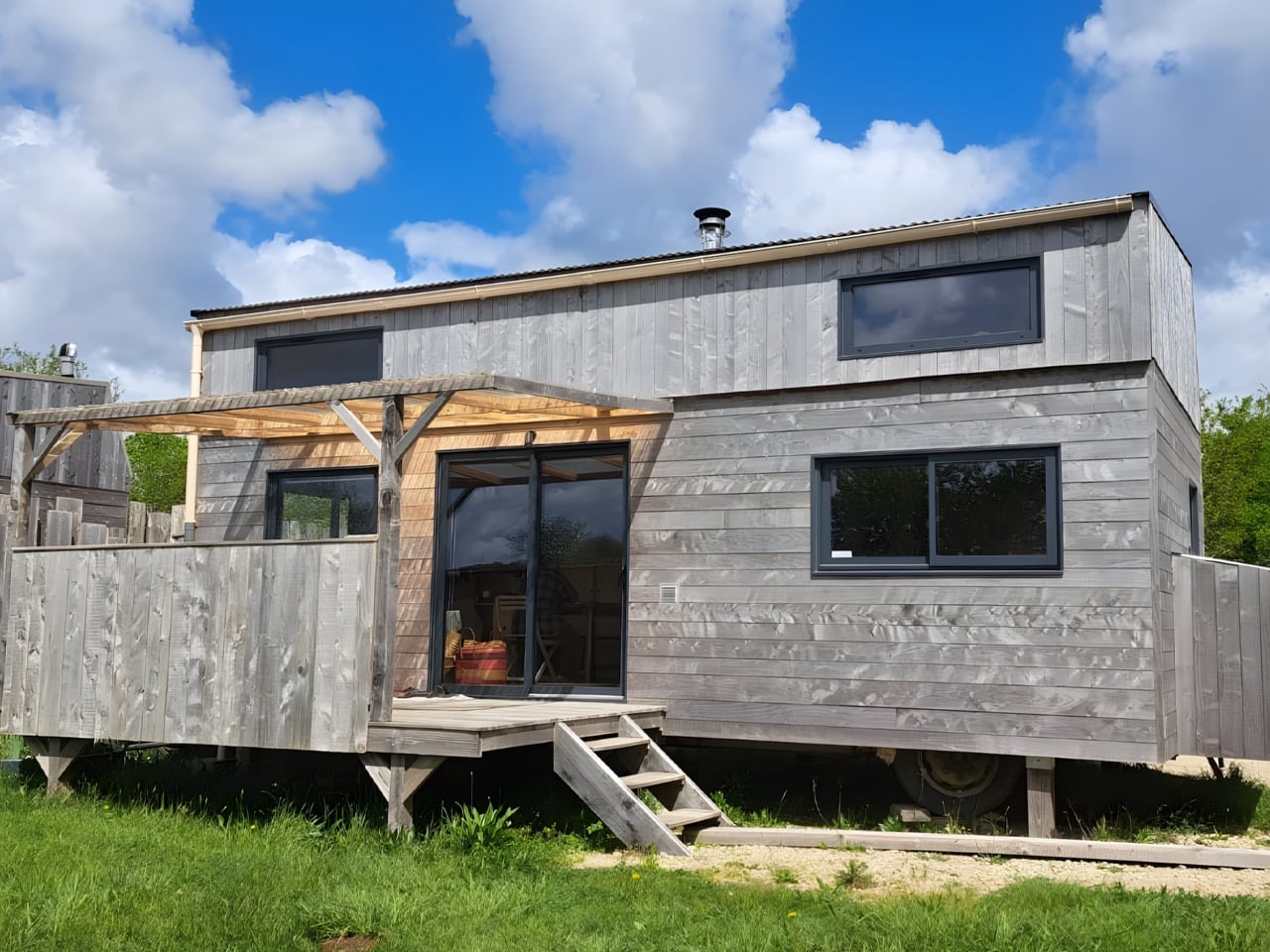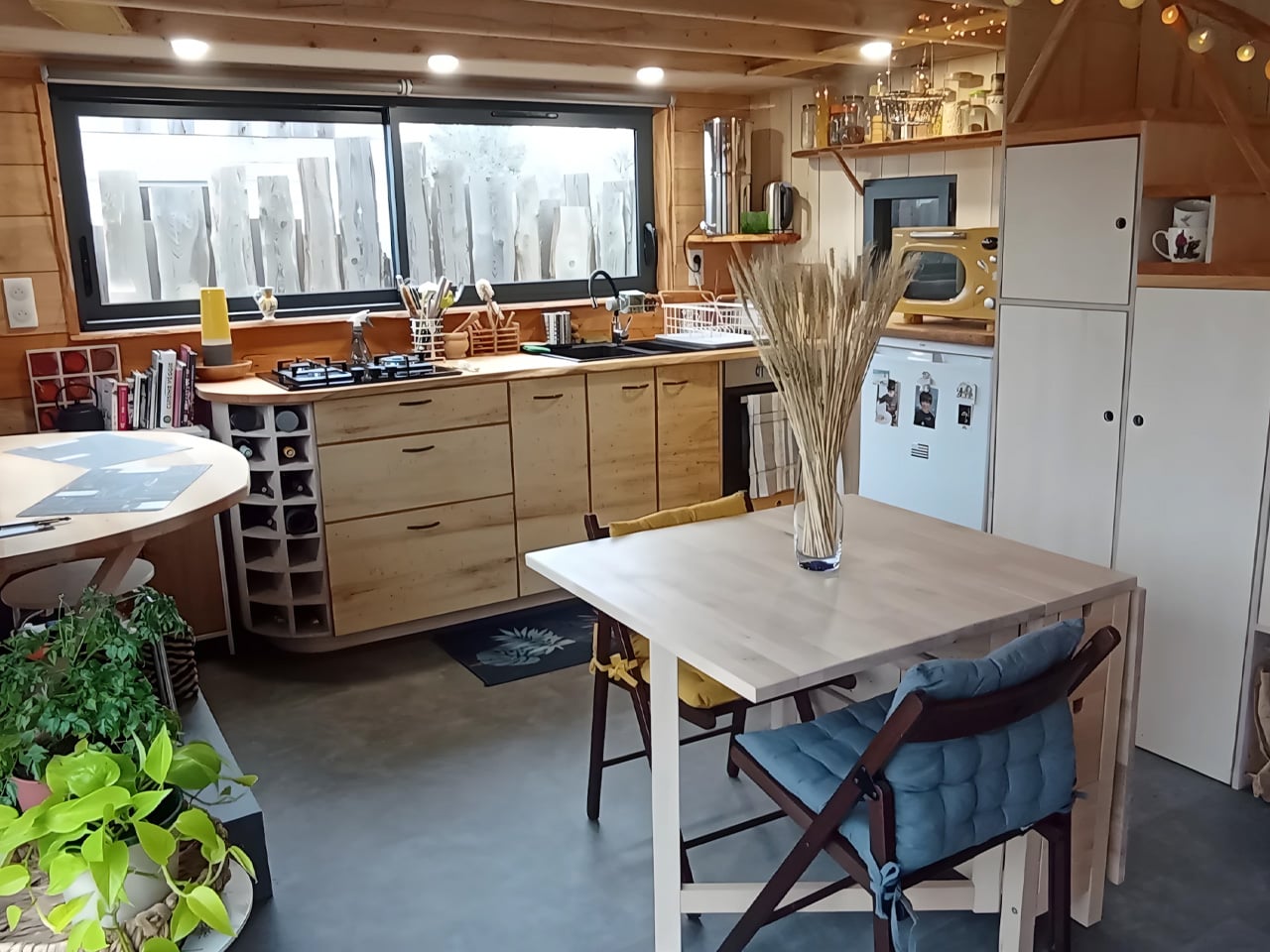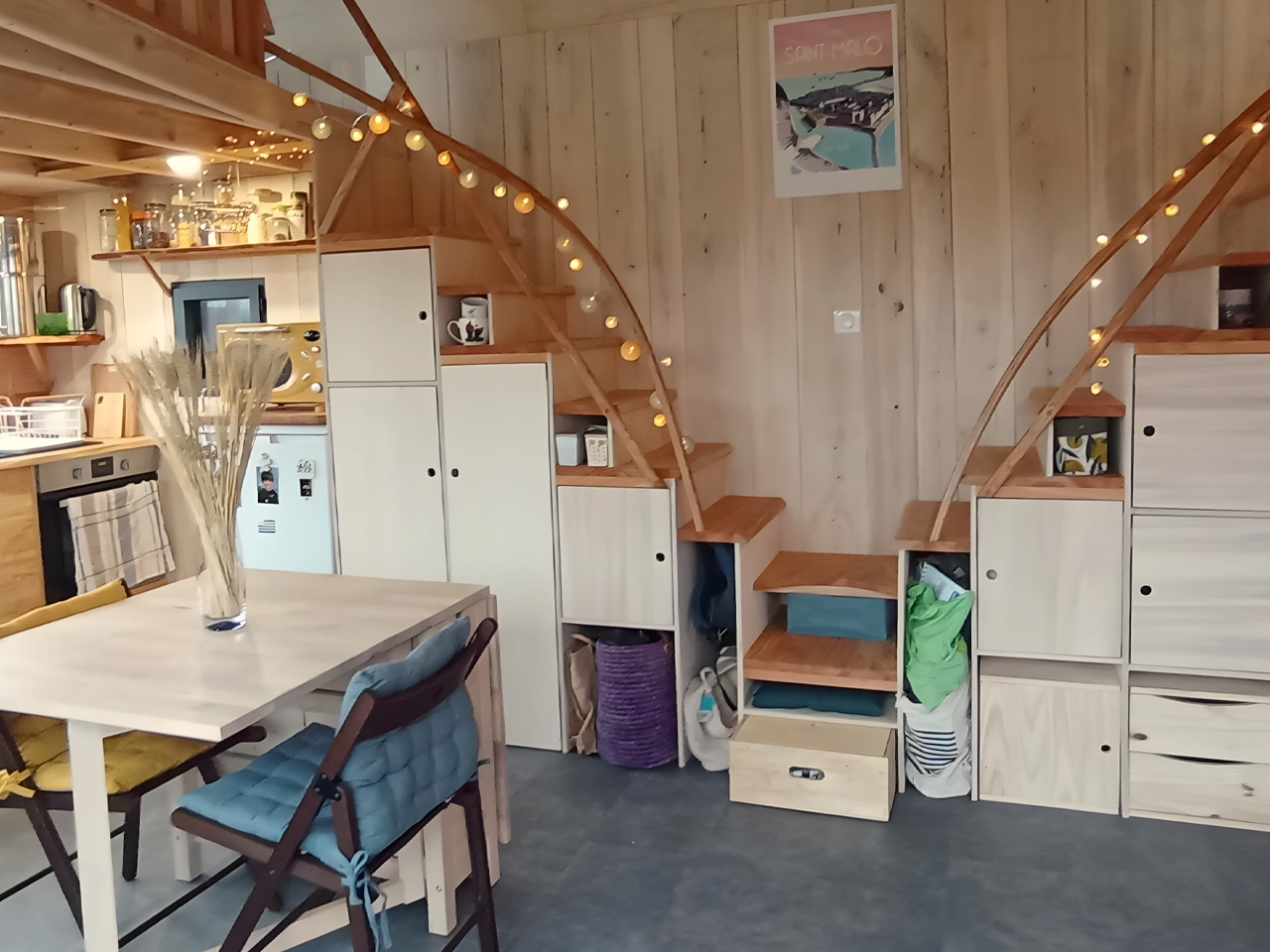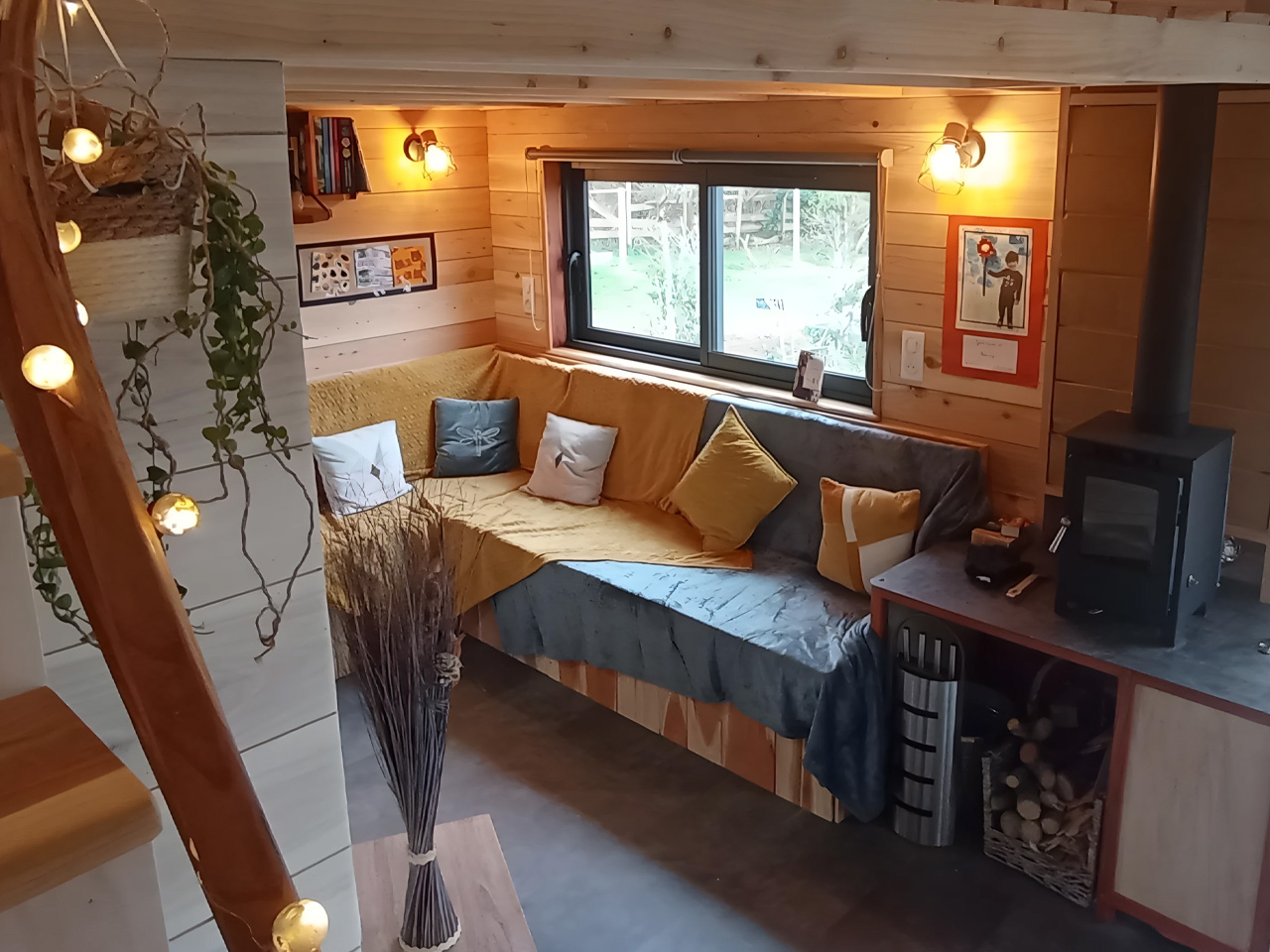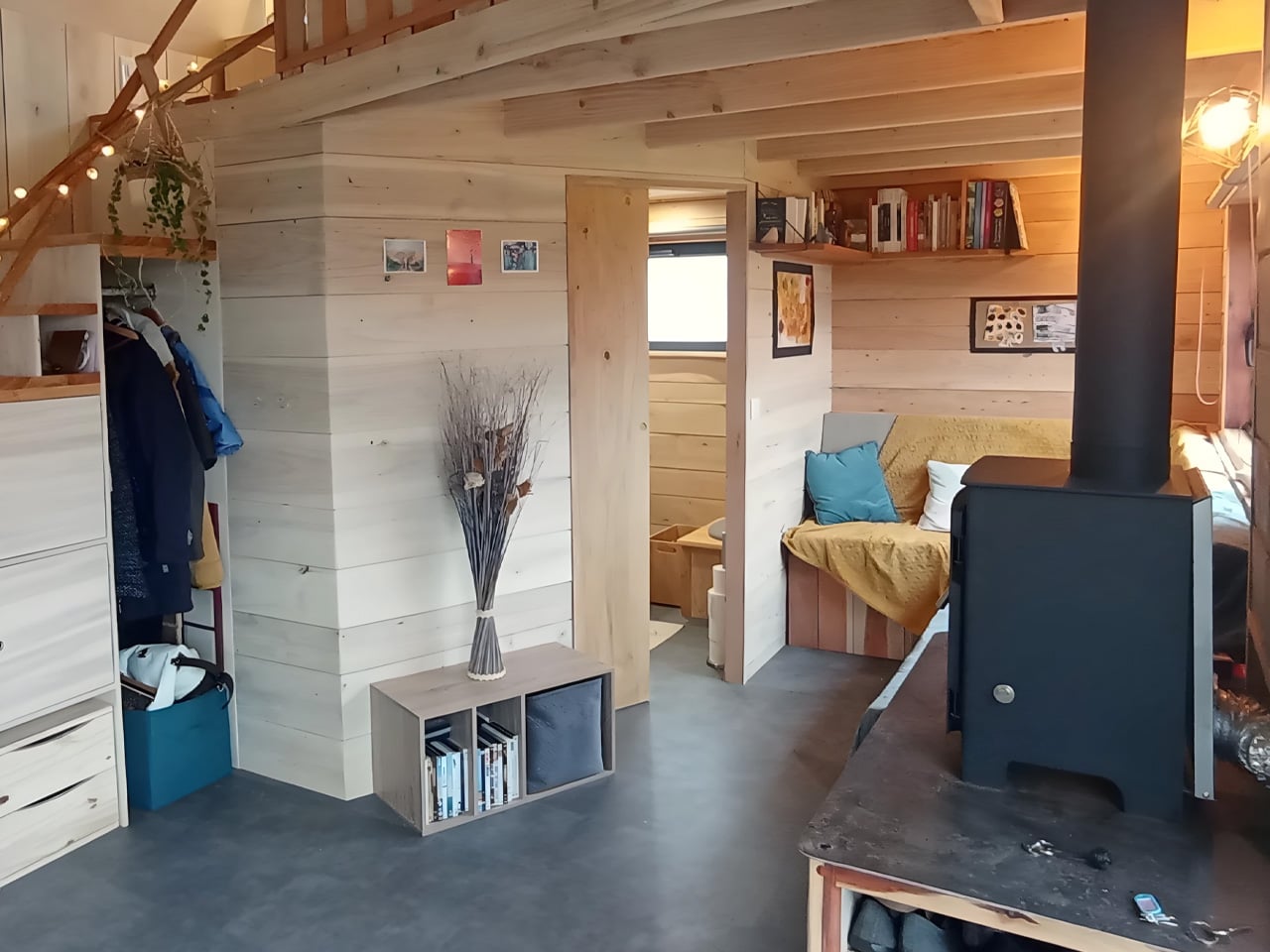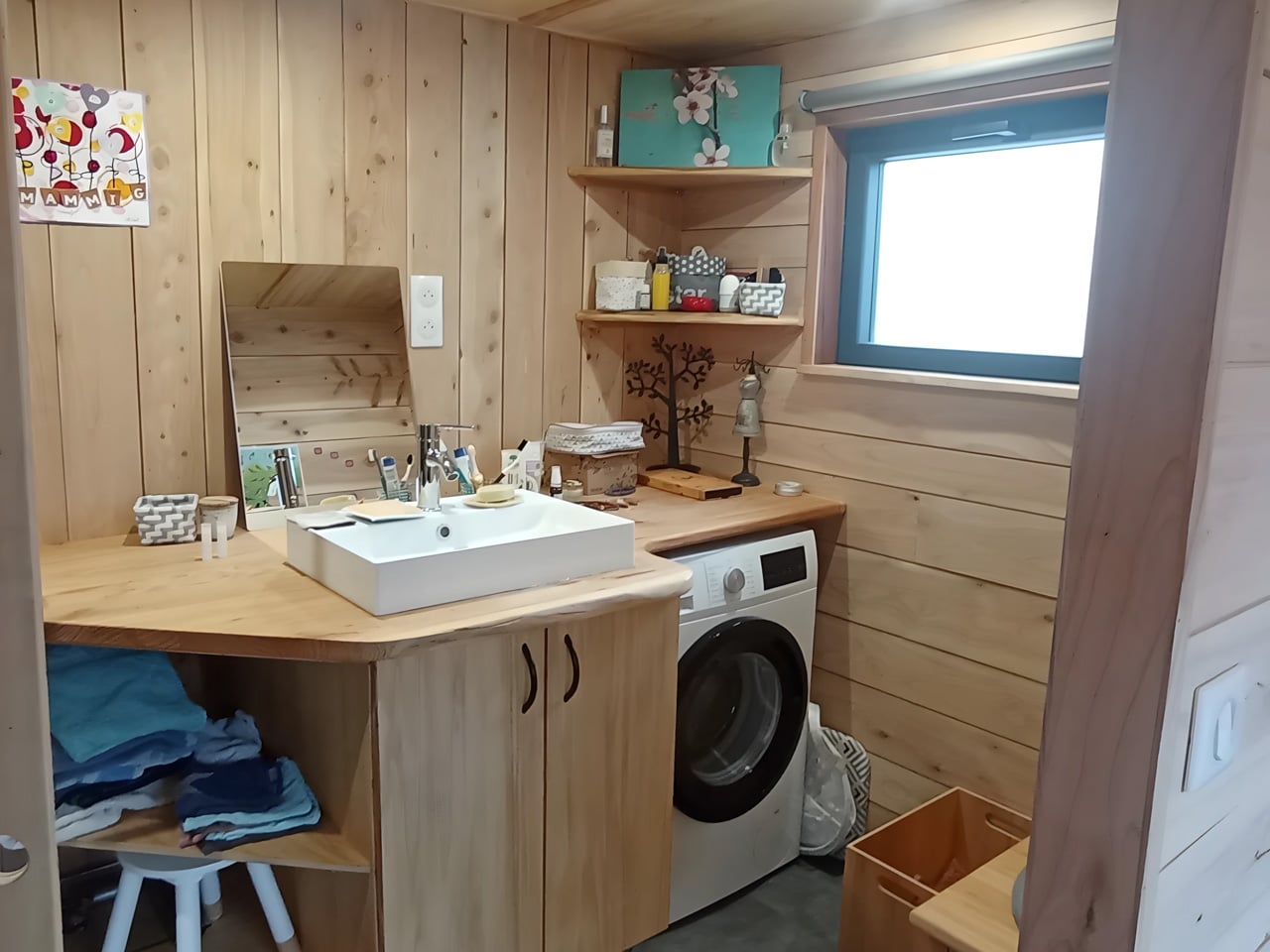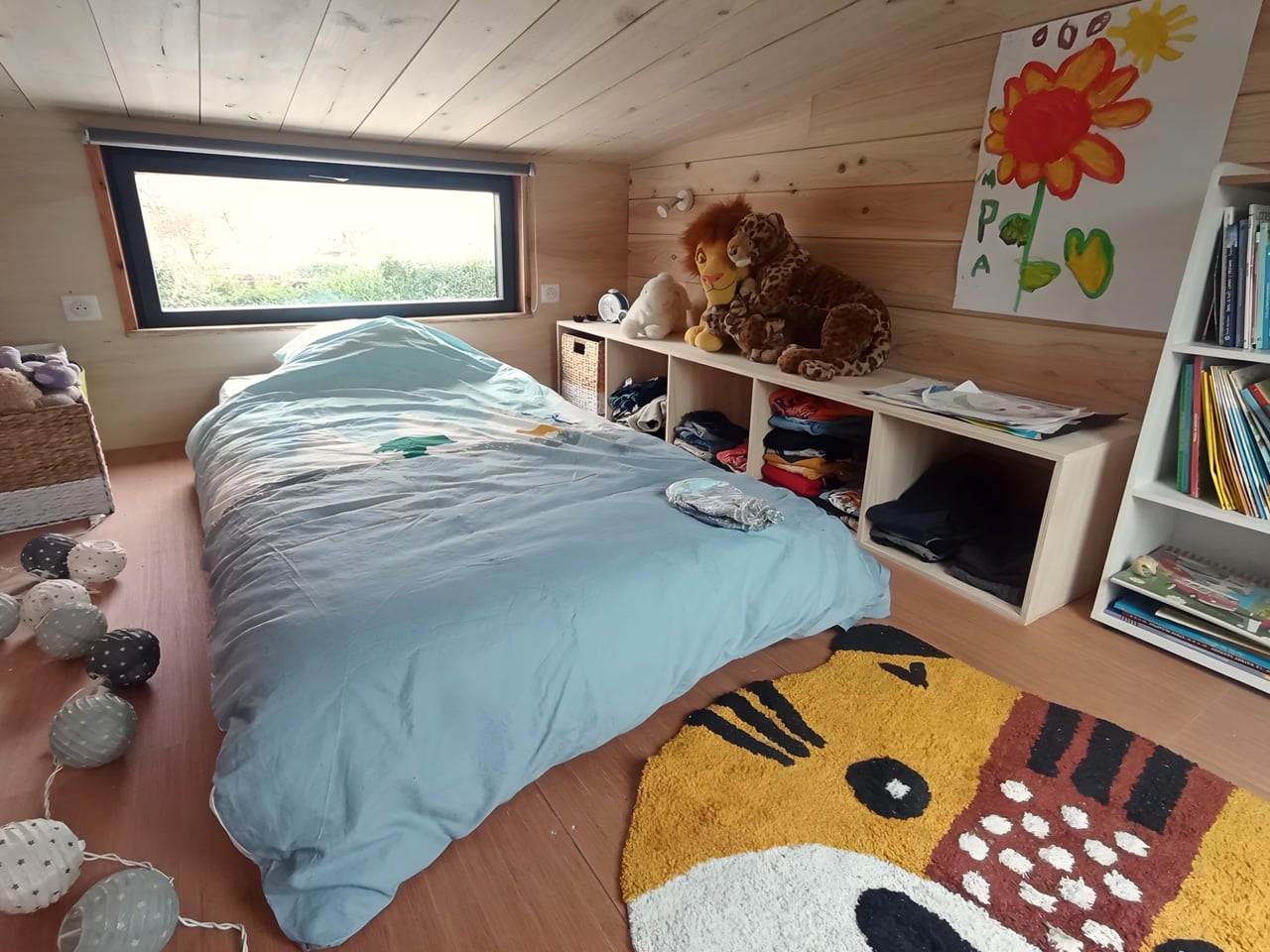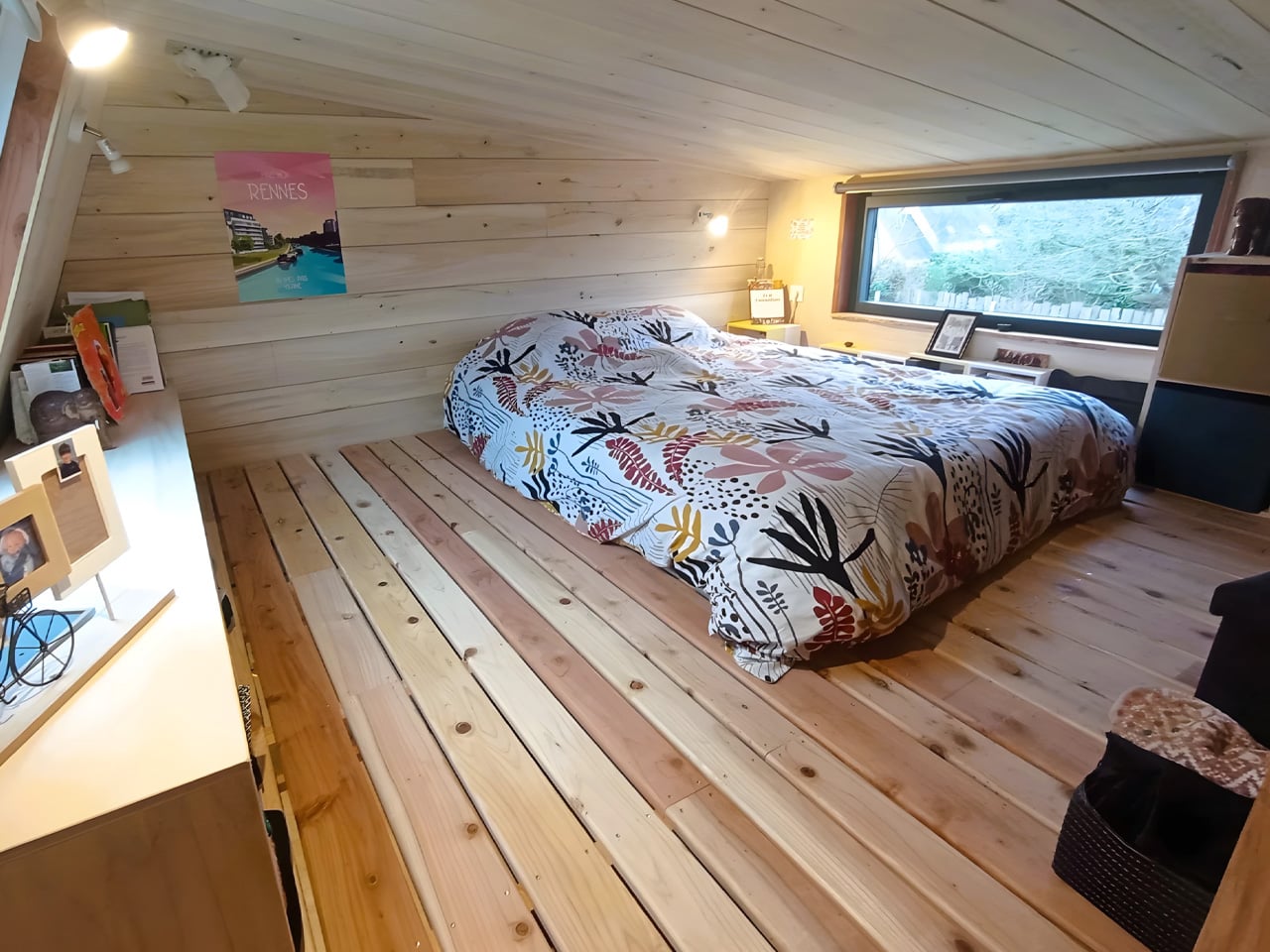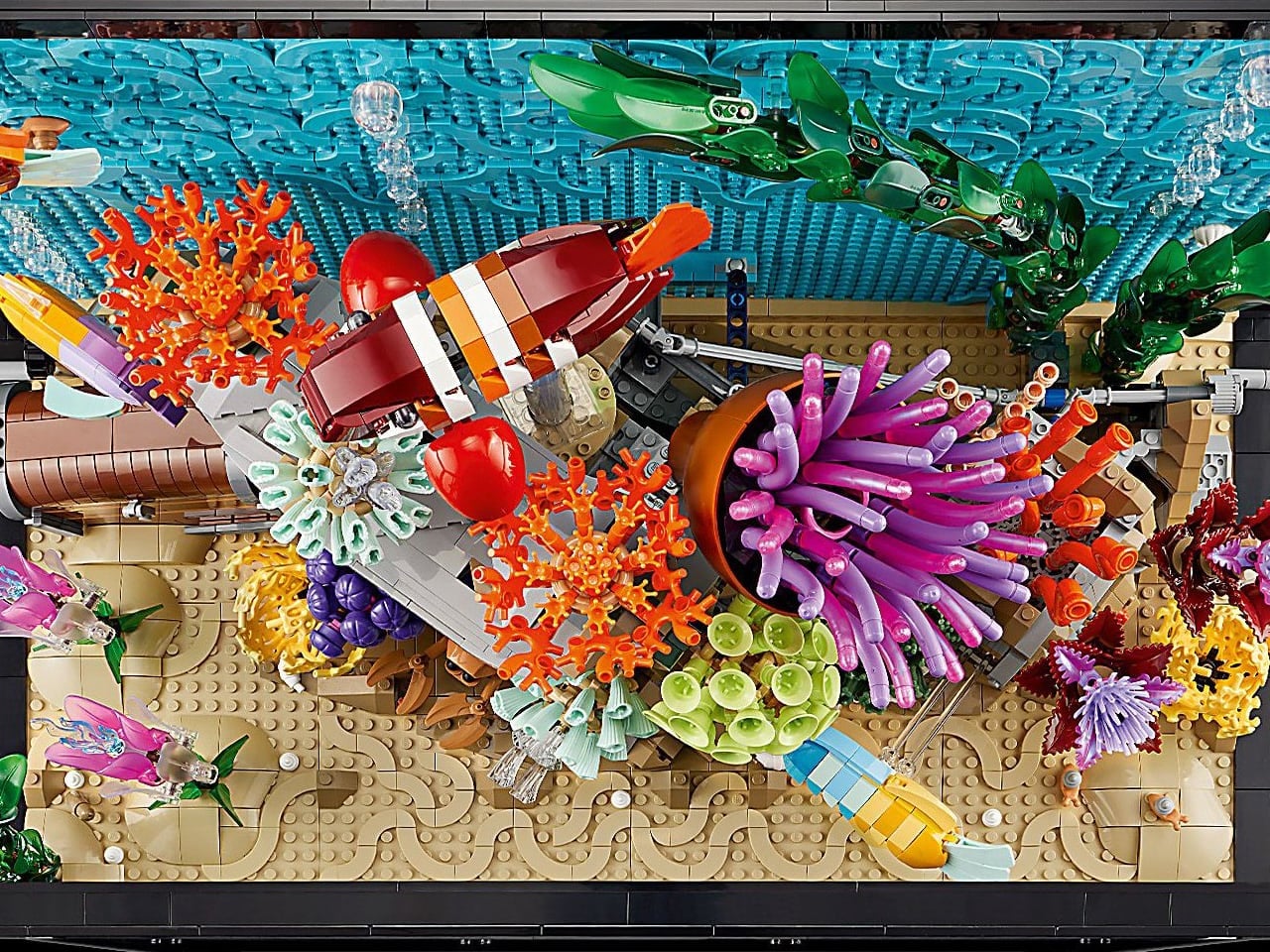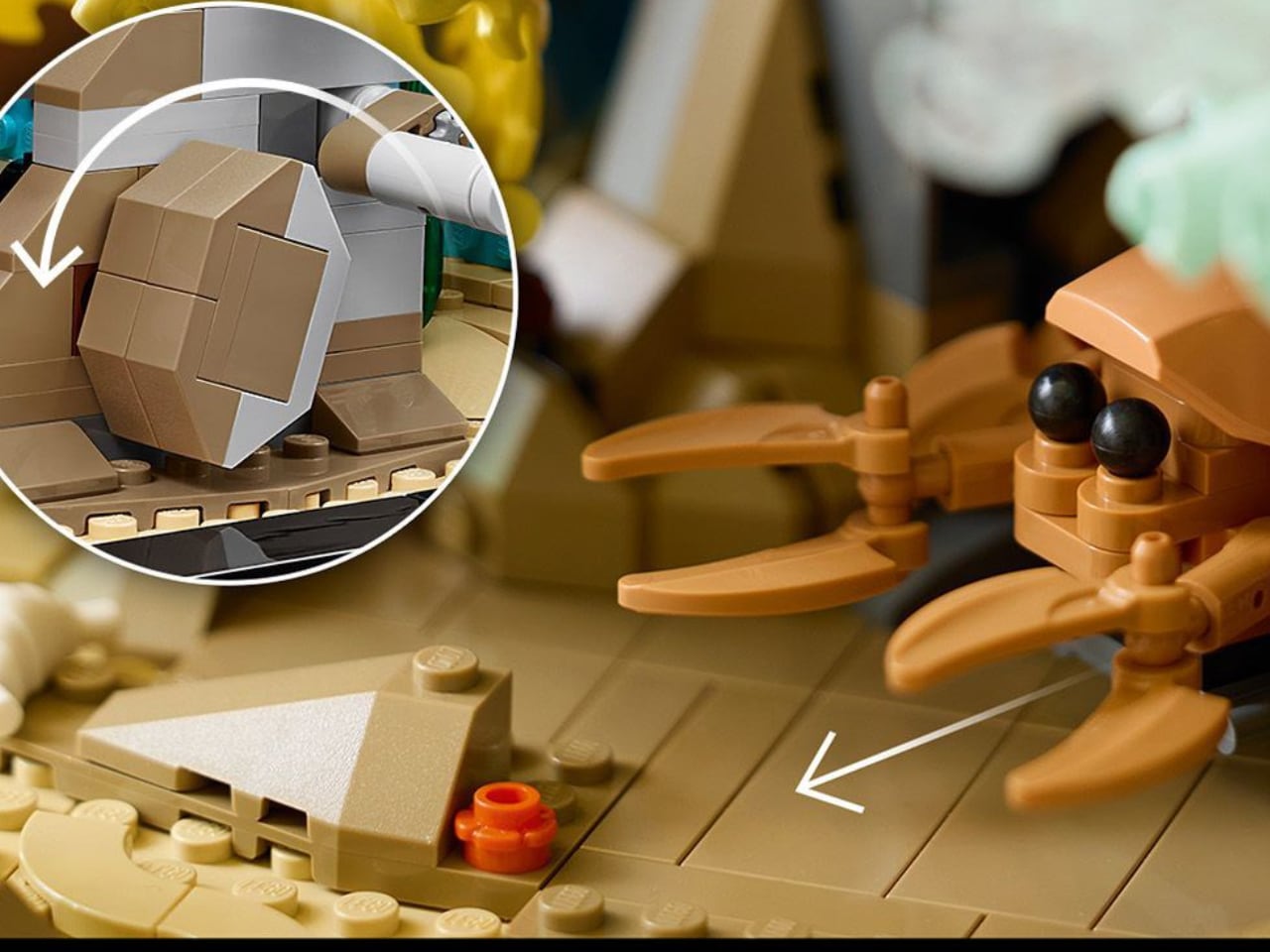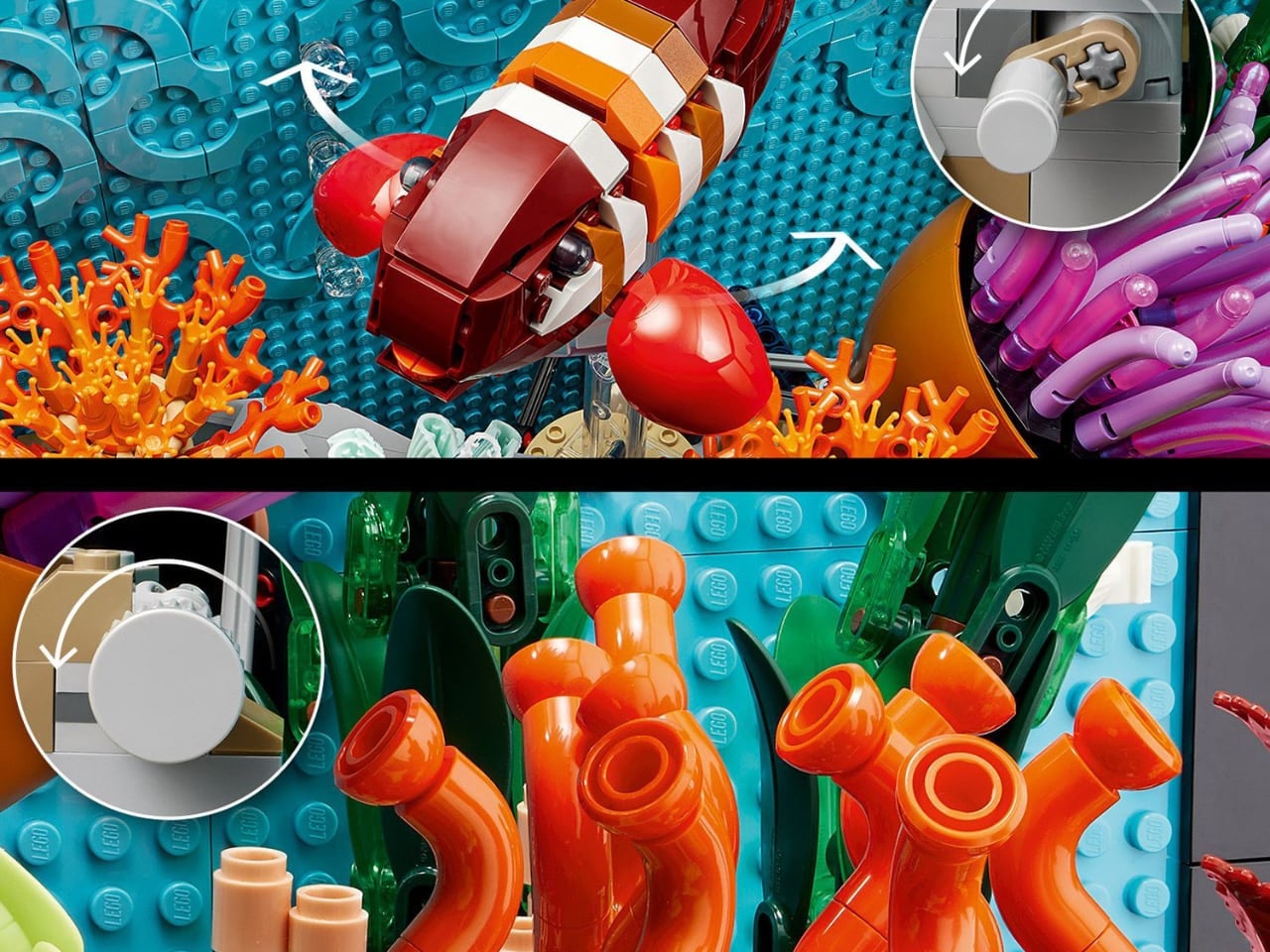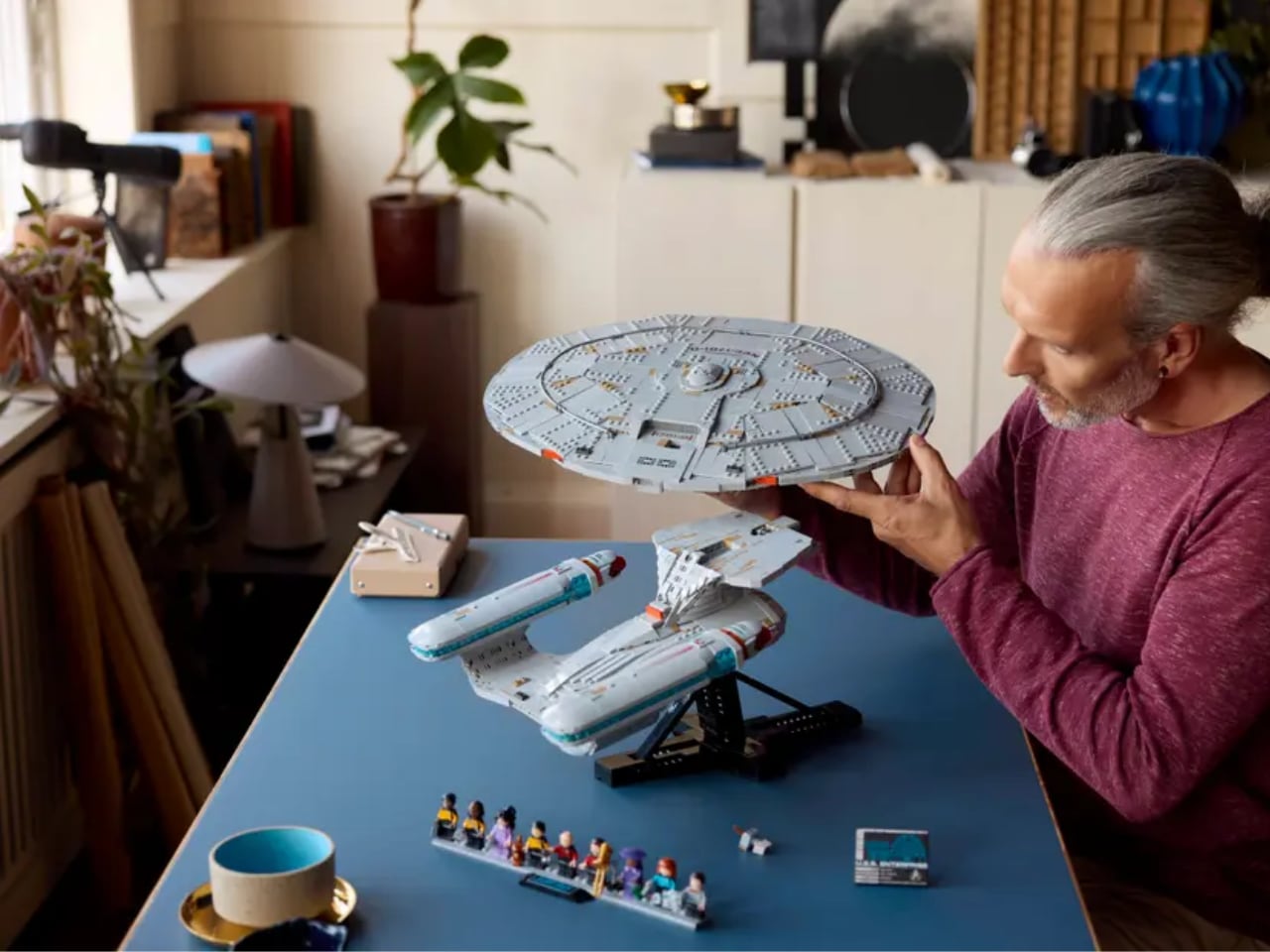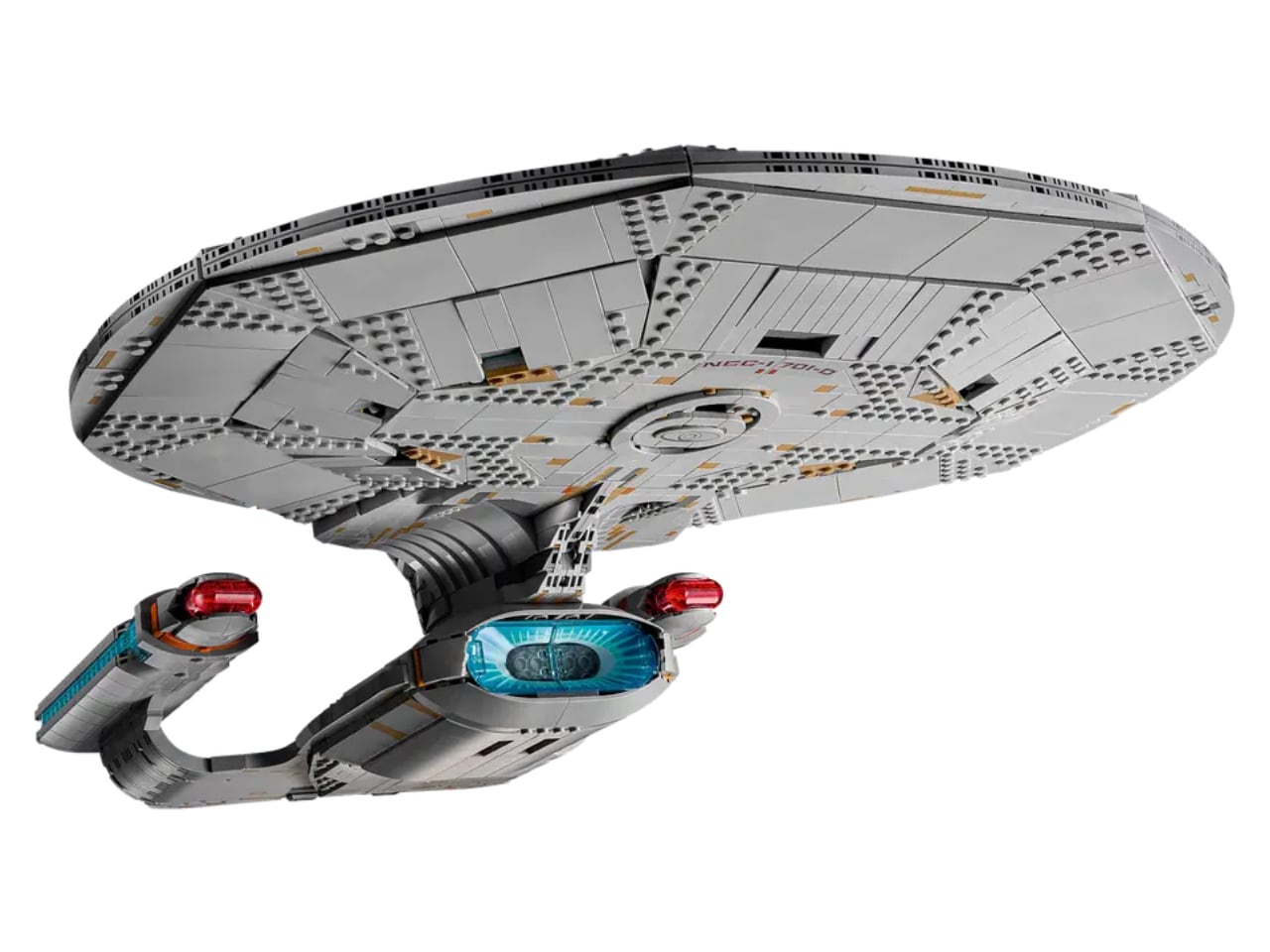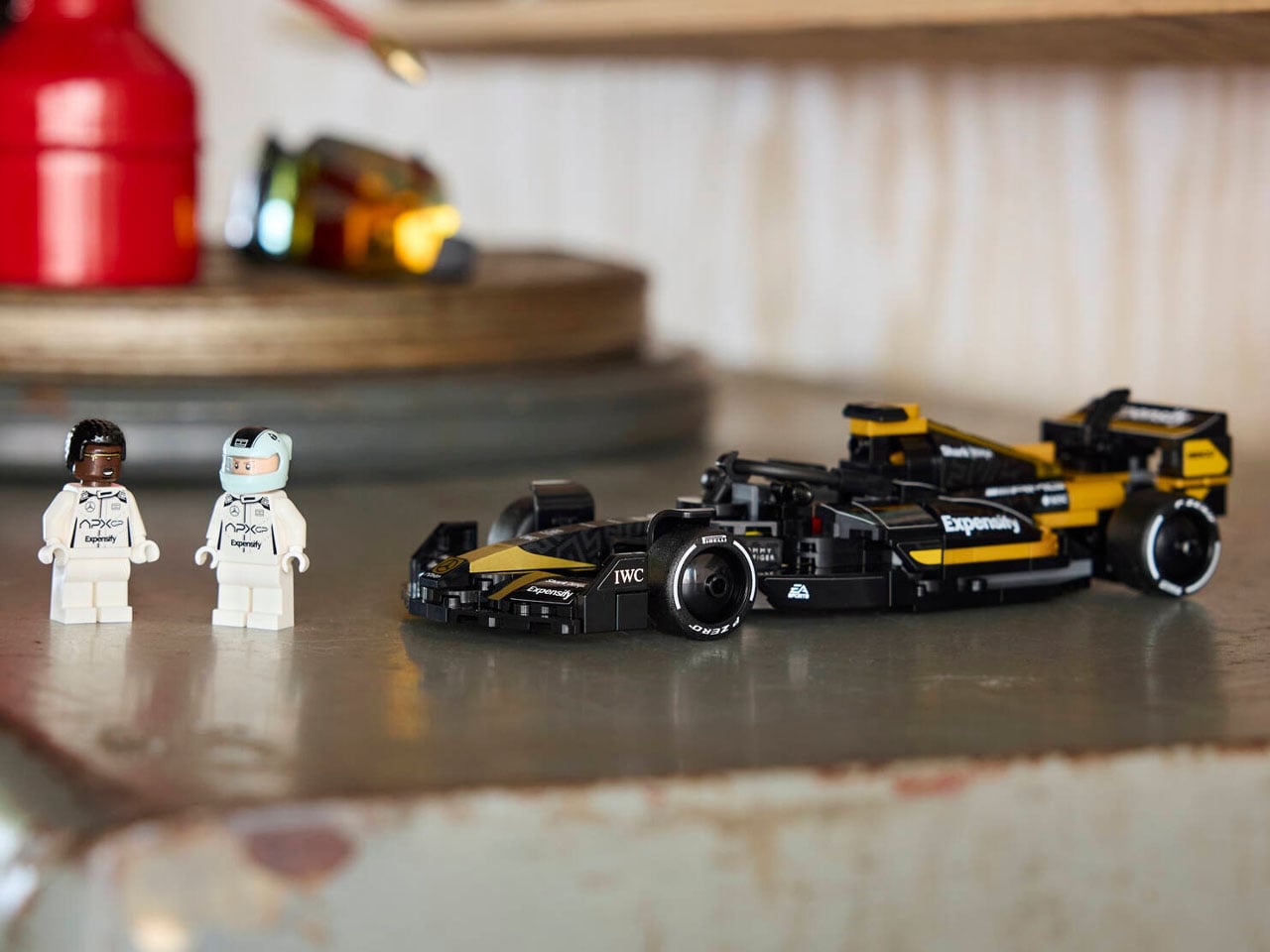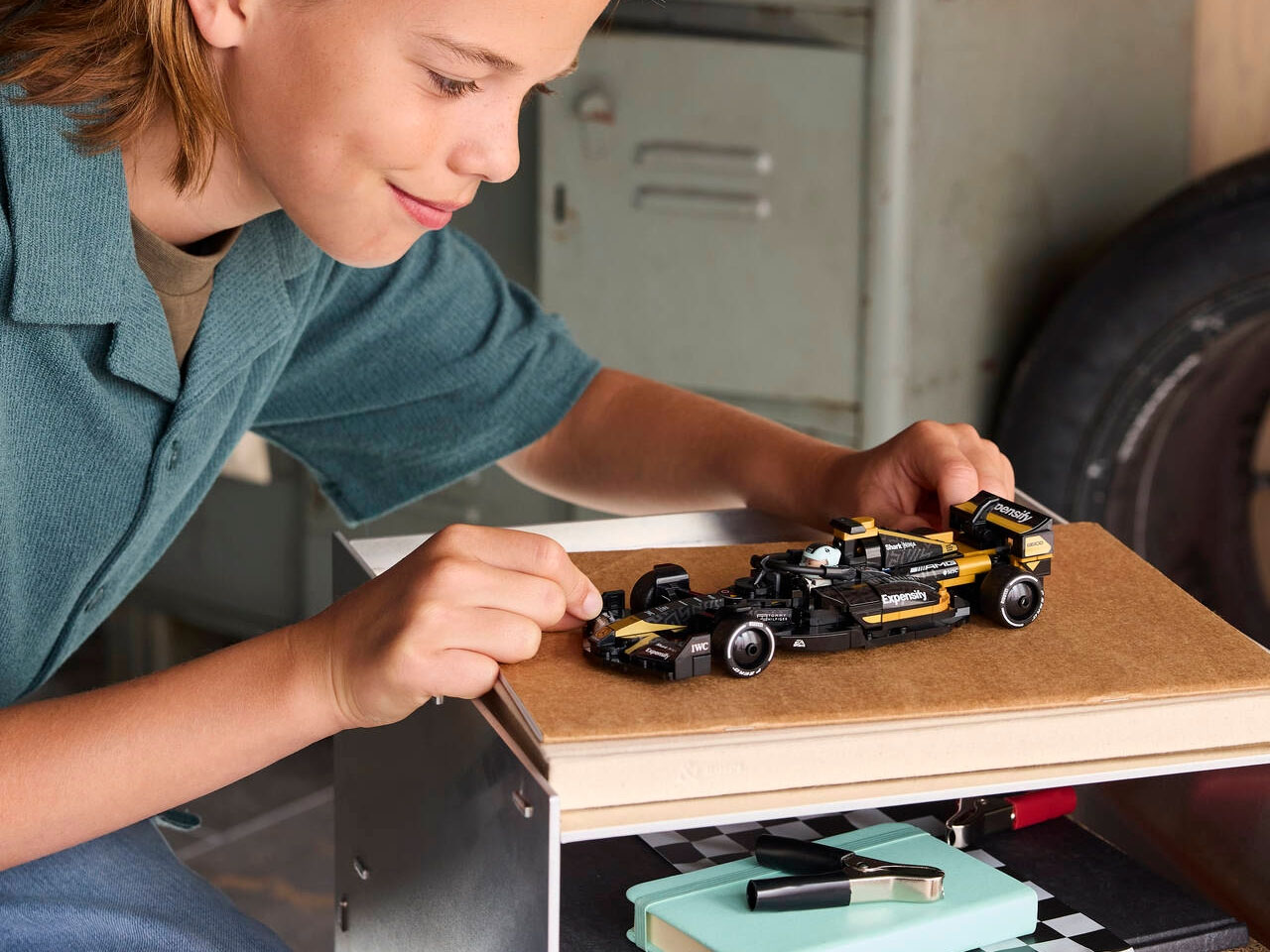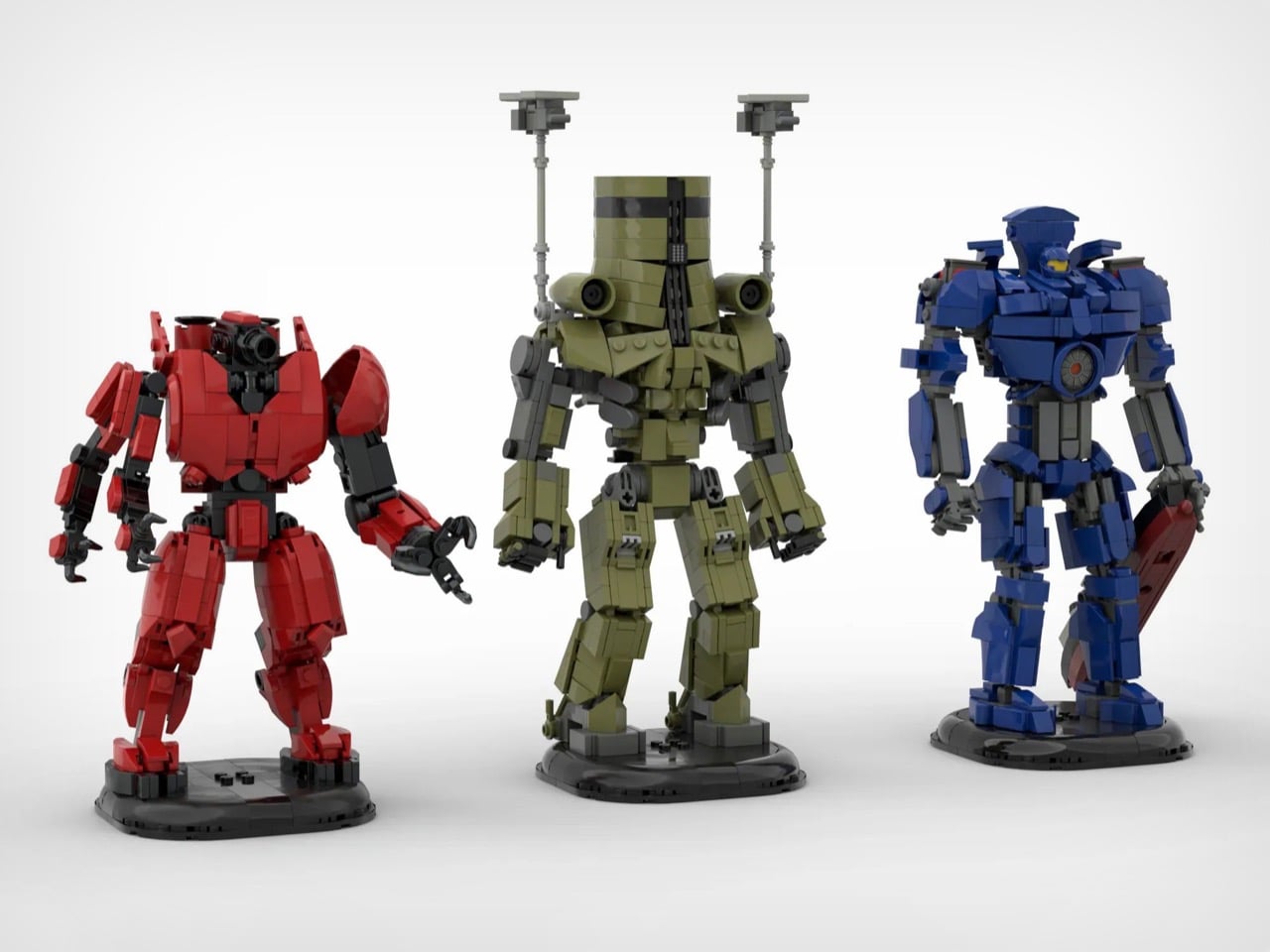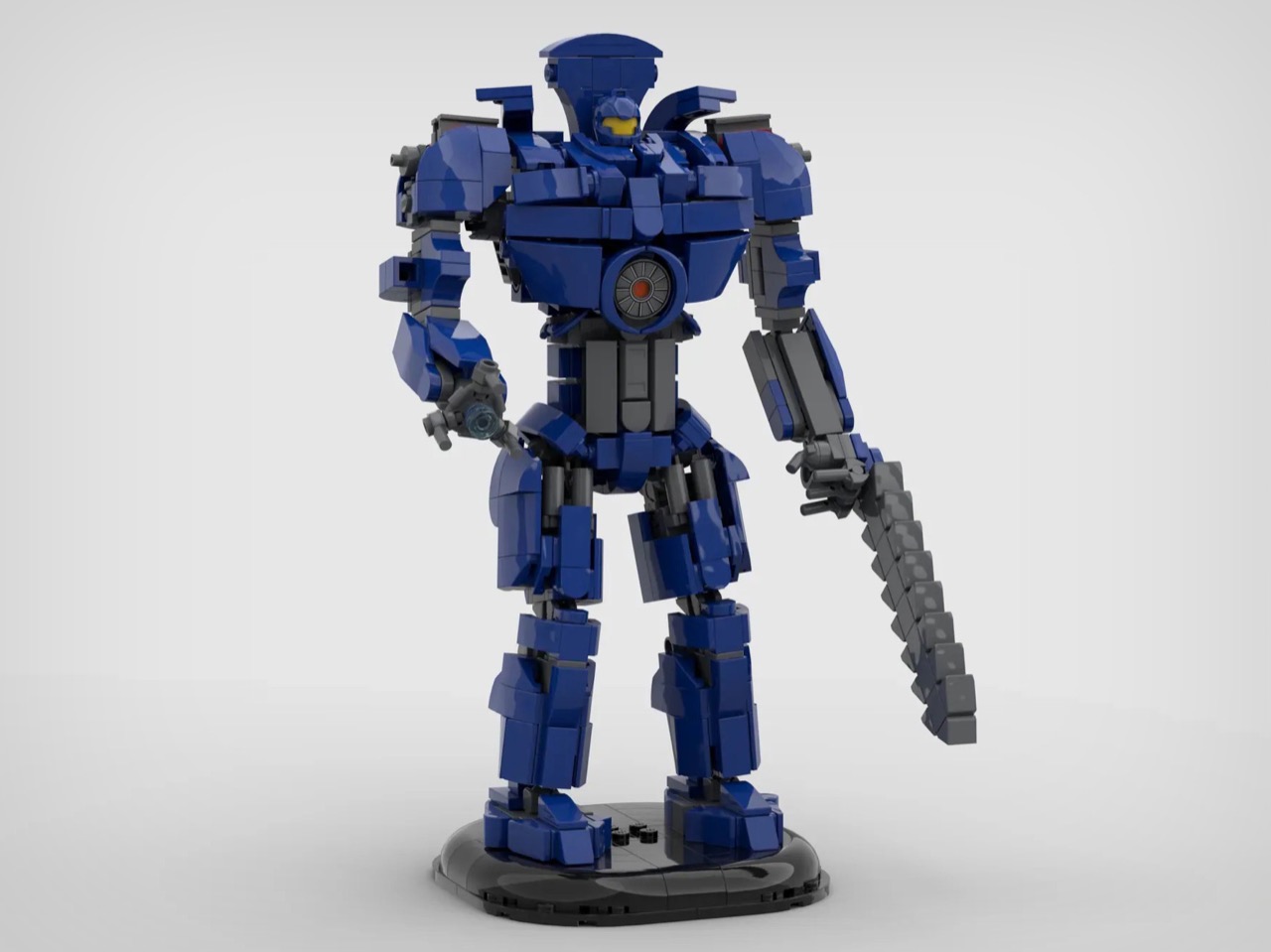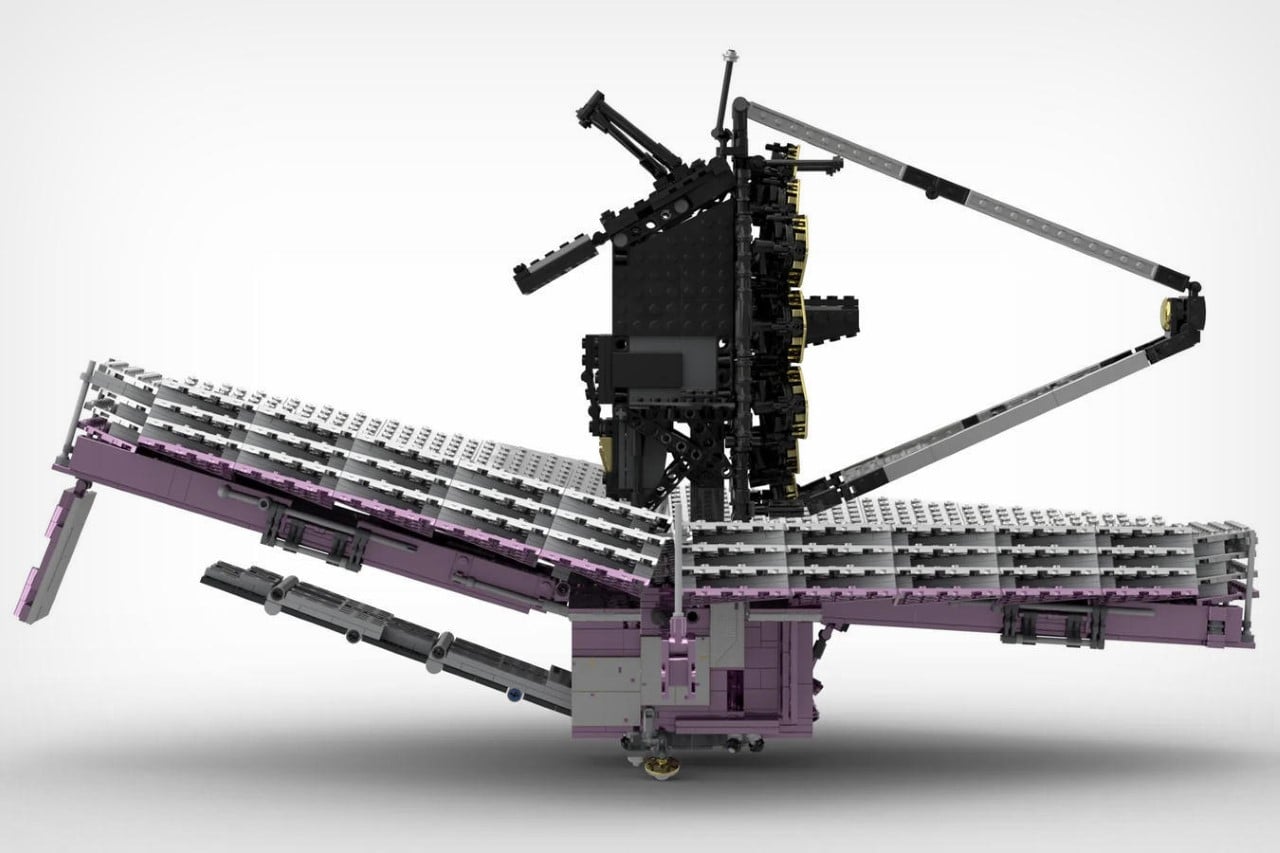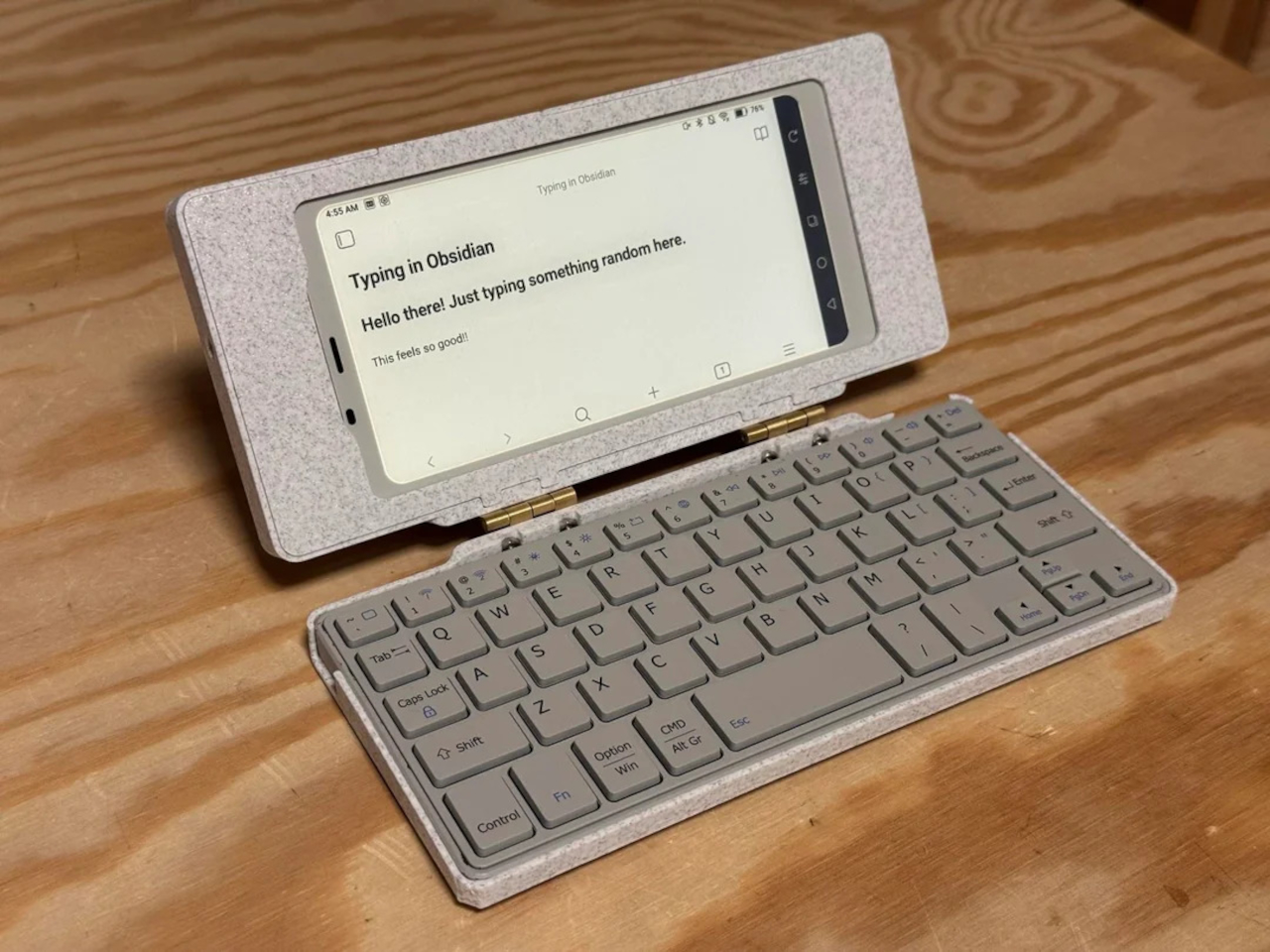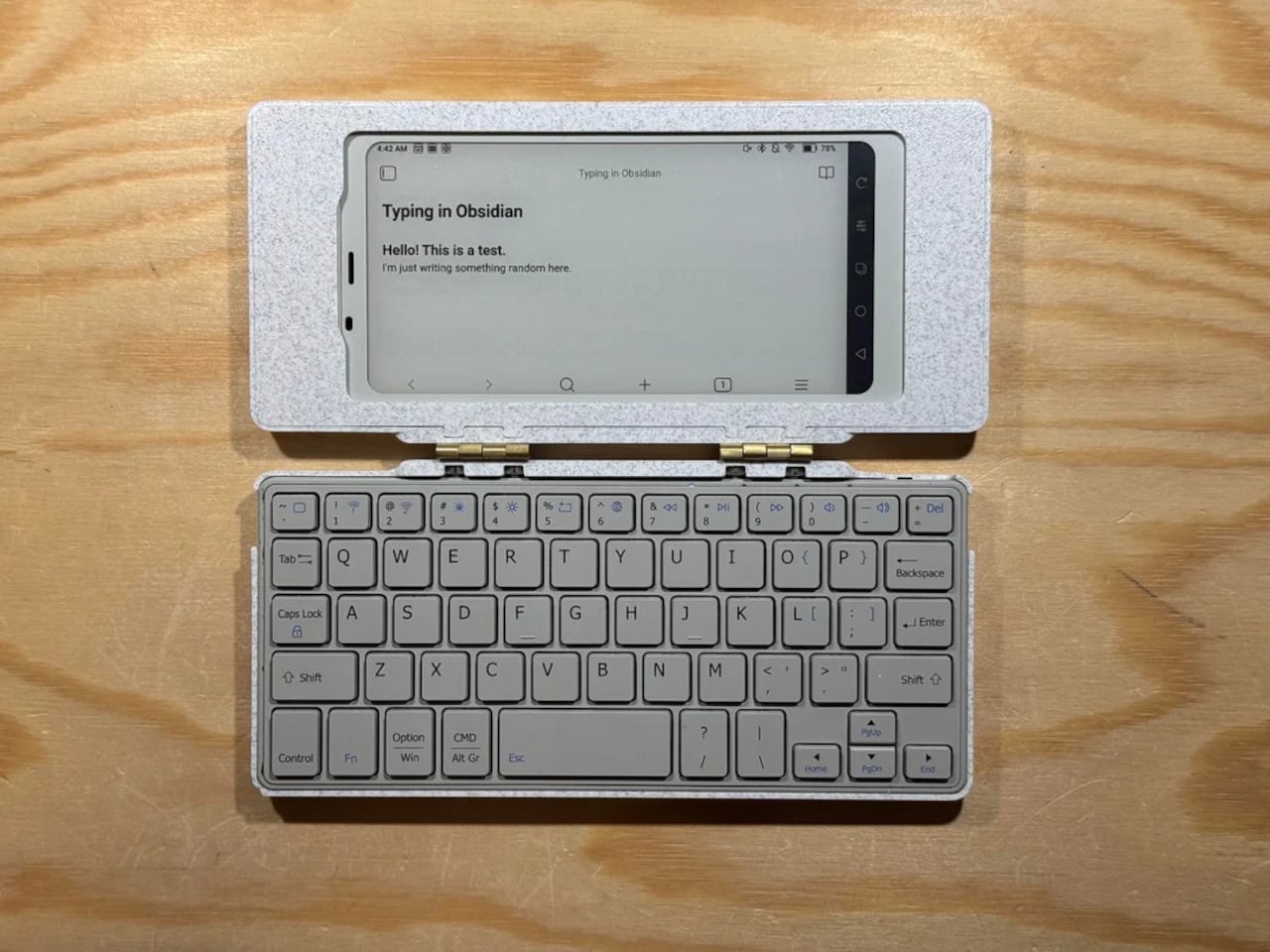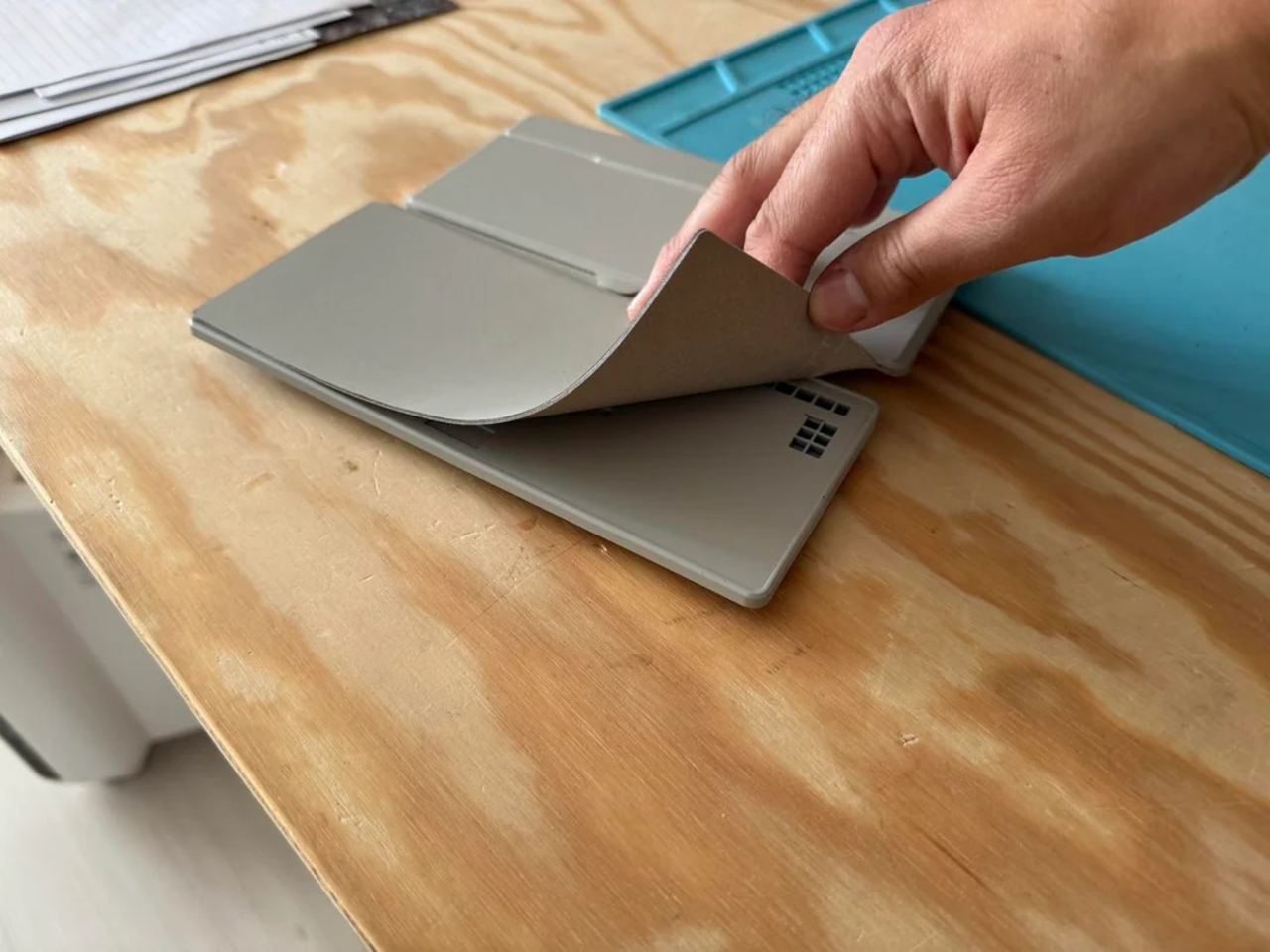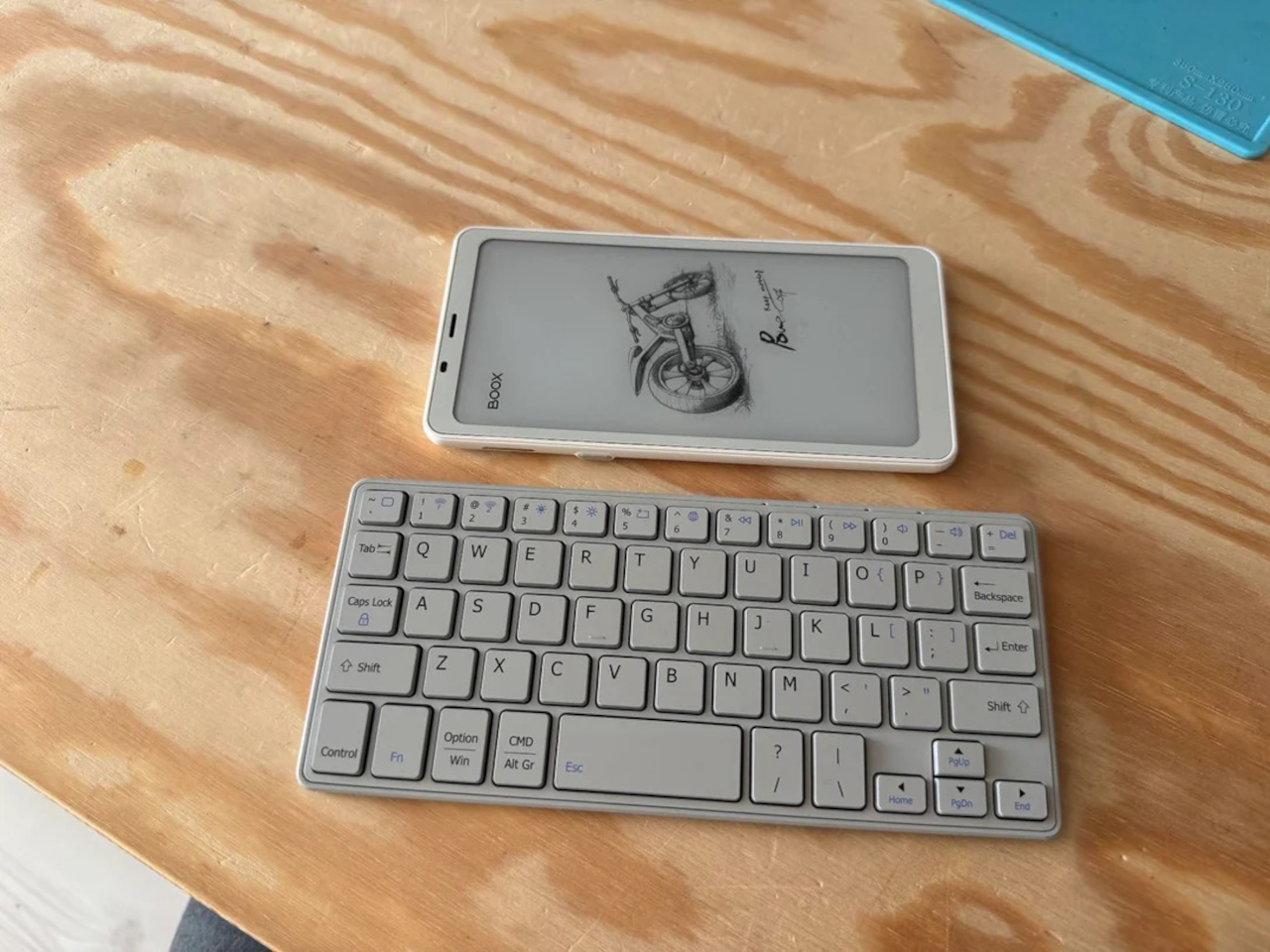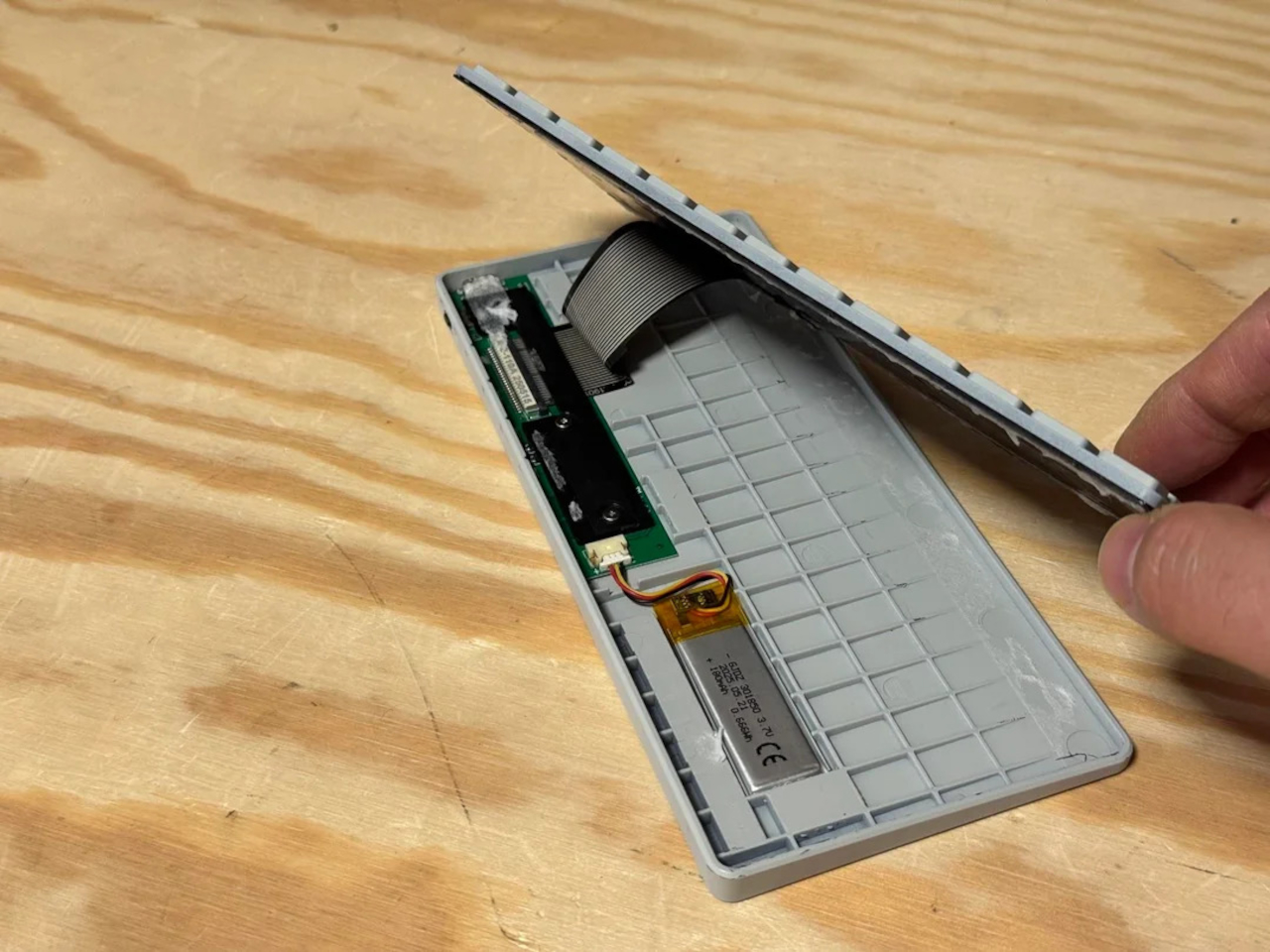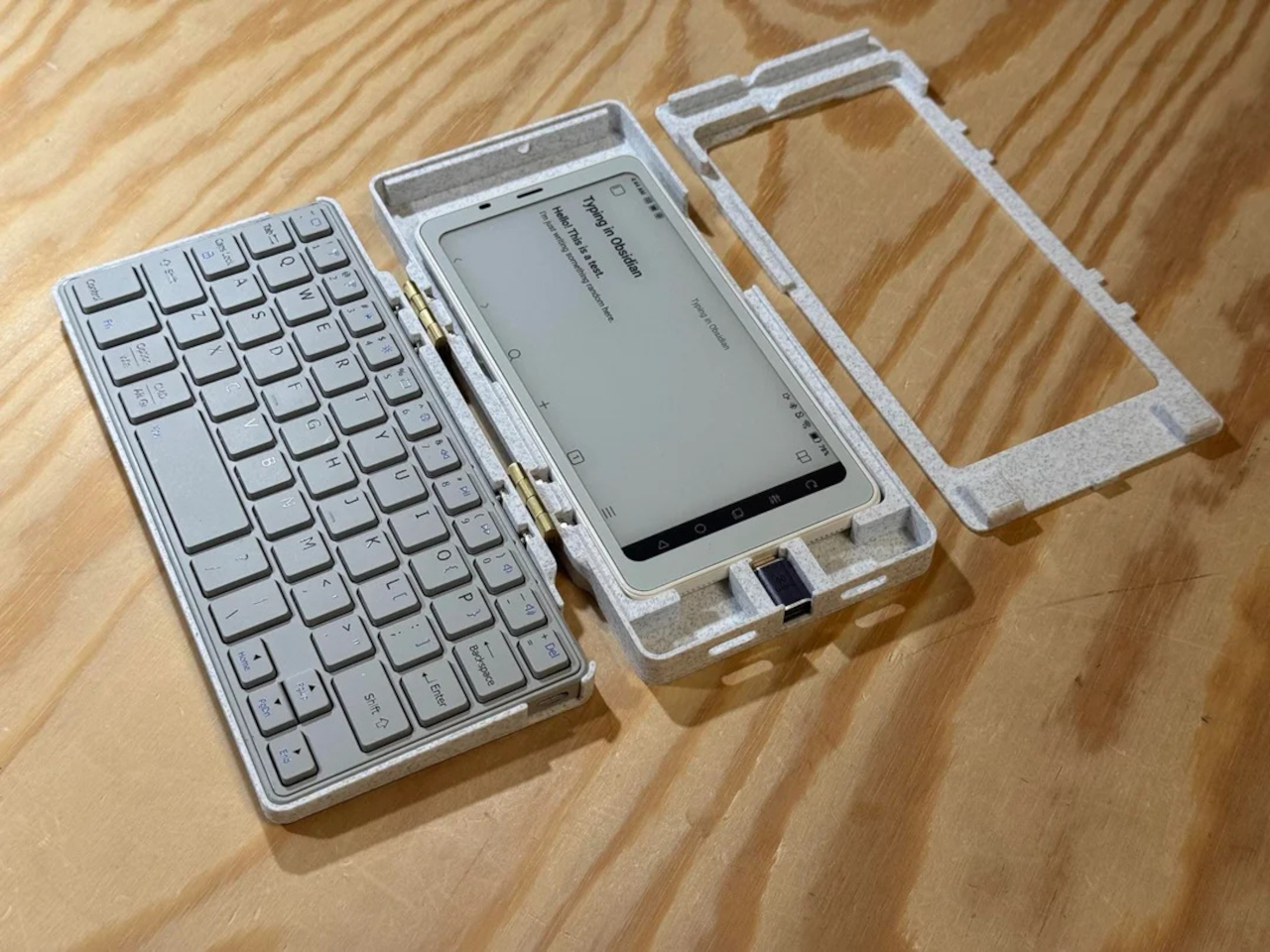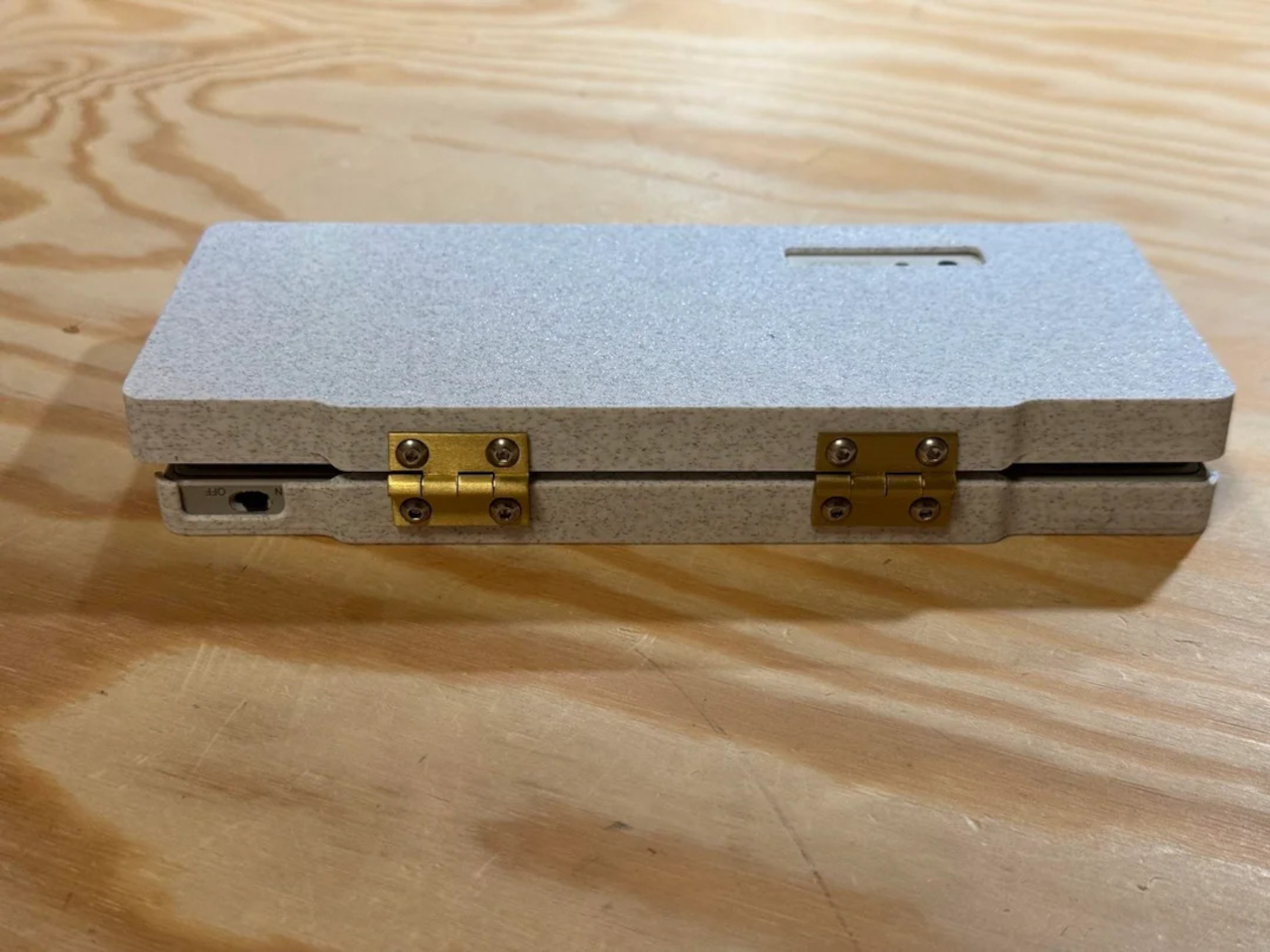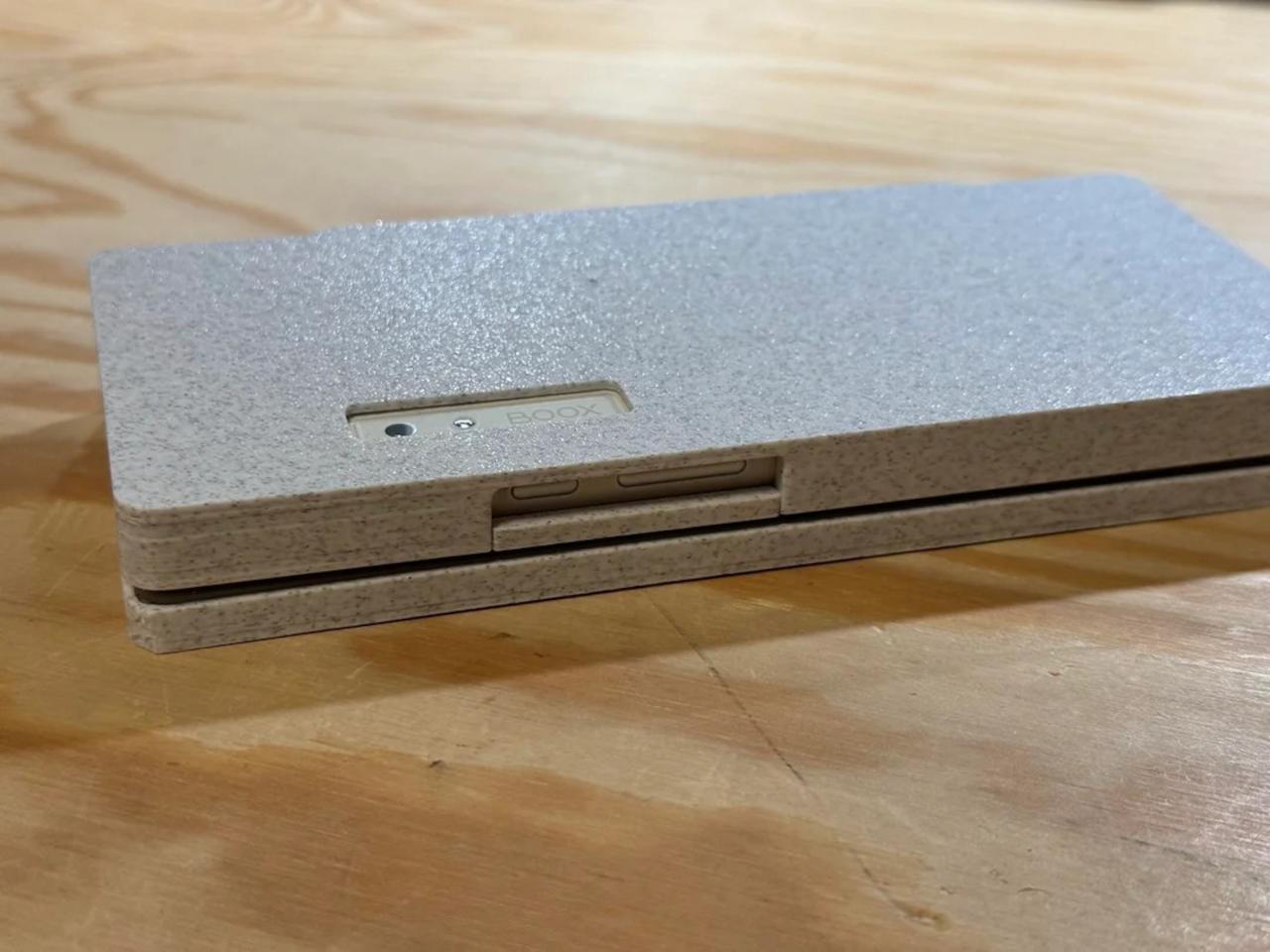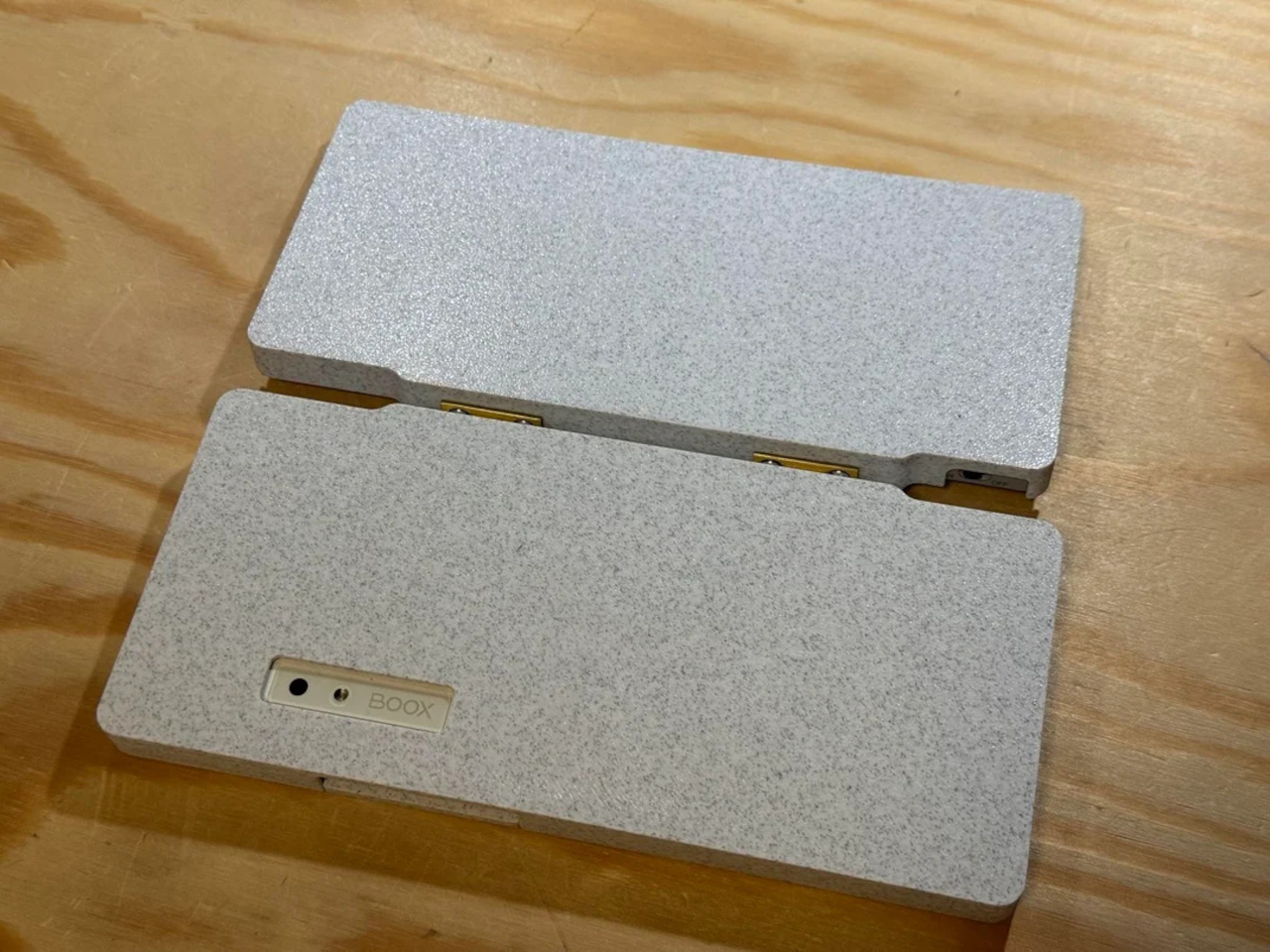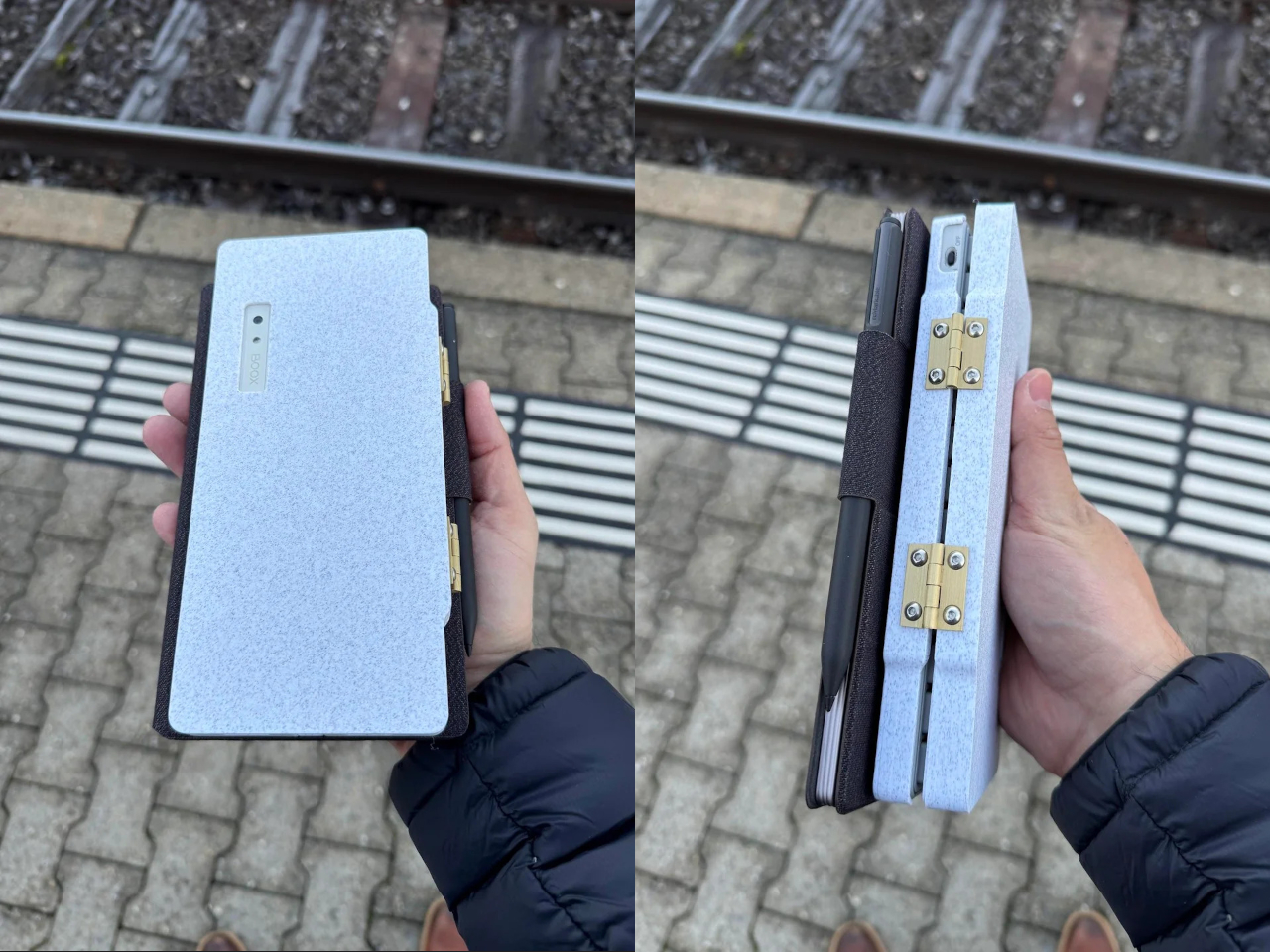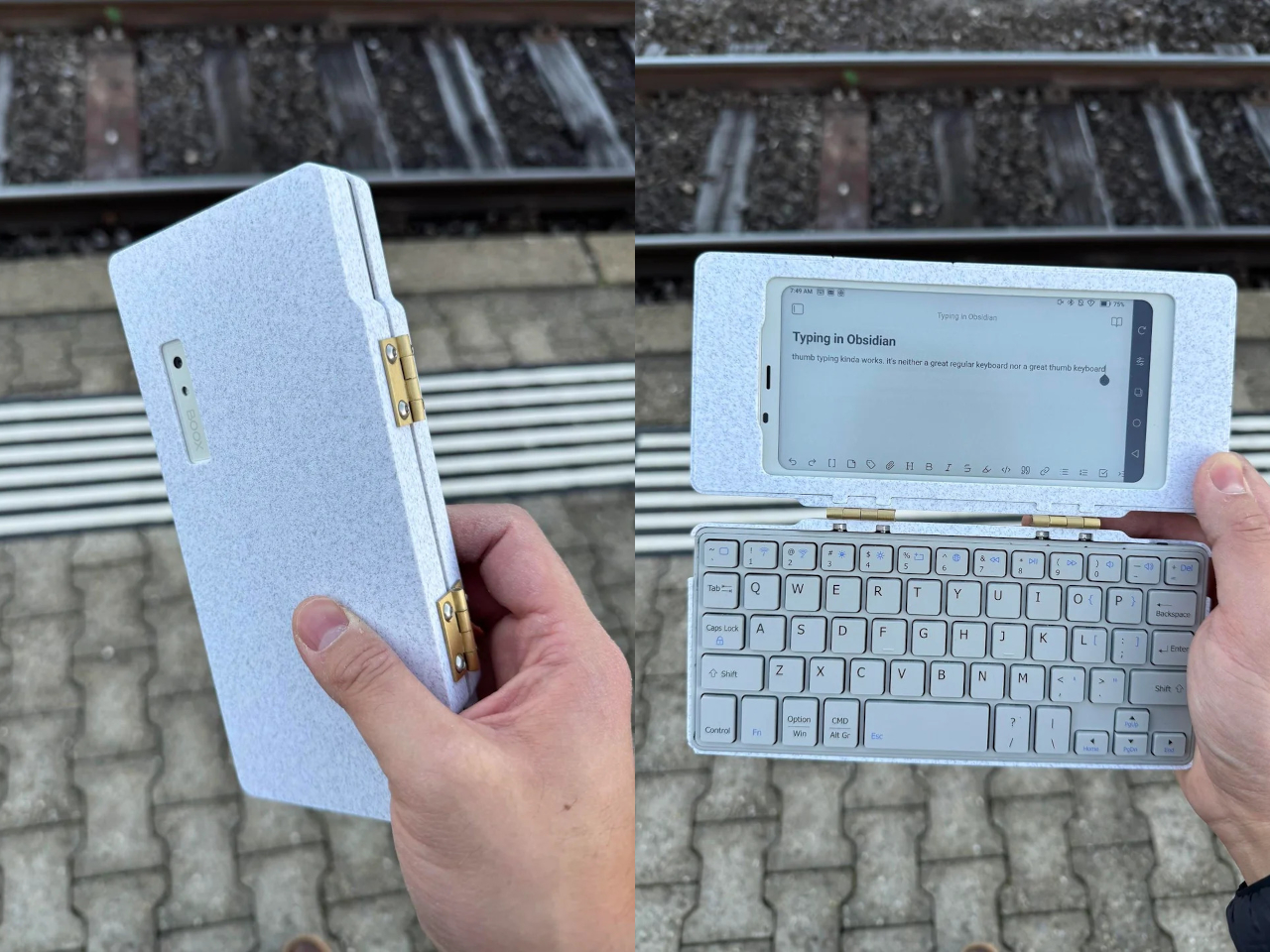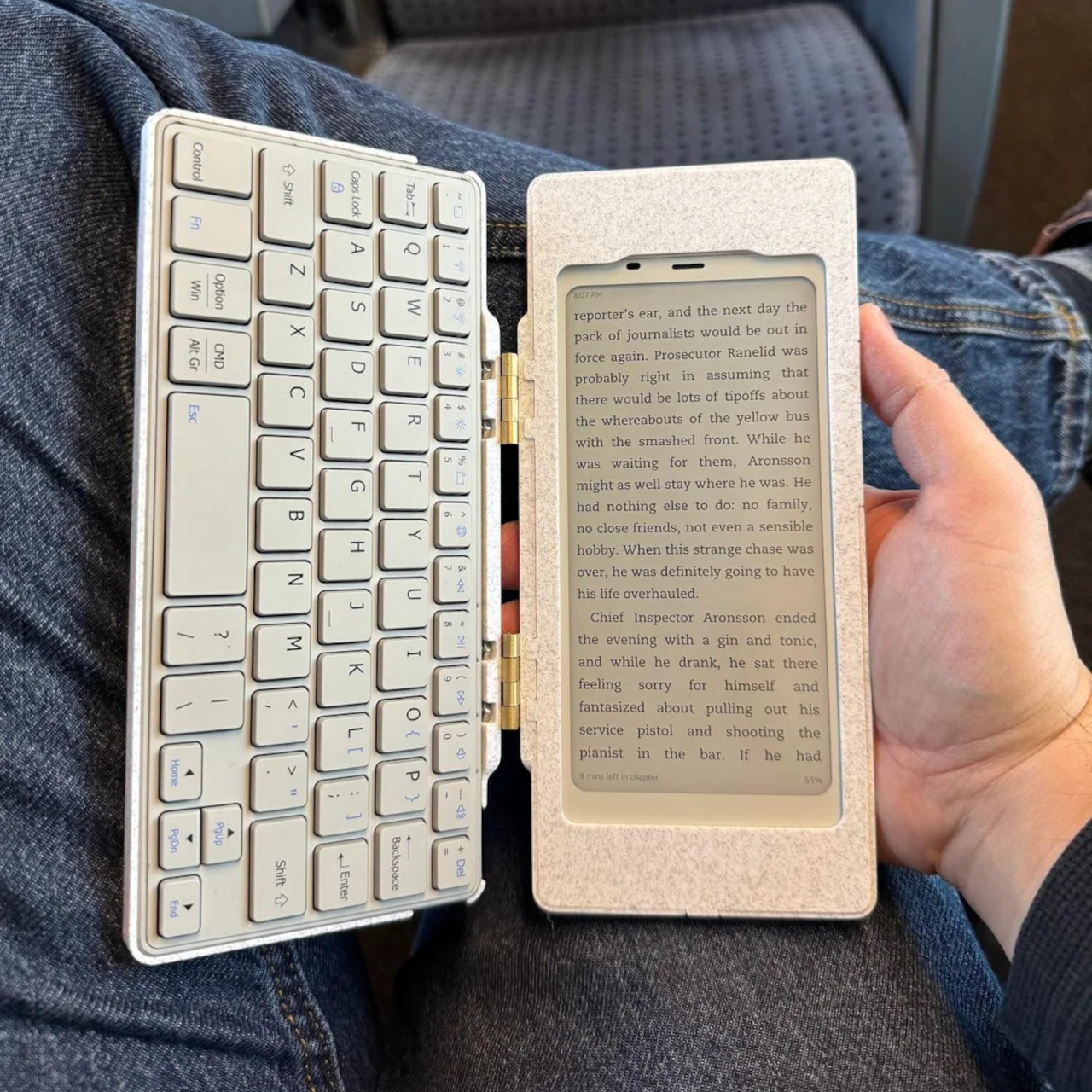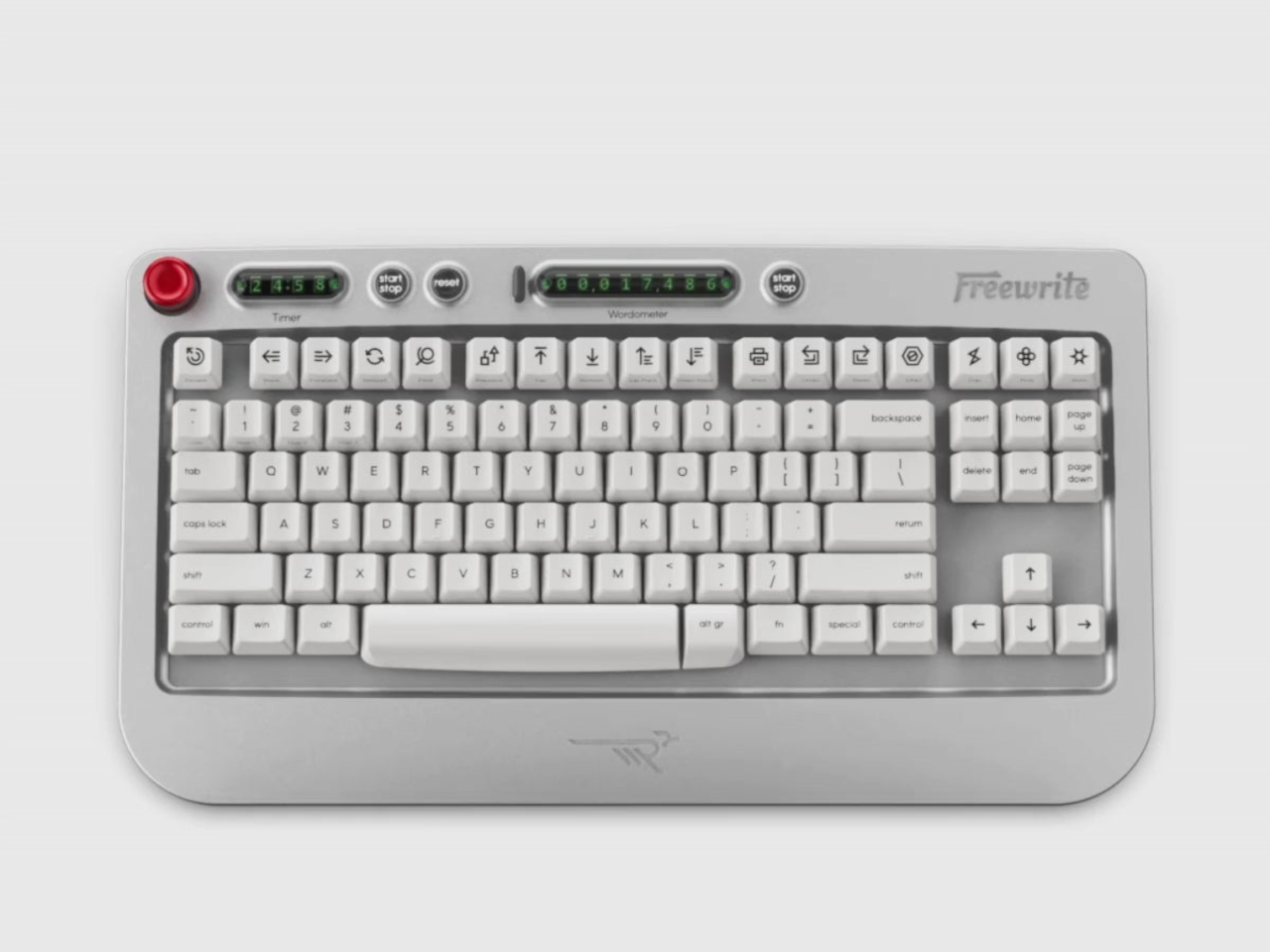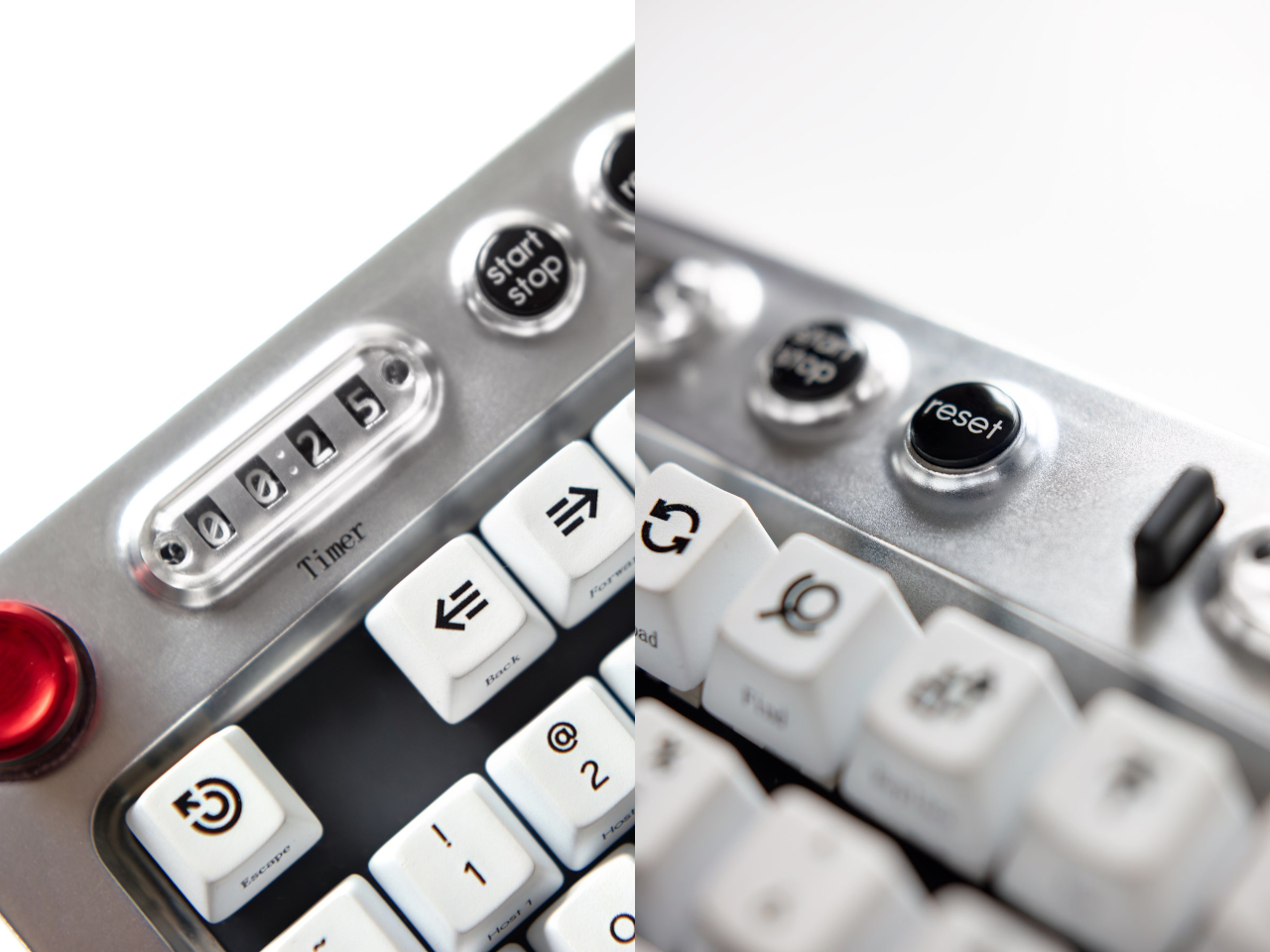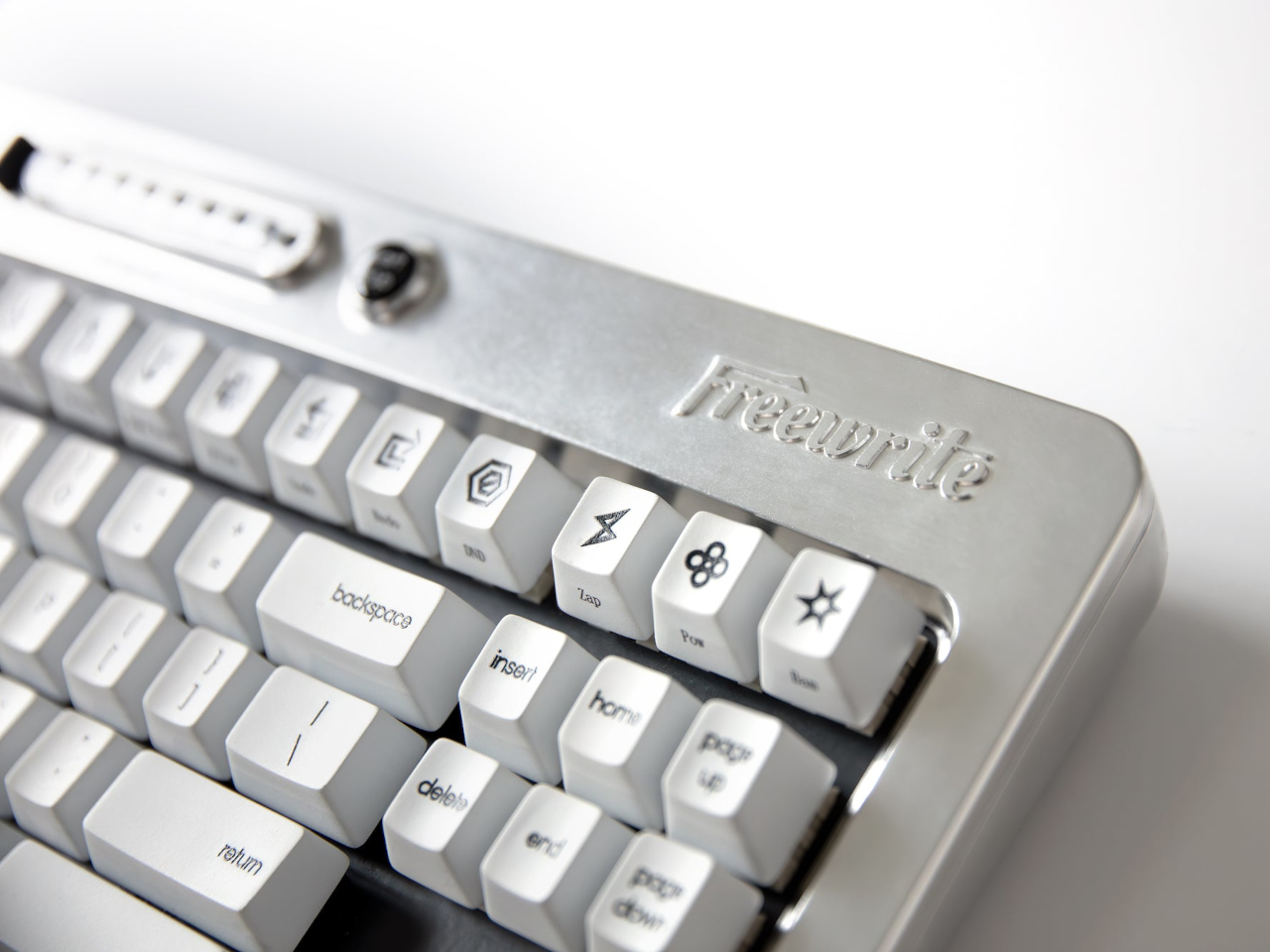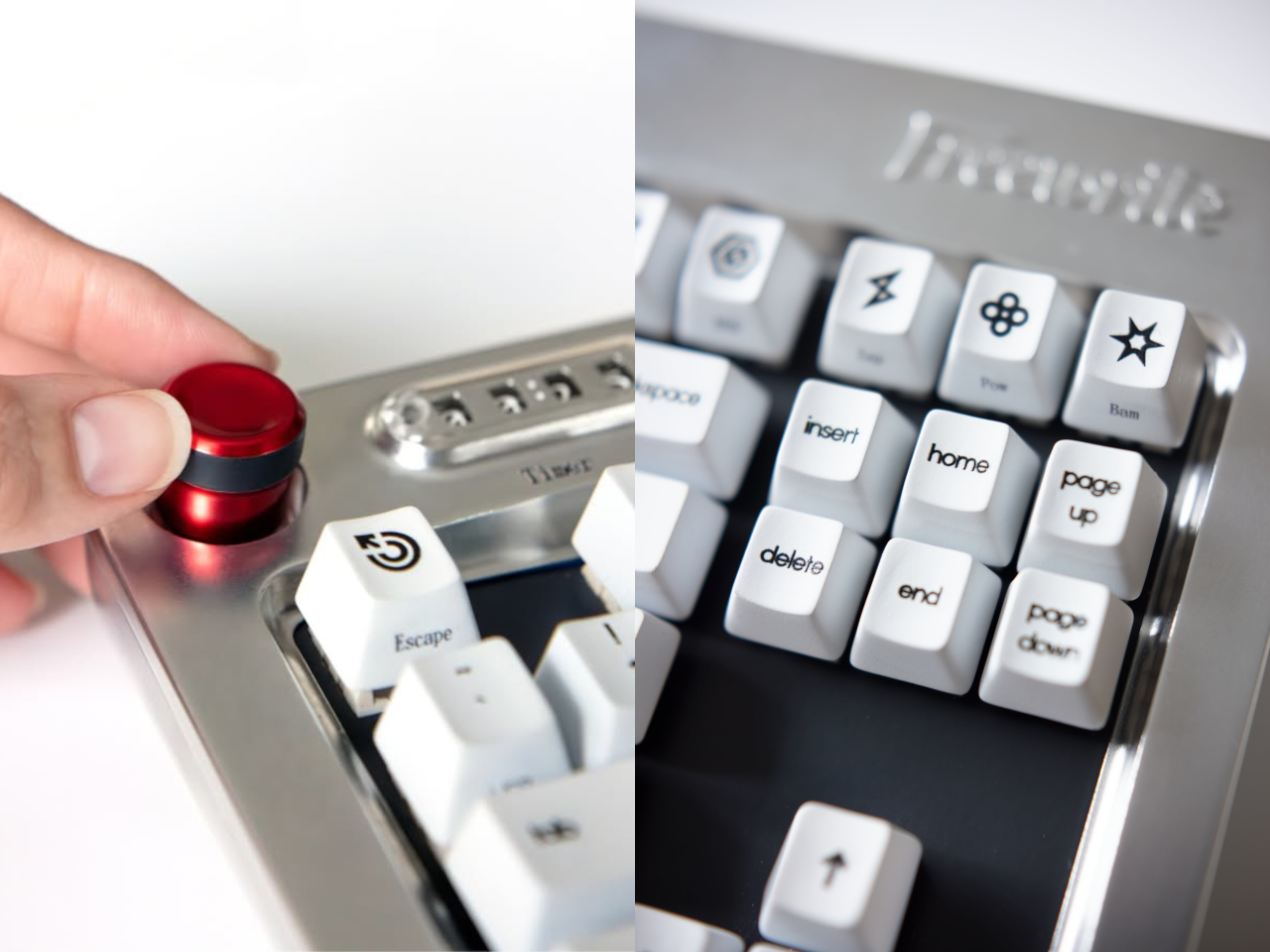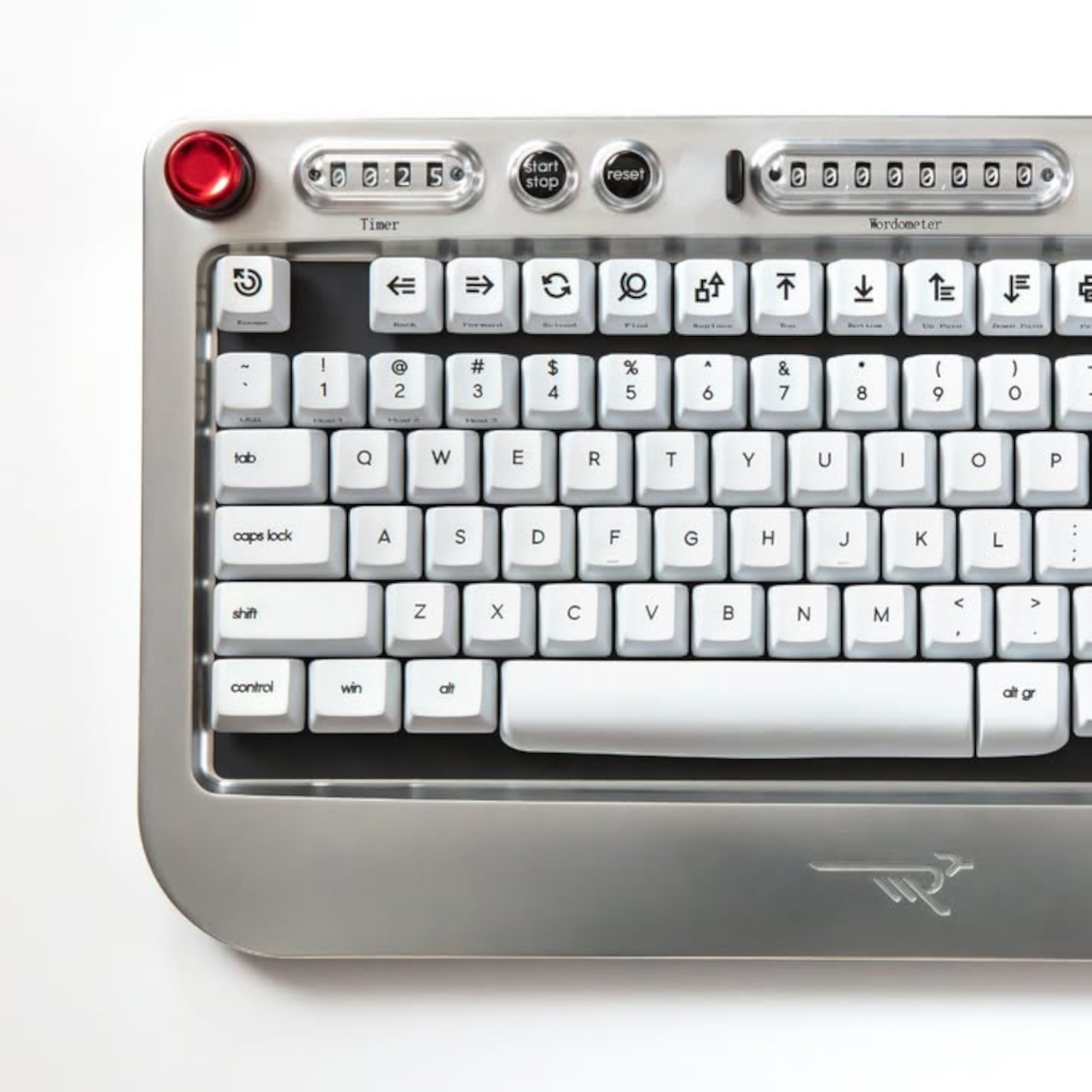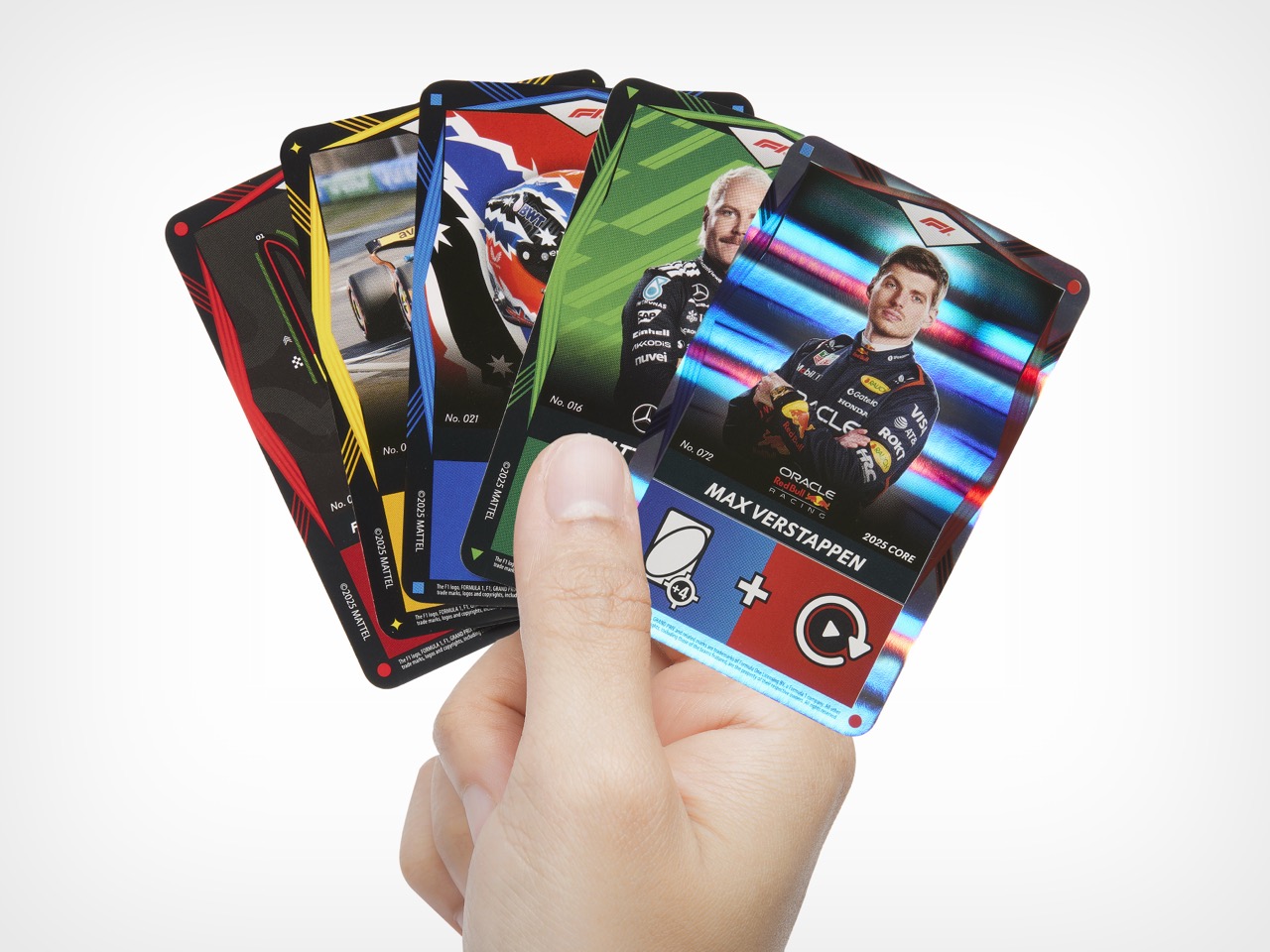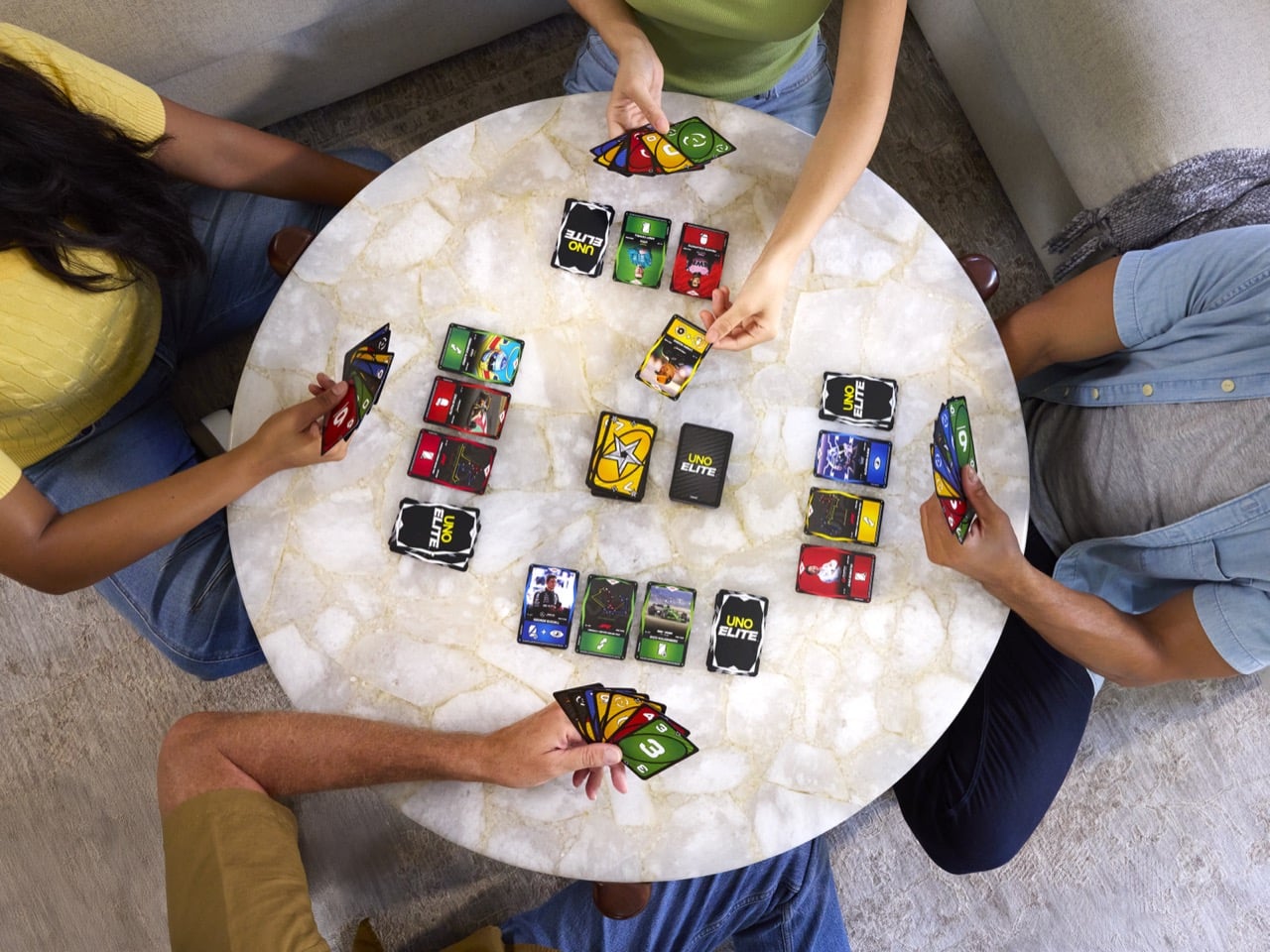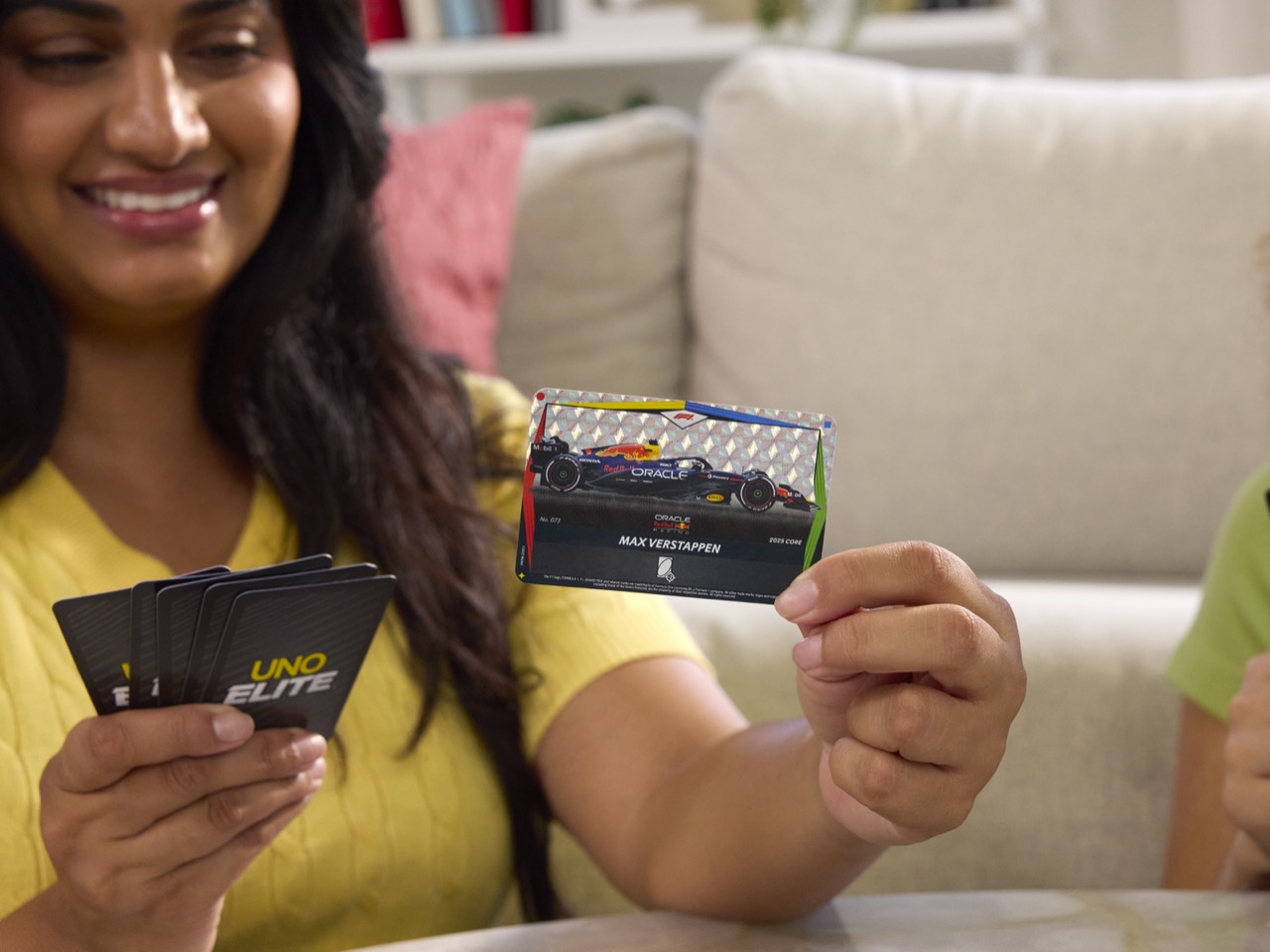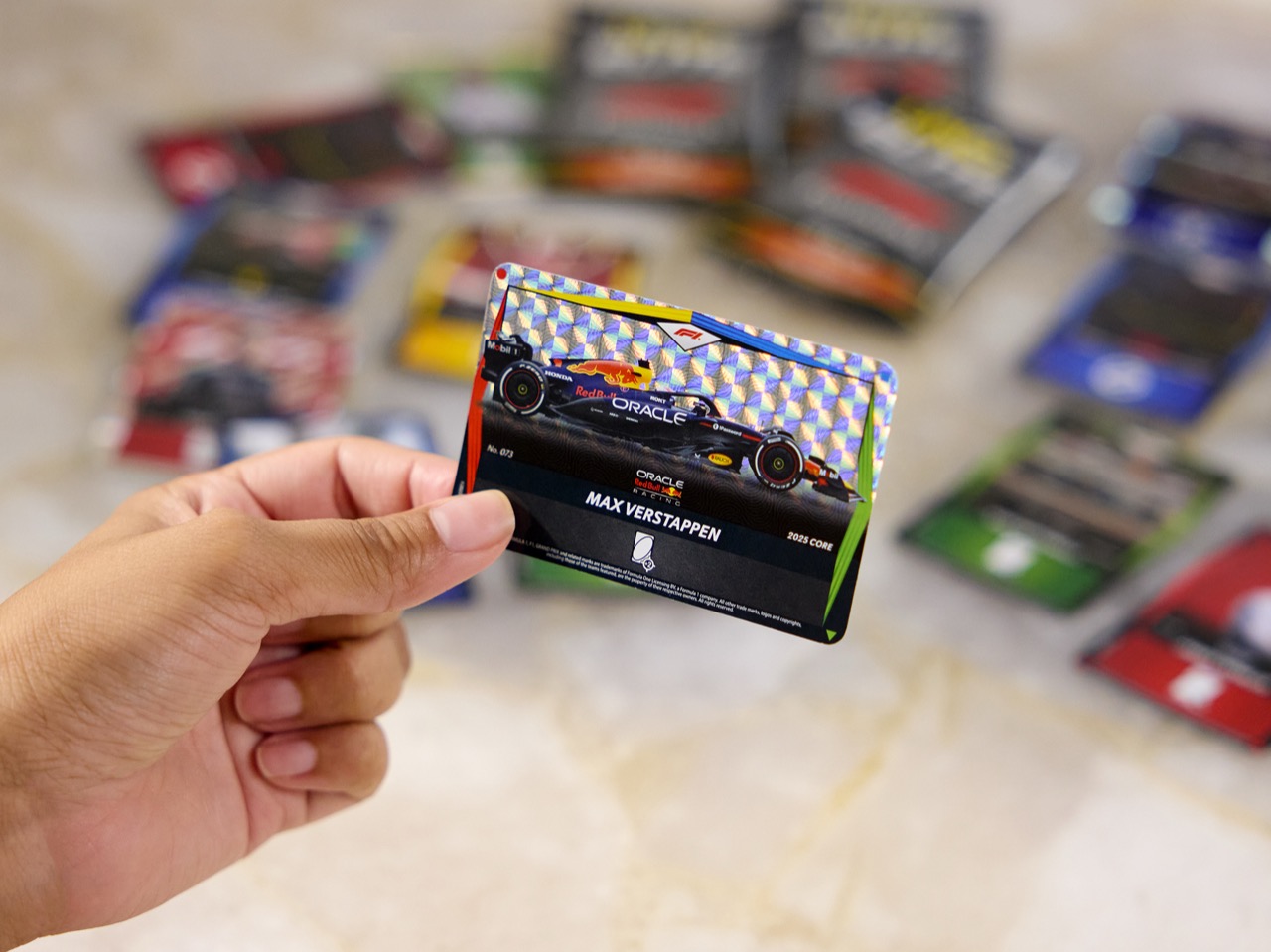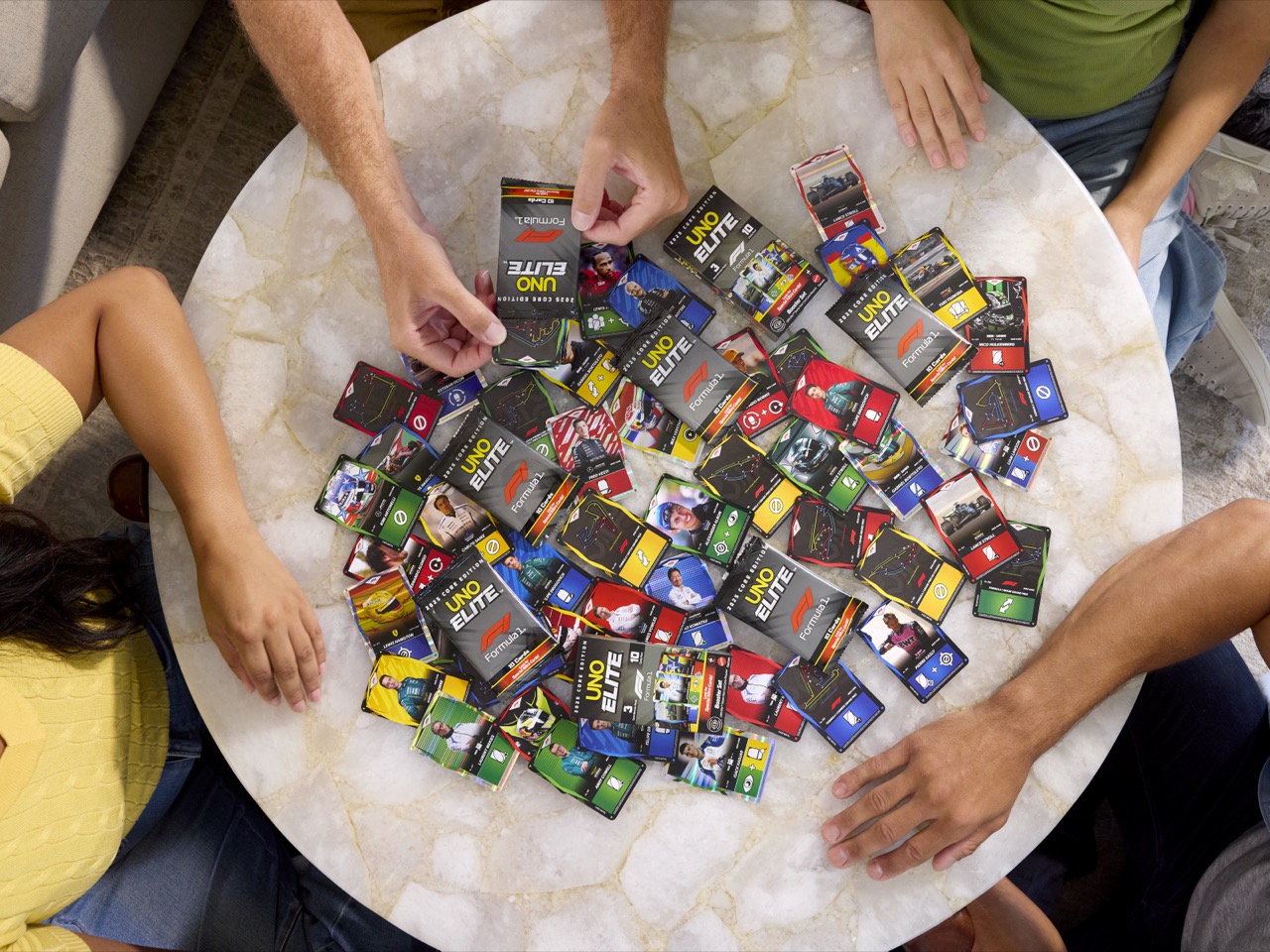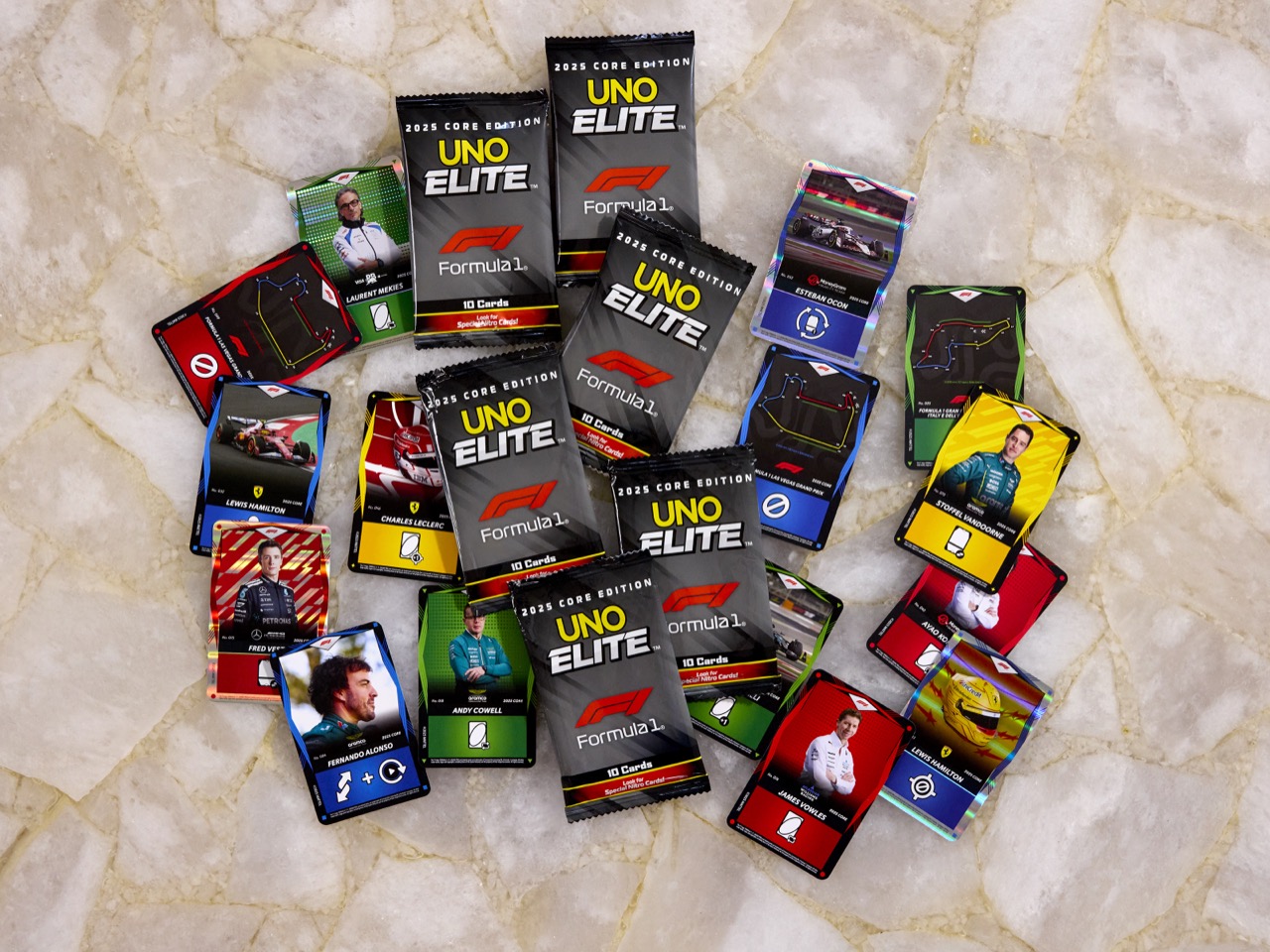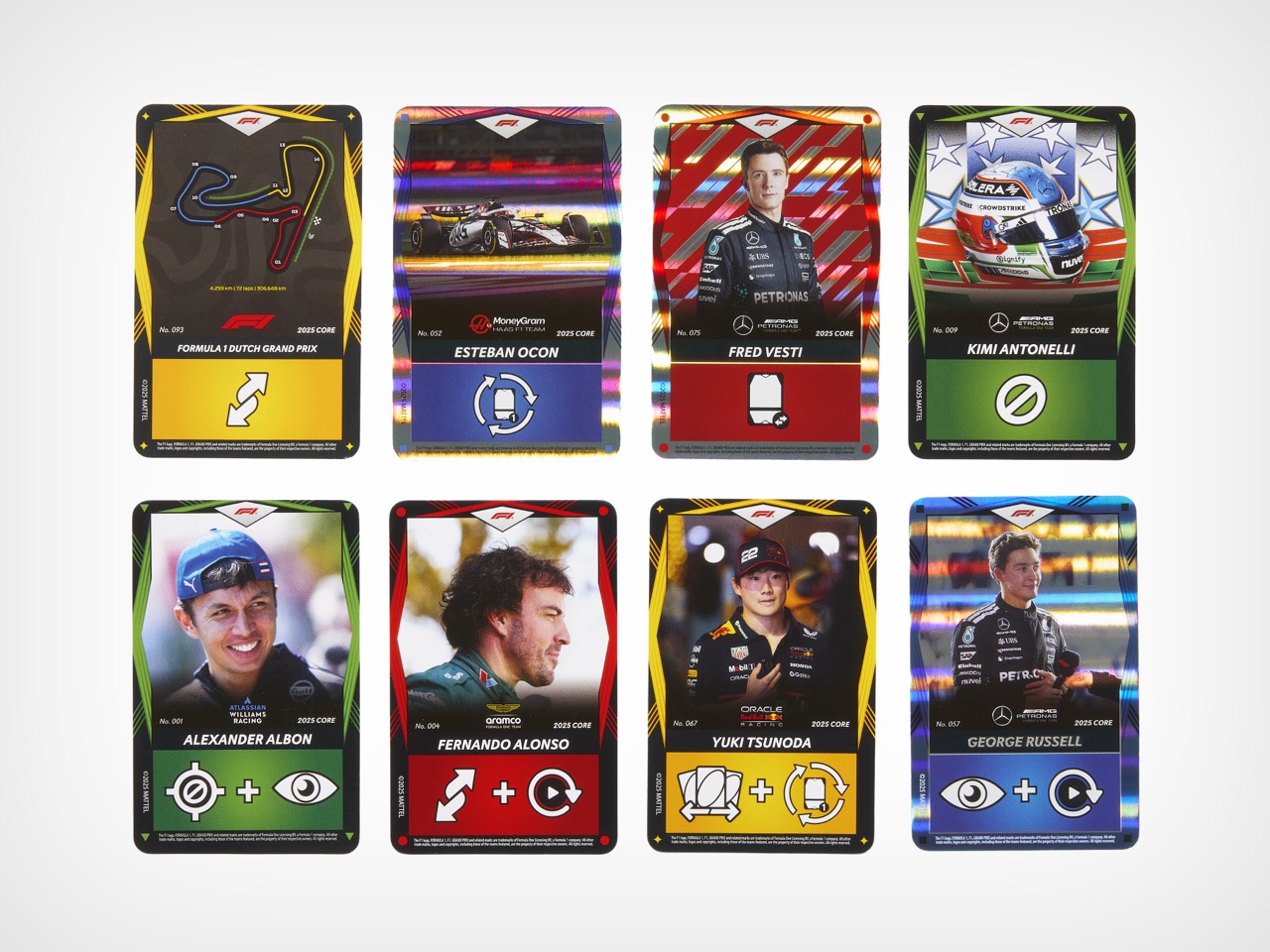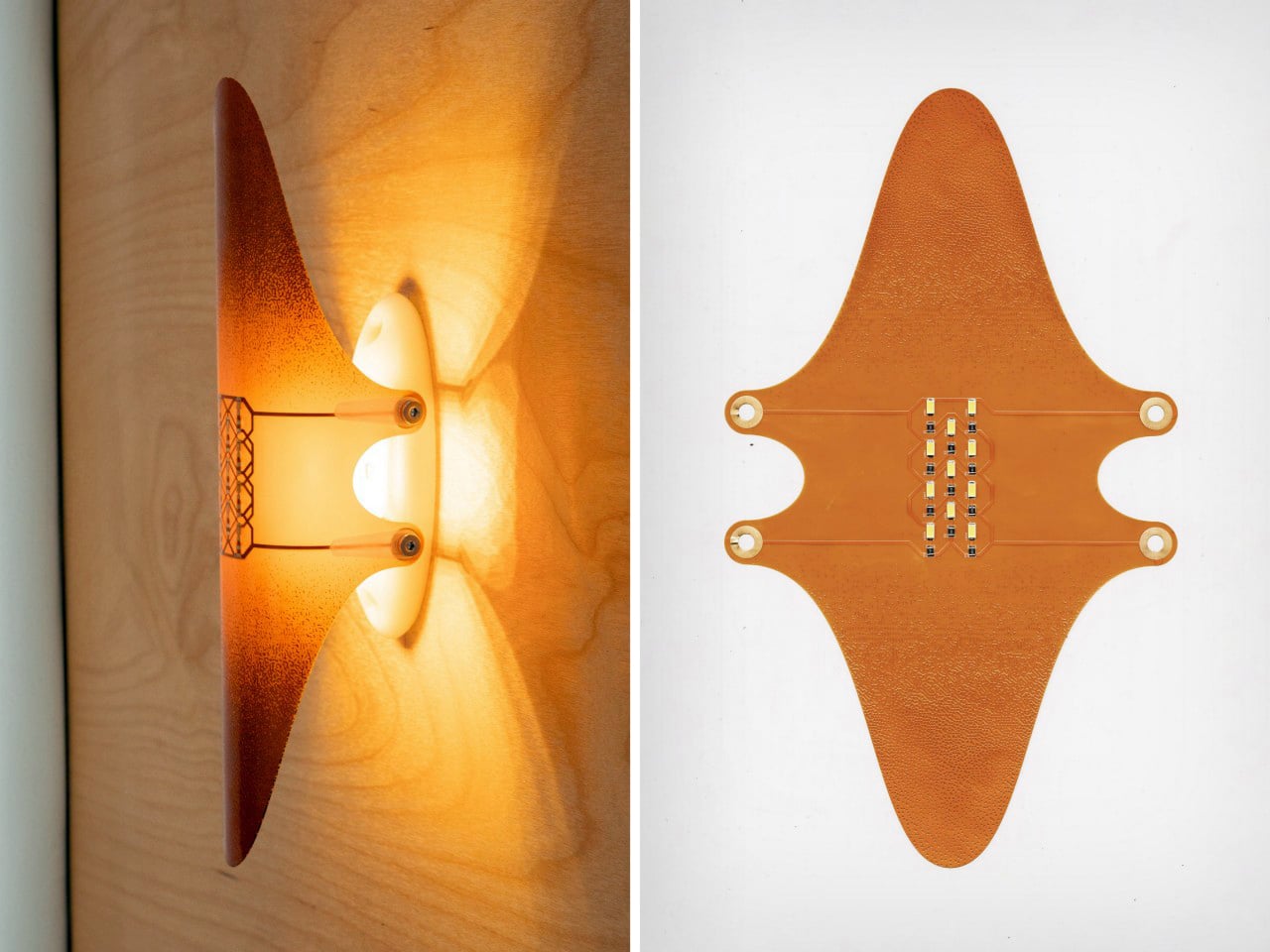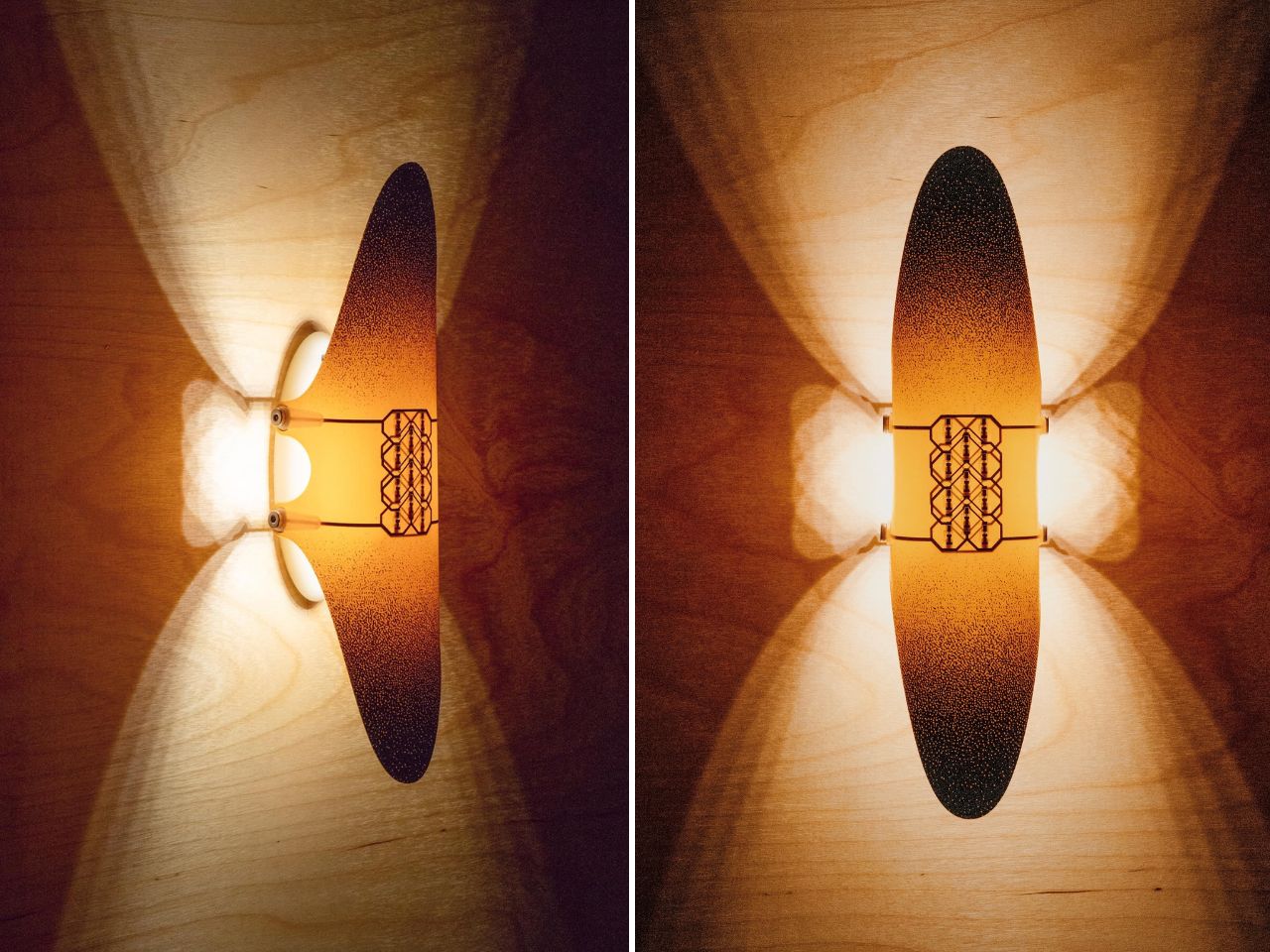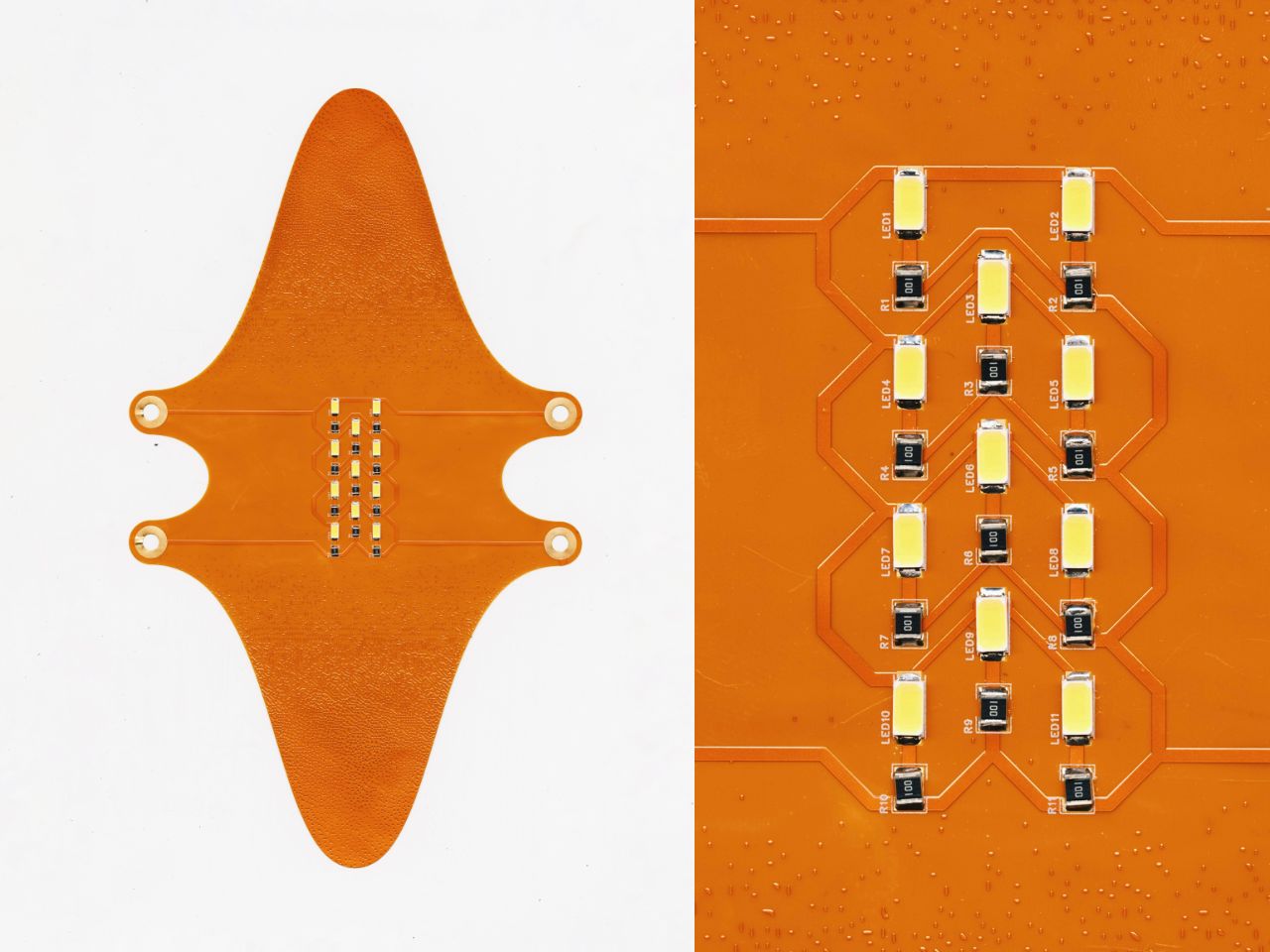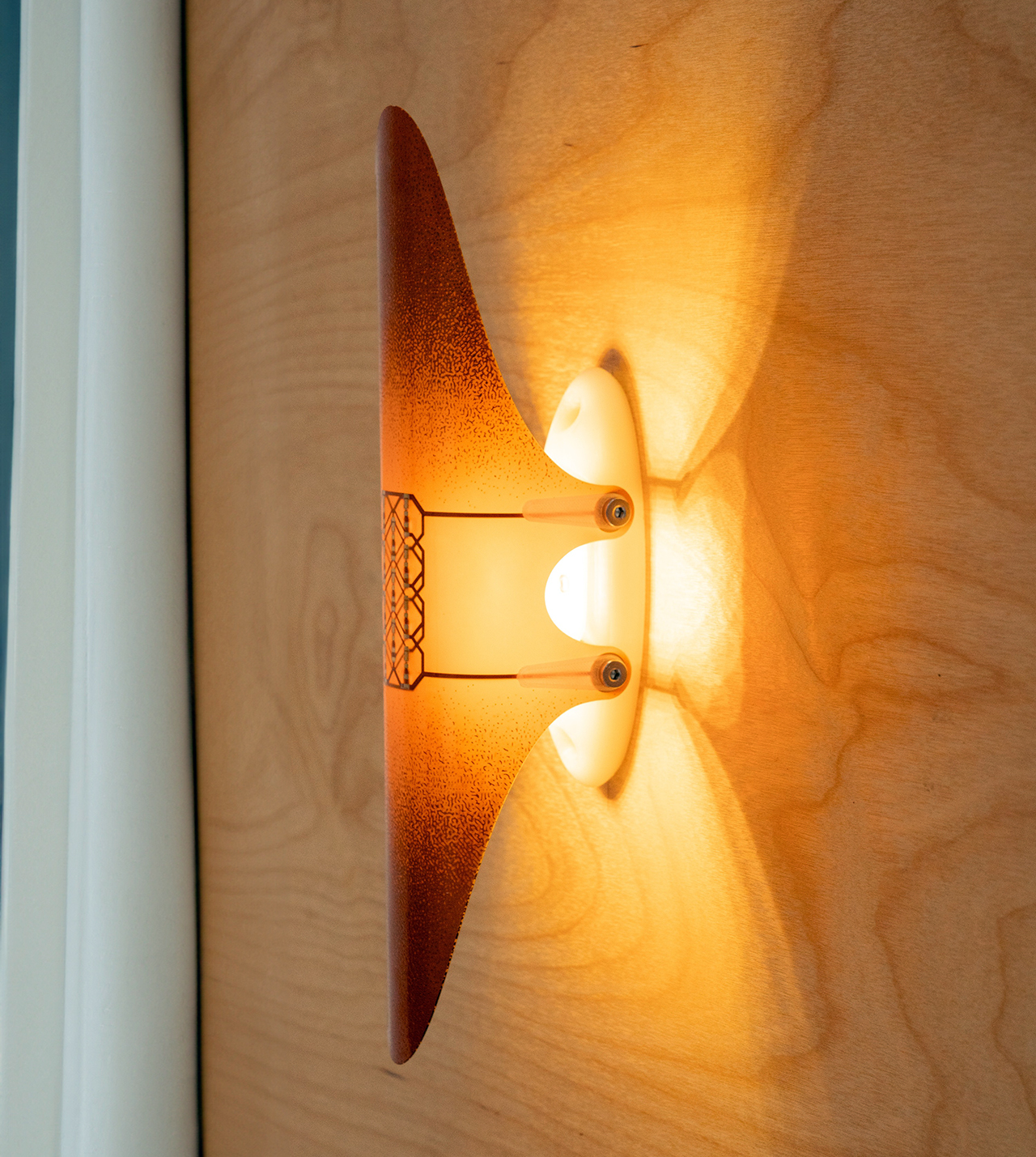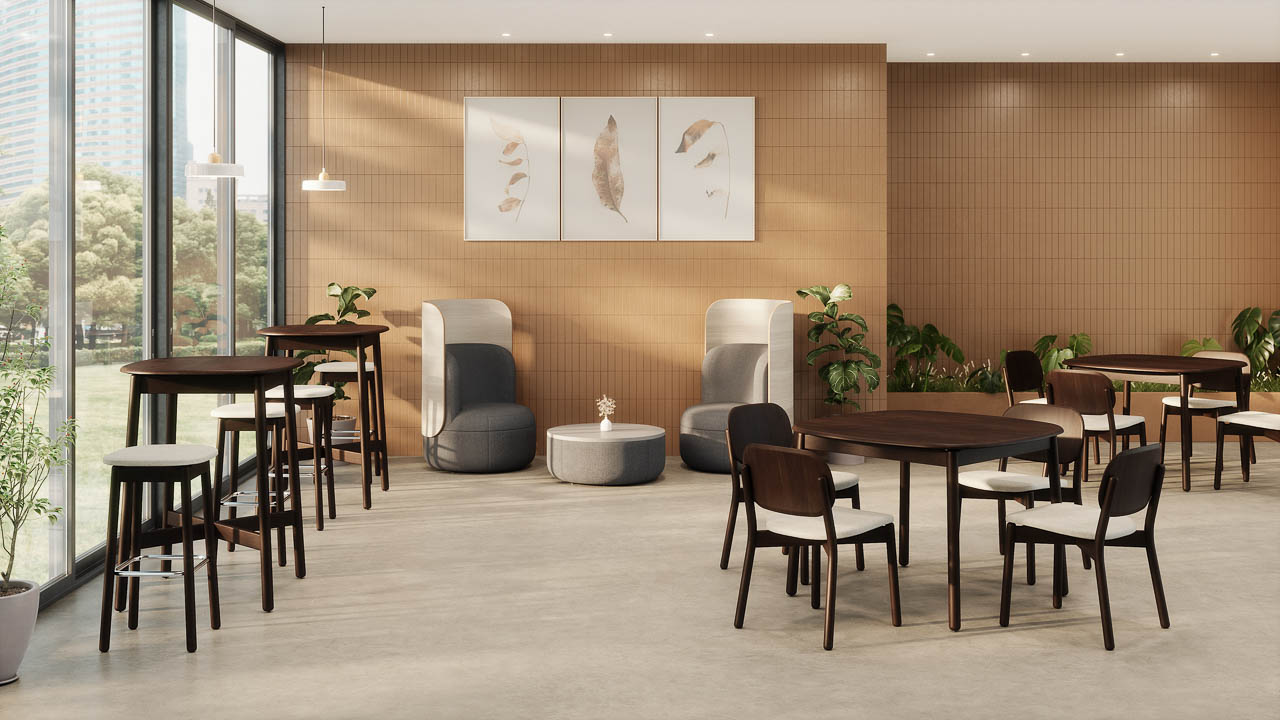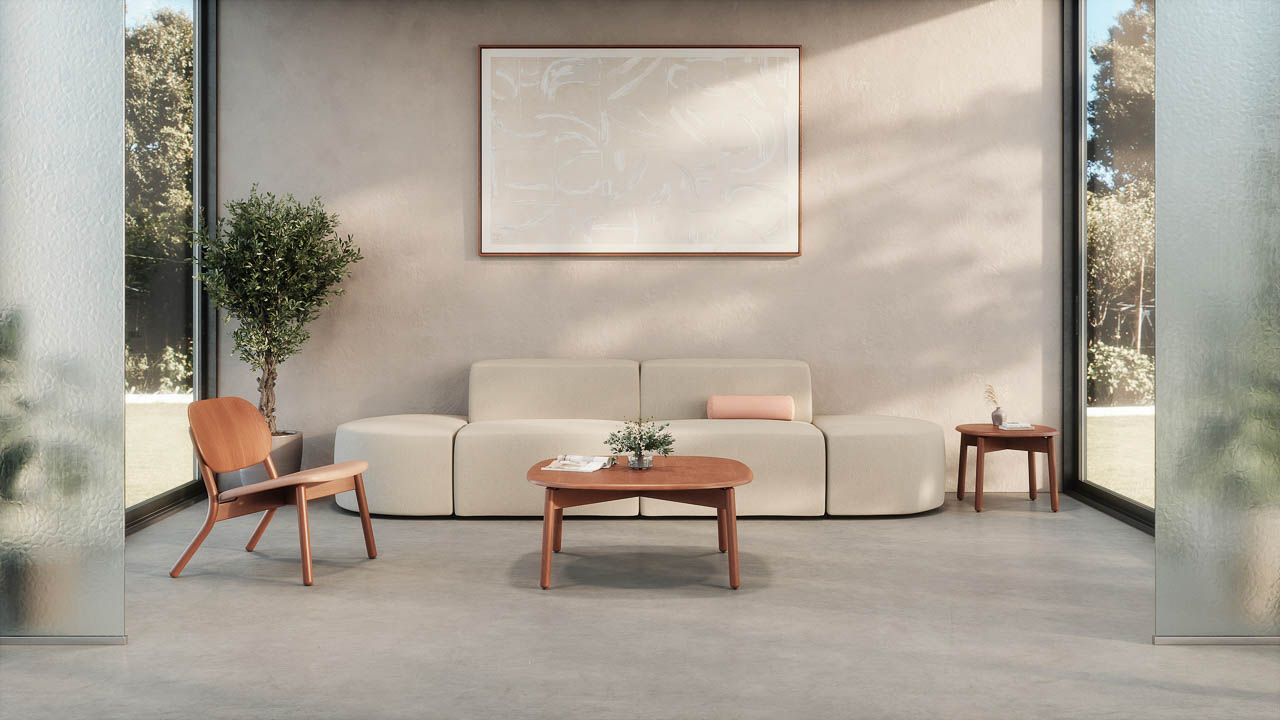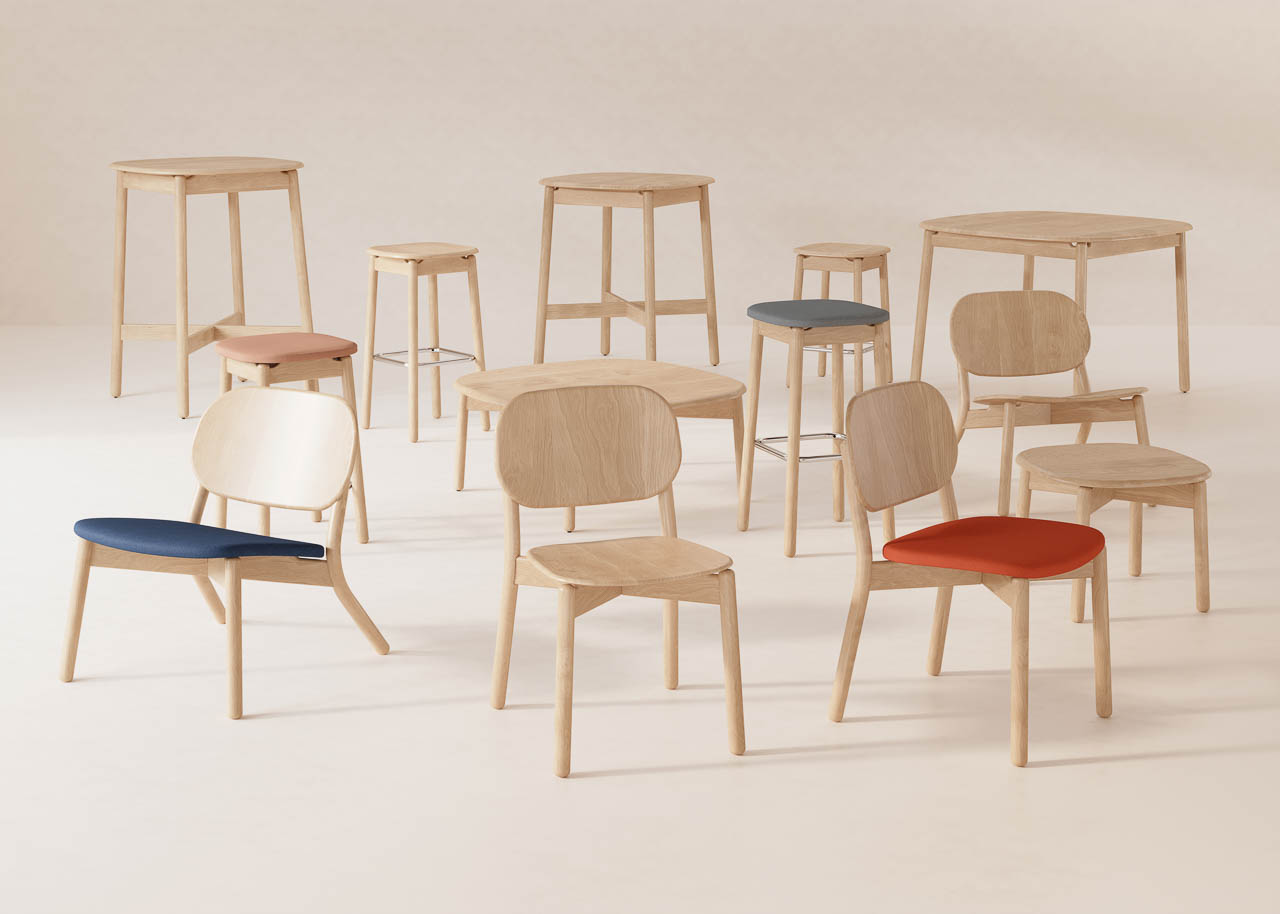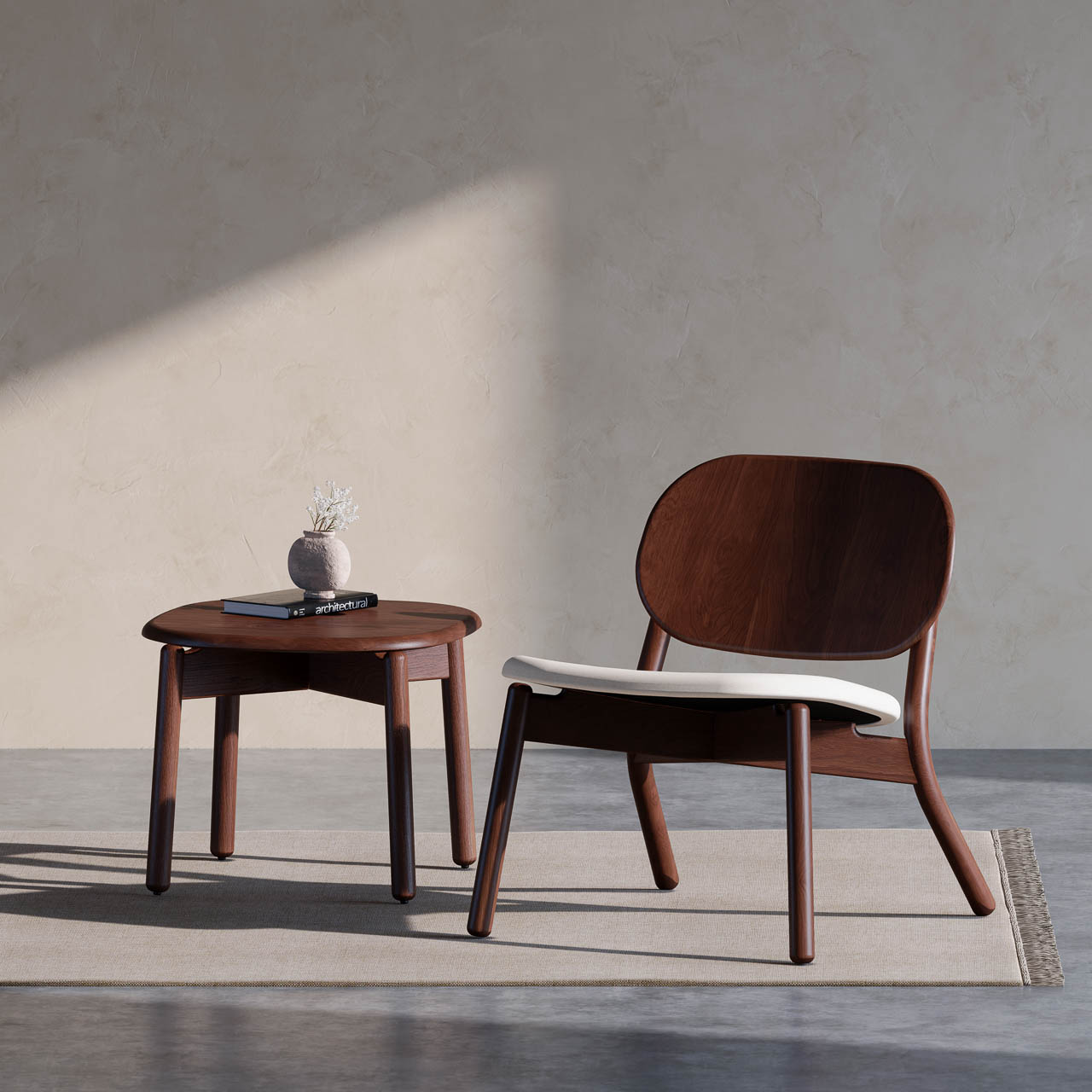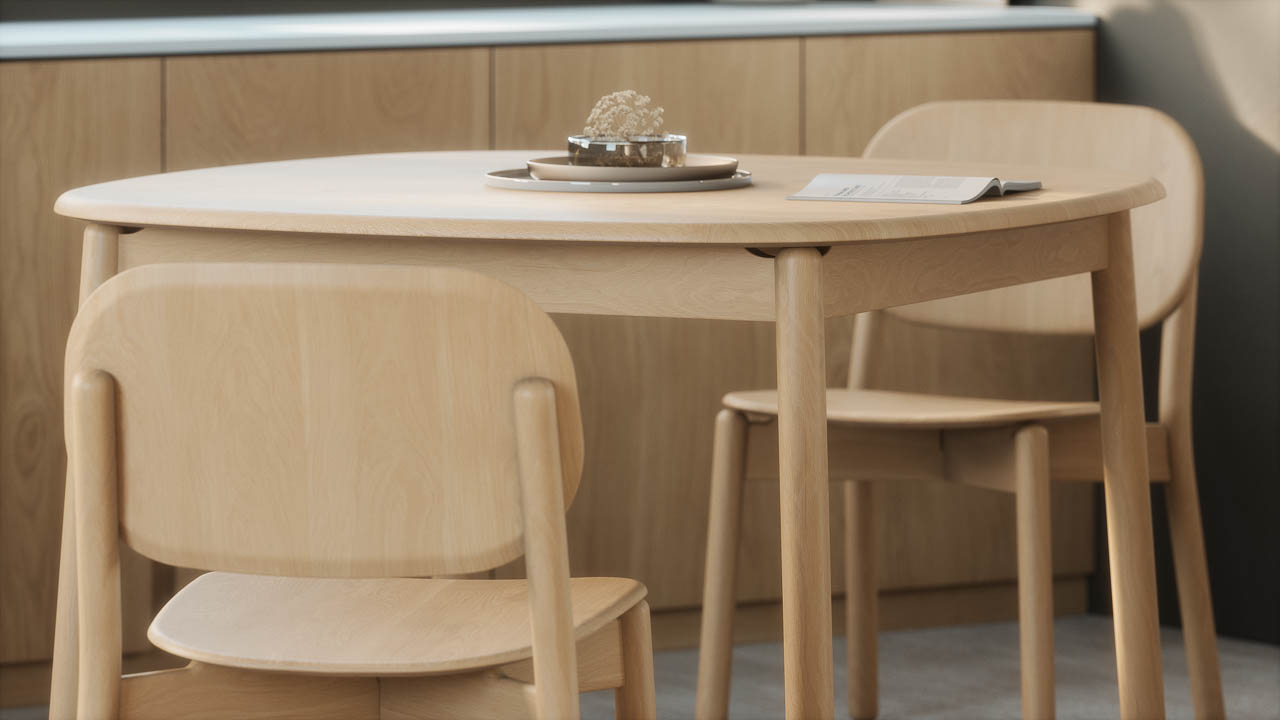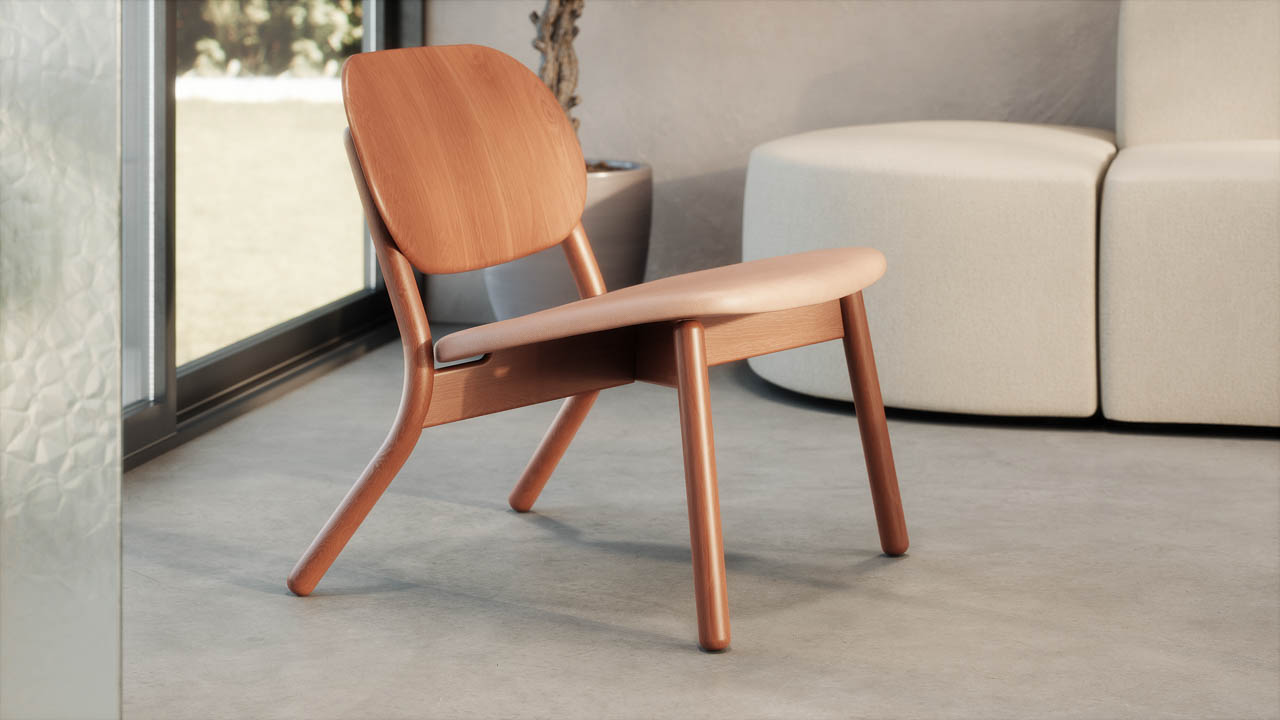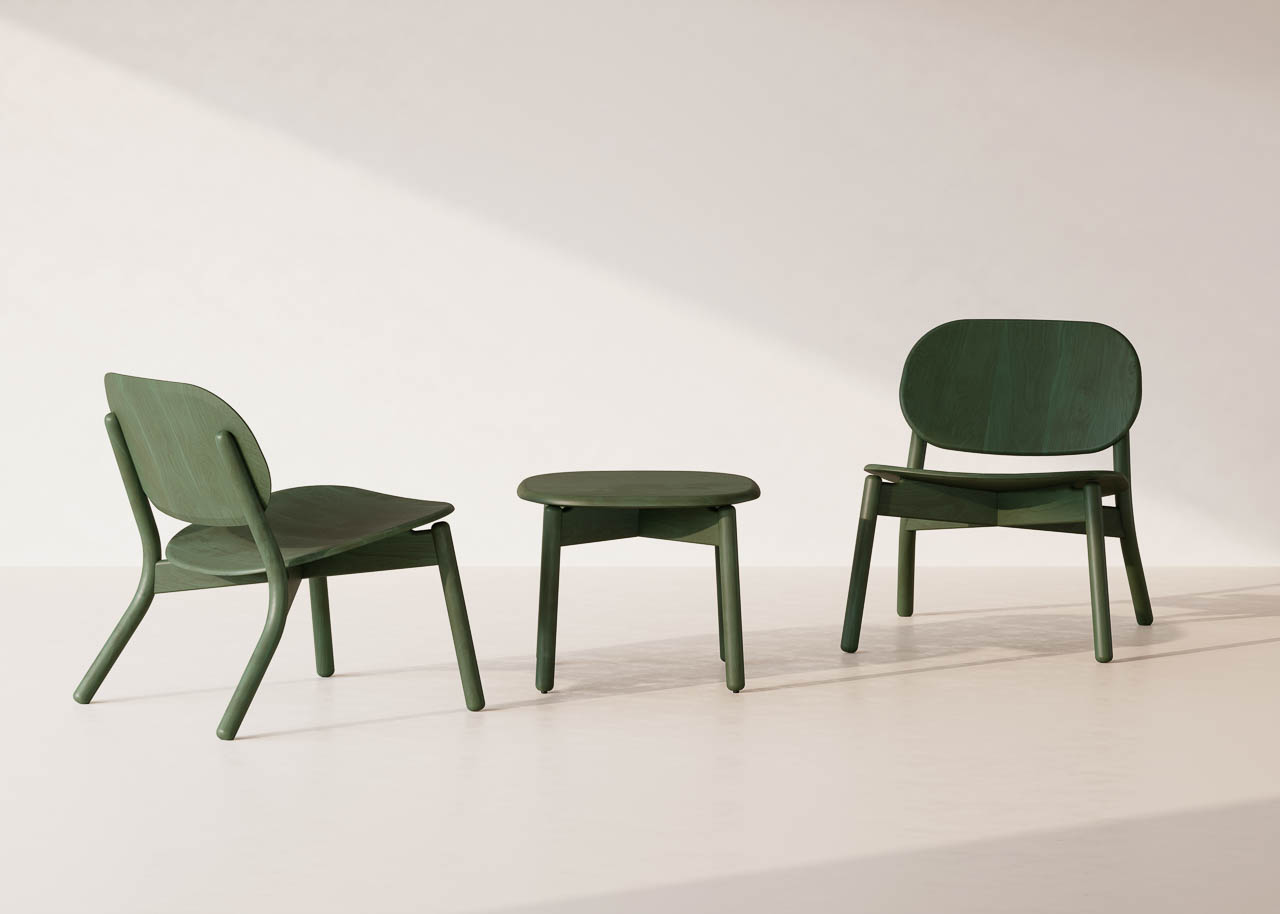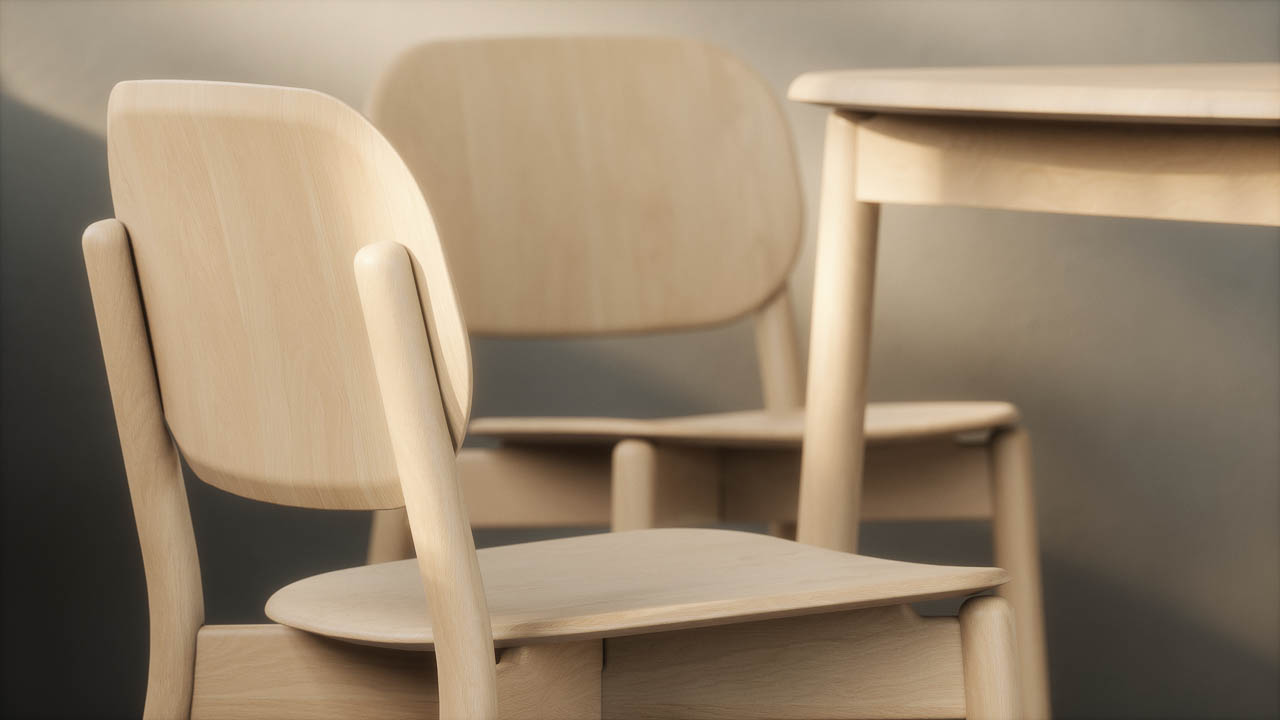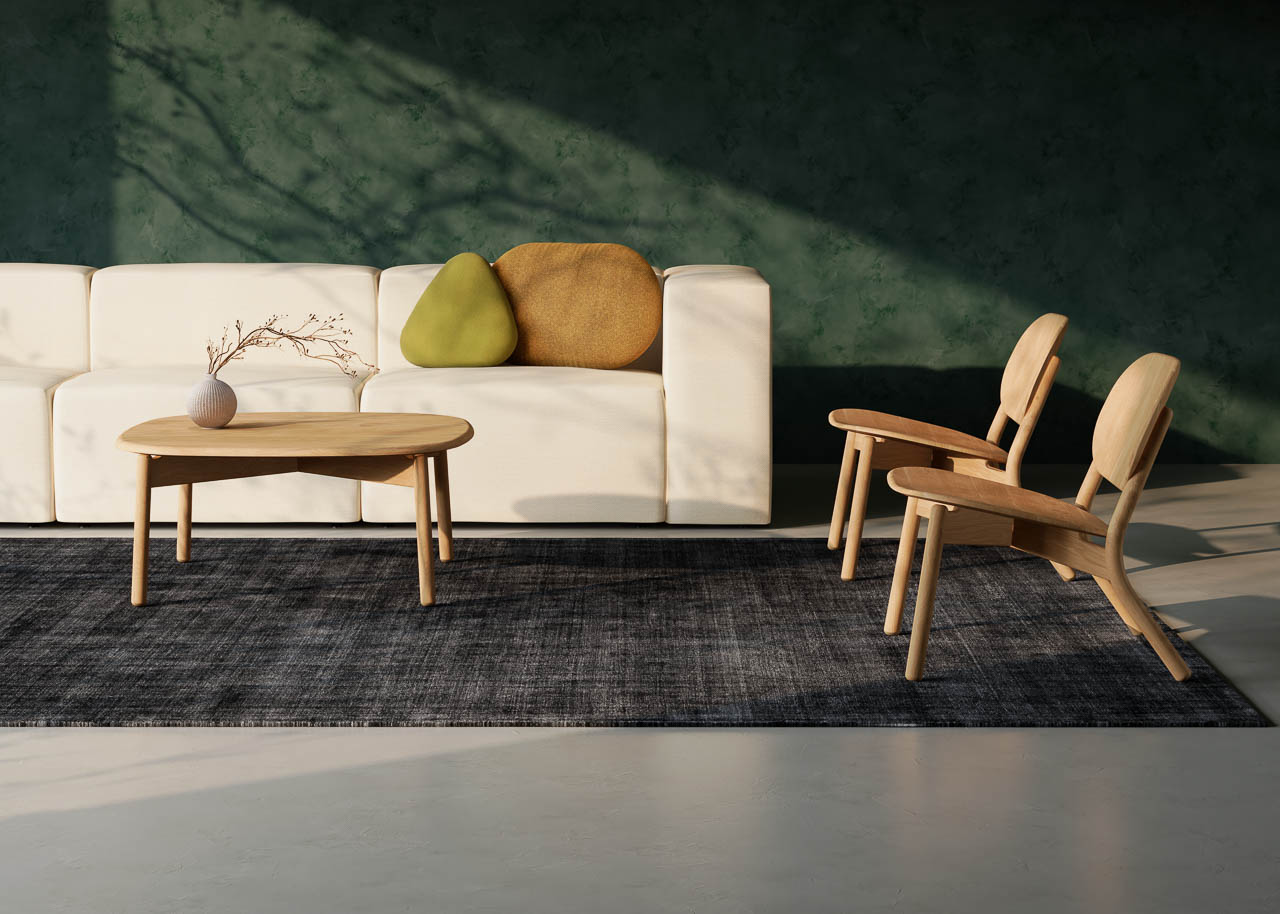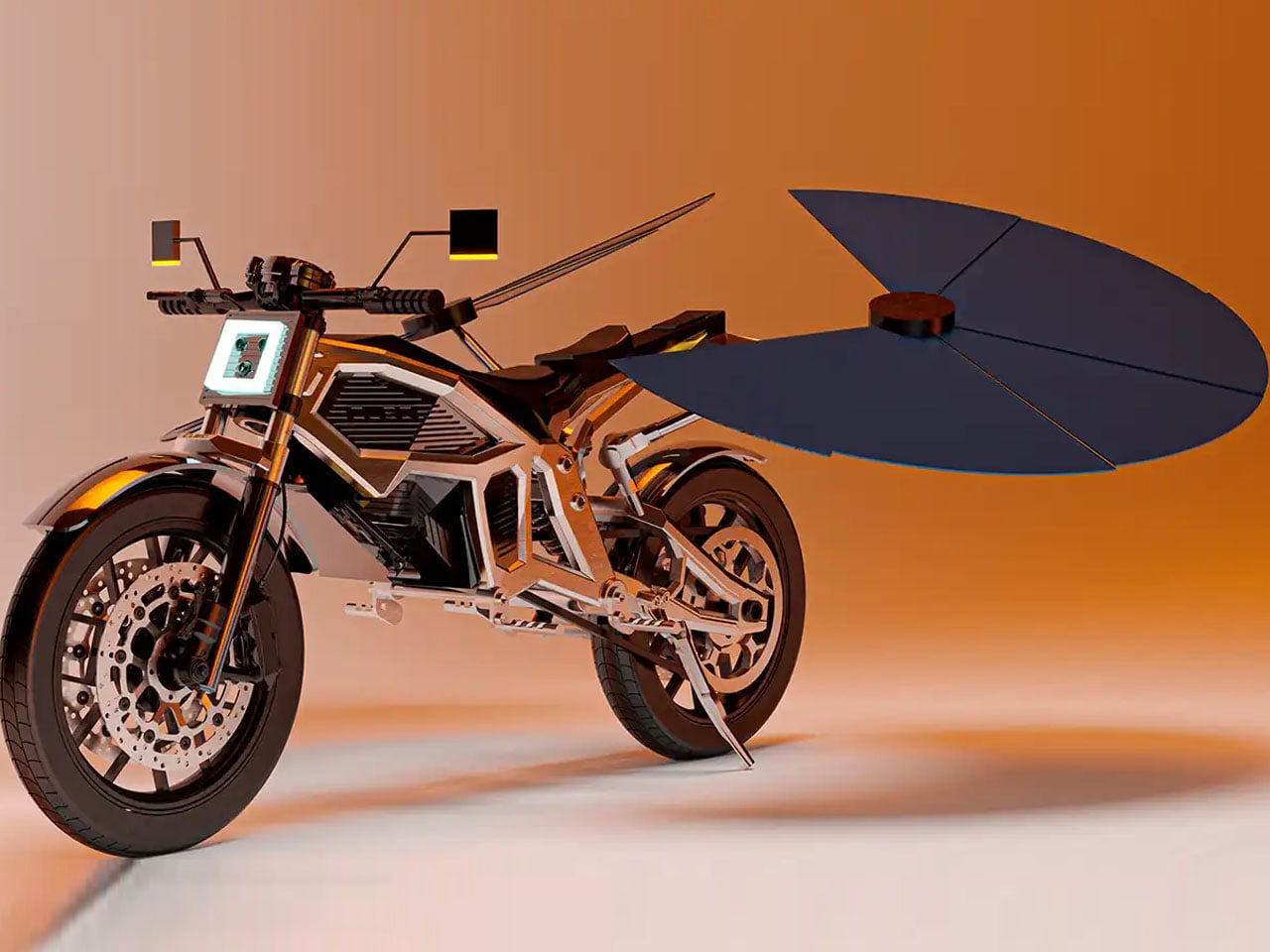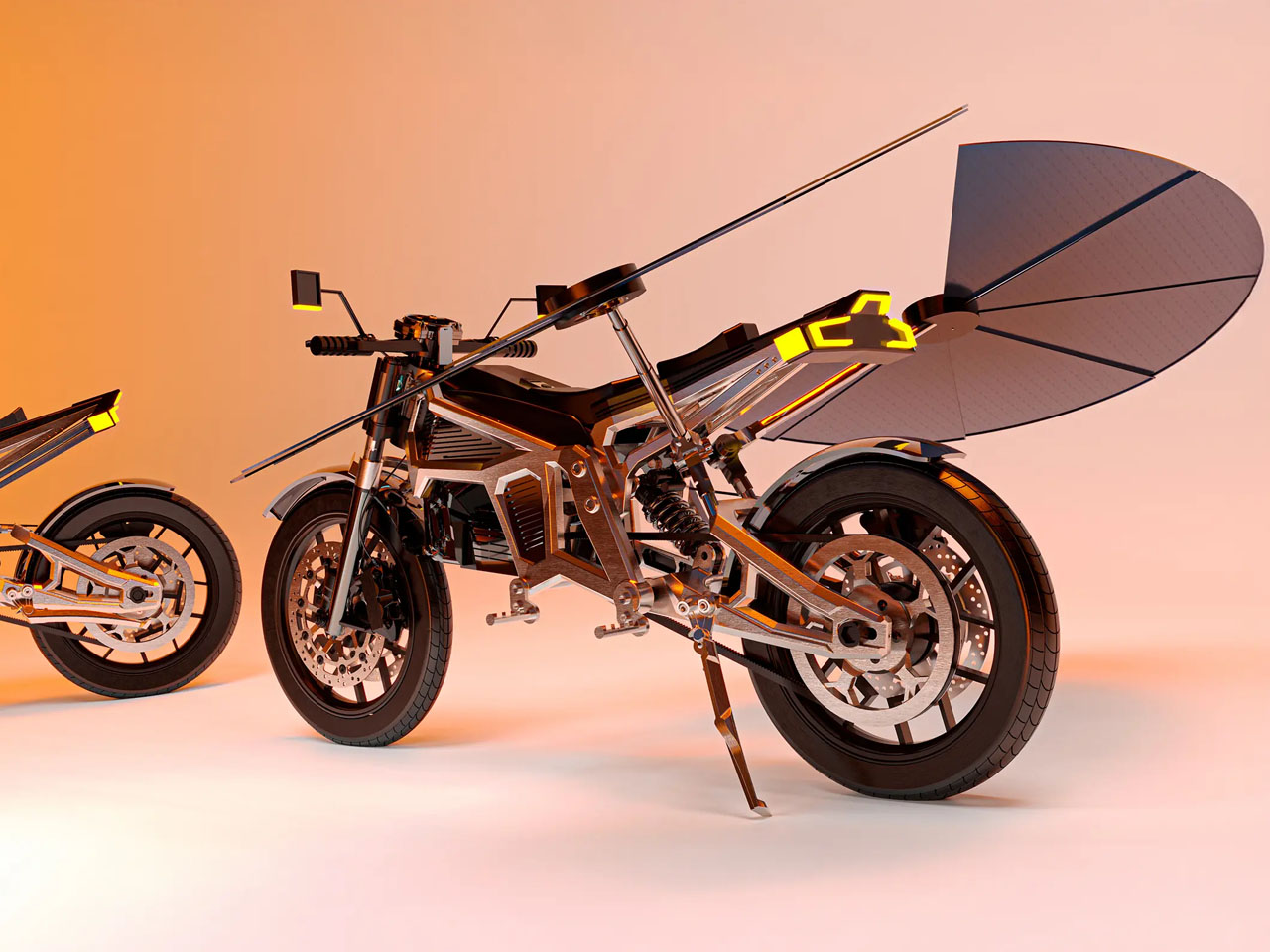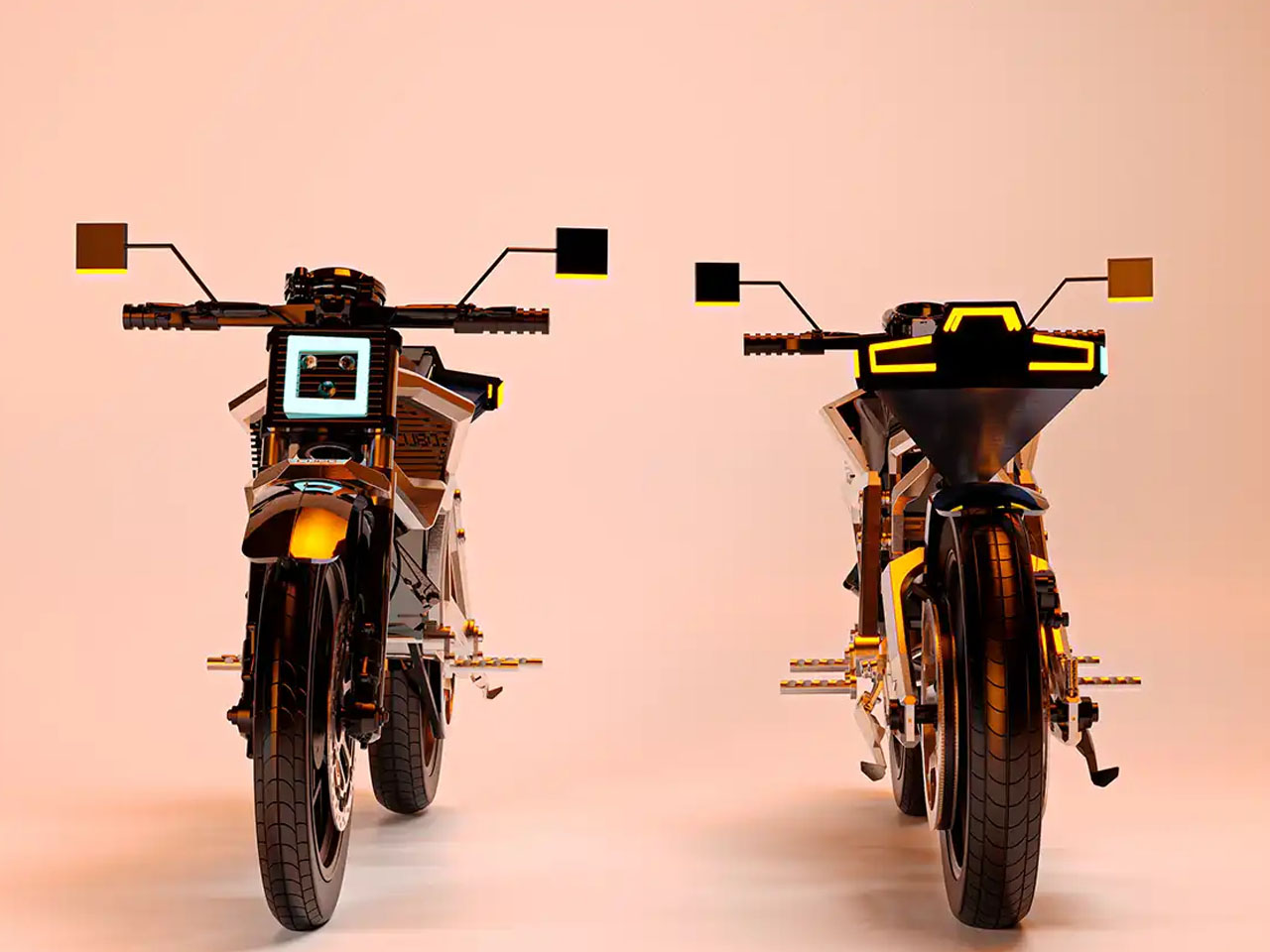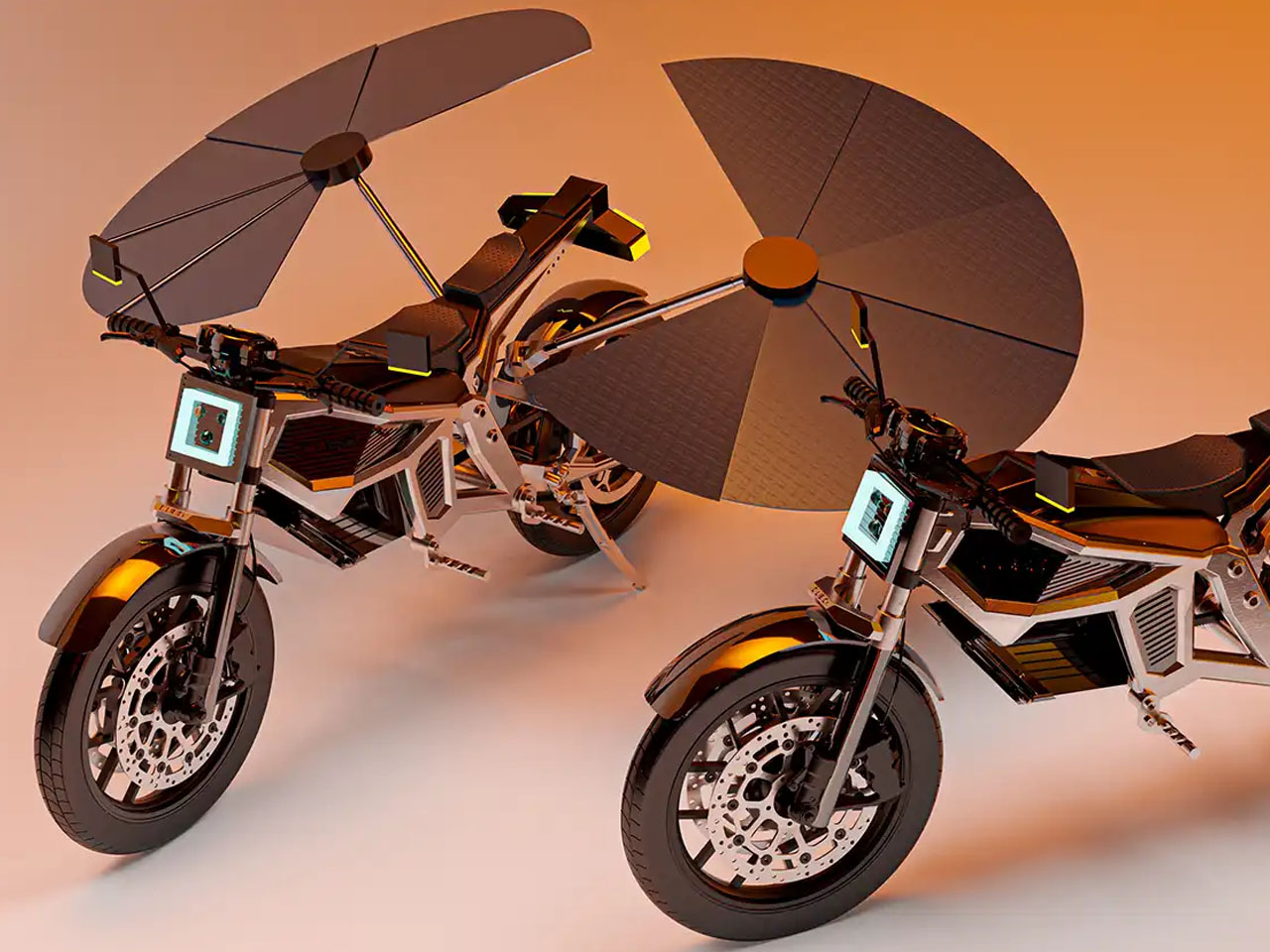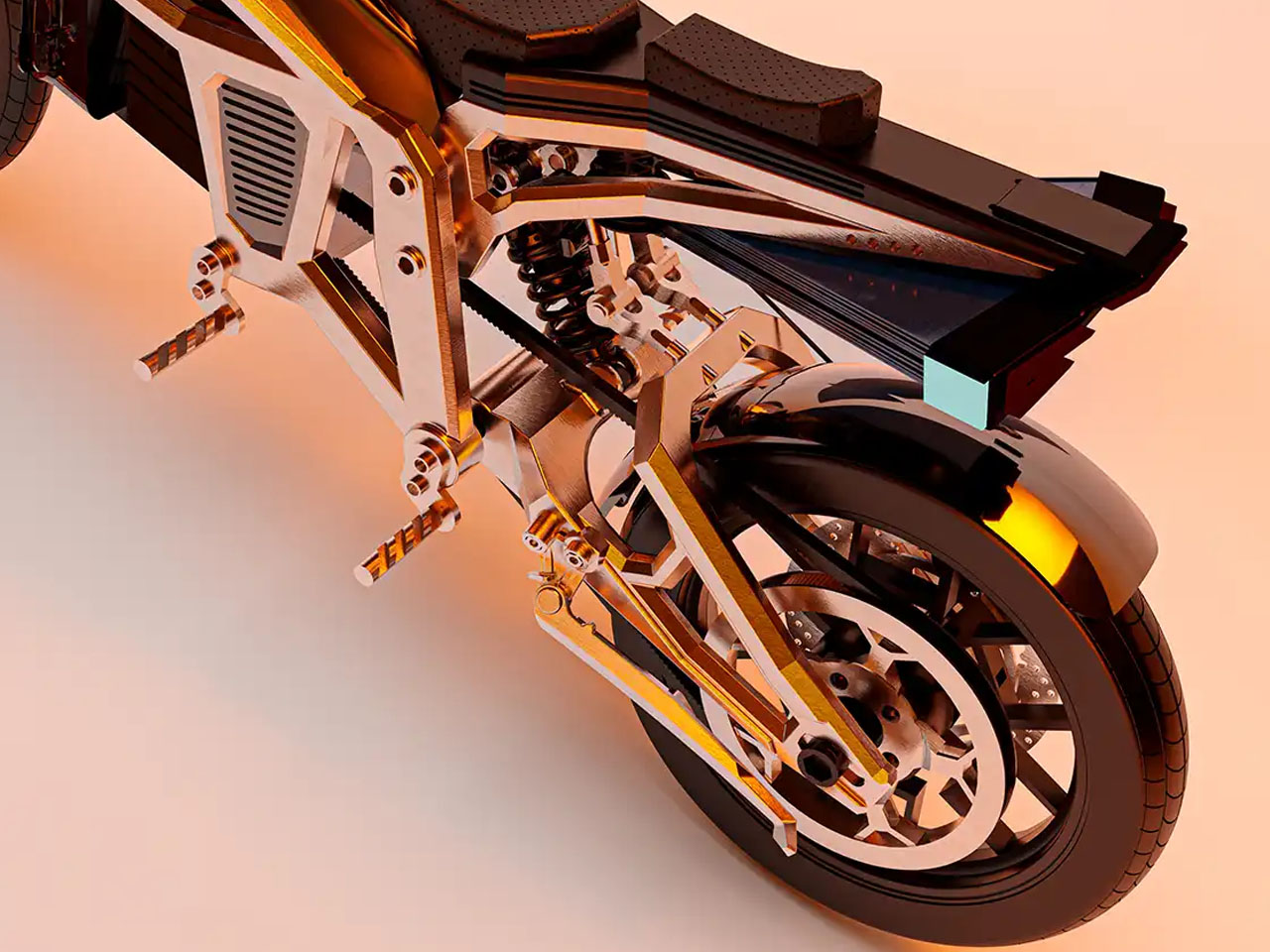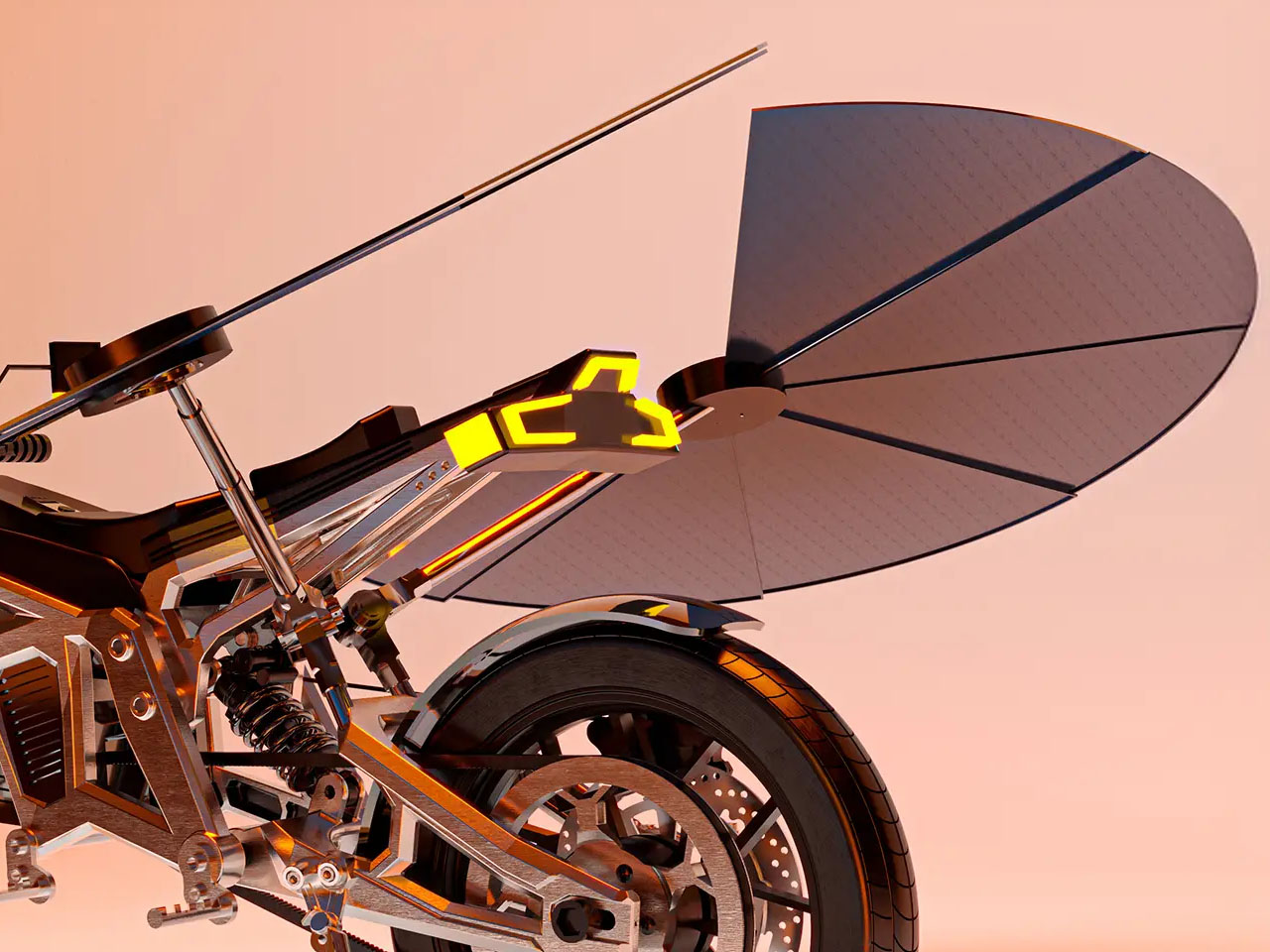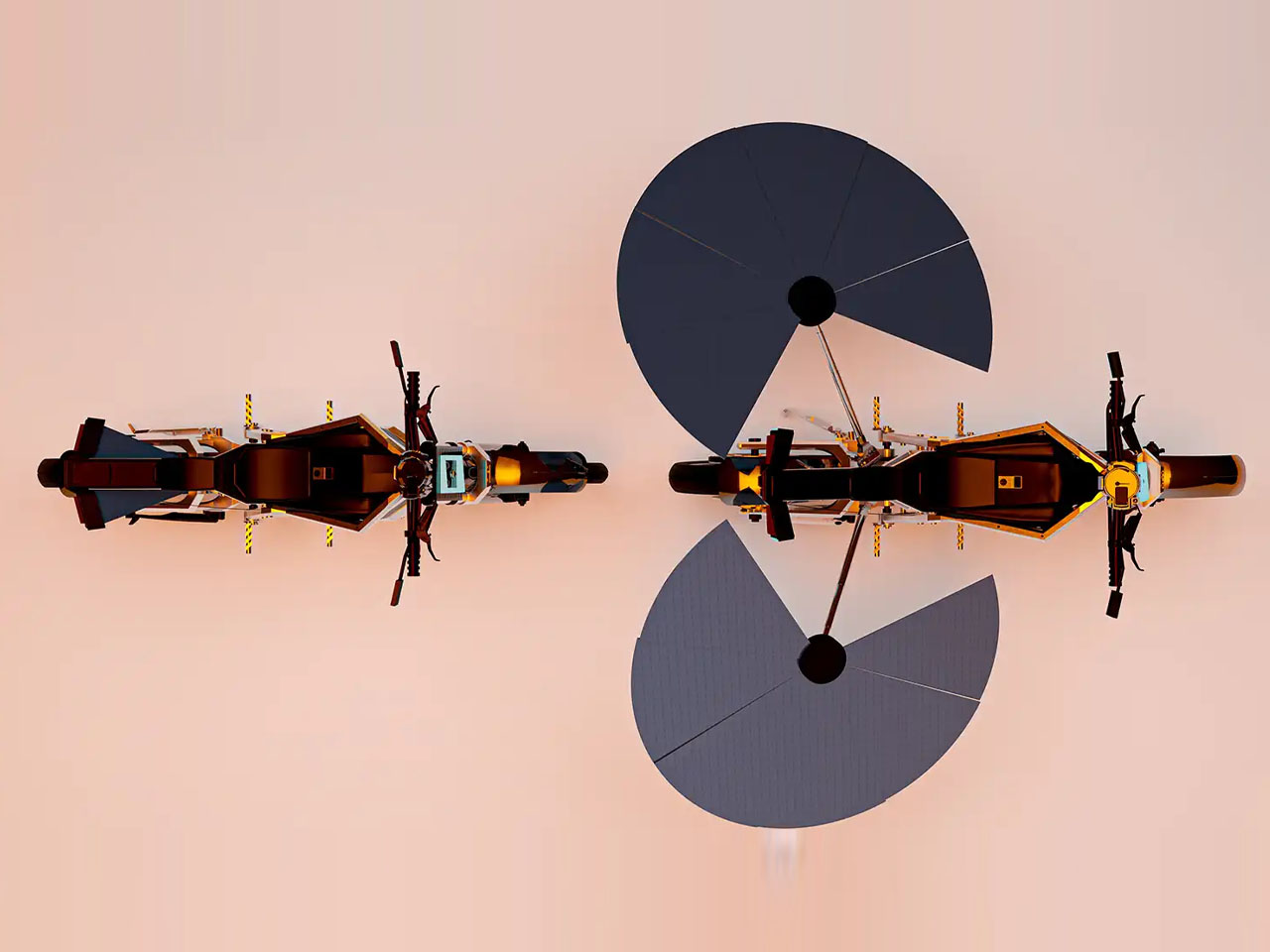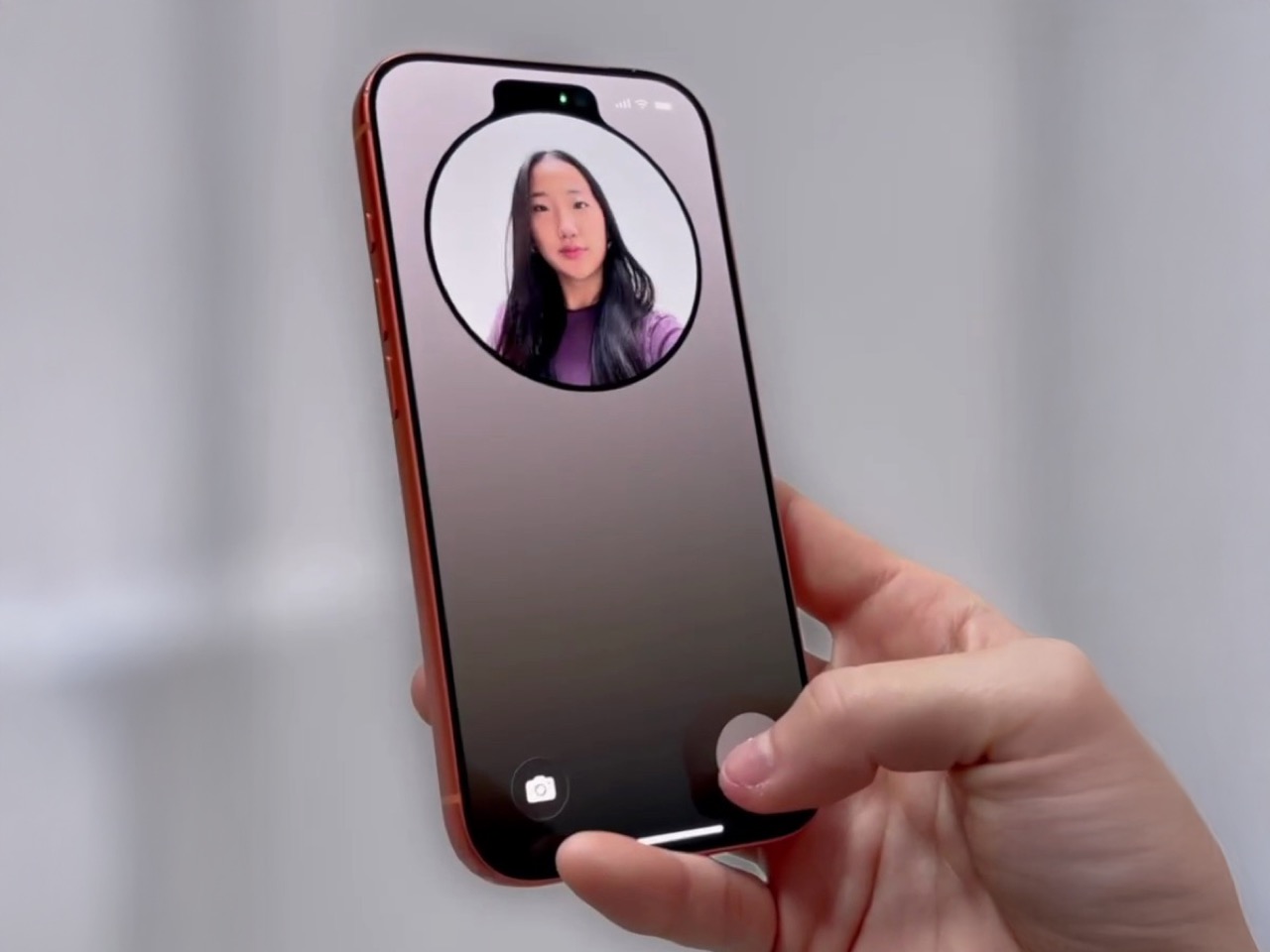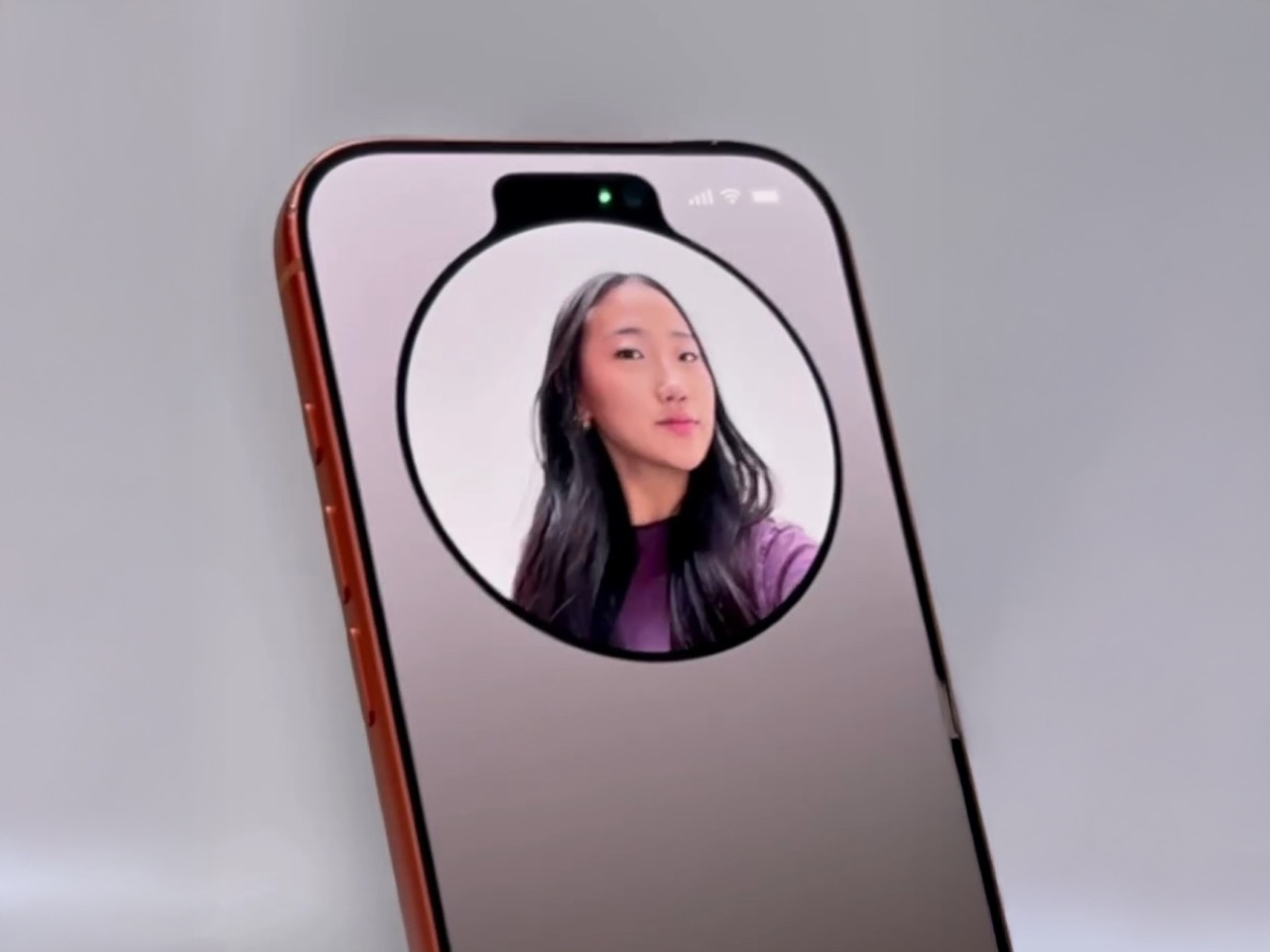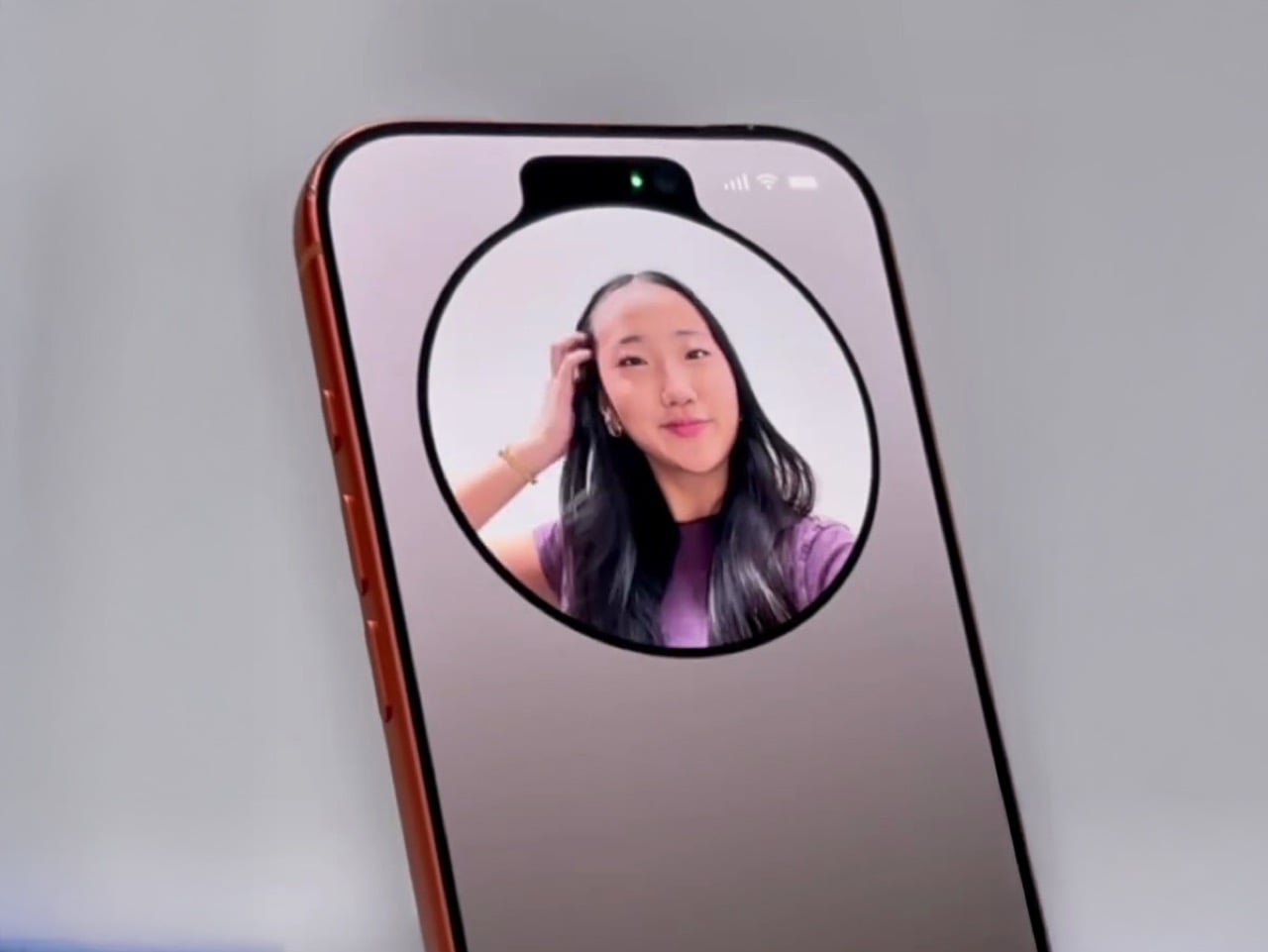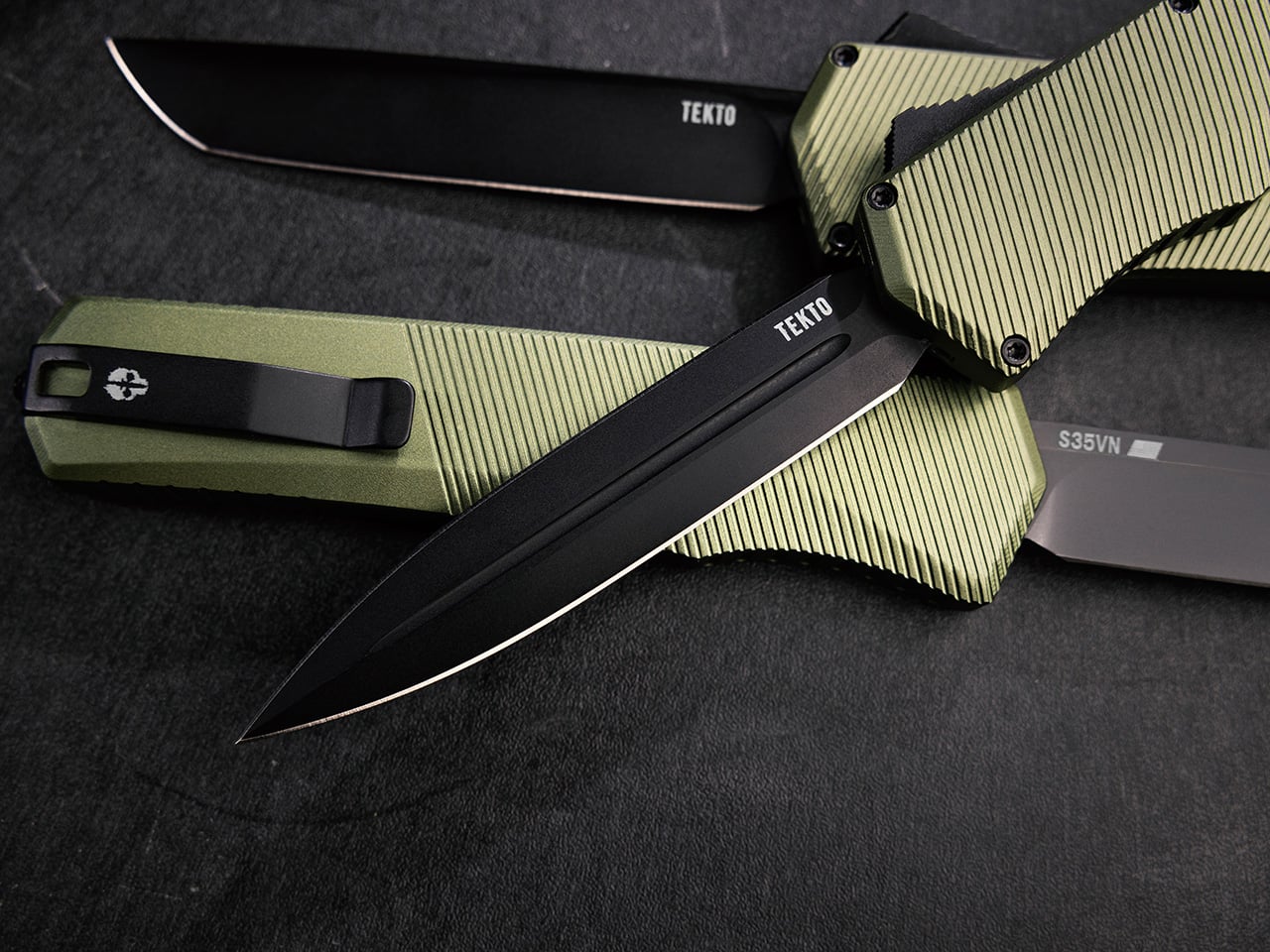
The annual flood of Black Friday deals can feel overwhelming, a constant barrage of alerts and ads all claiming to offer the deal of a lifetime. For those of us who appreciate well-designed gear, the challenge isn’t just finding something cheap; it’s finding something great at a price that makes it impossible to ignore. A good everyday carry knife, in particular, is an investment in utility and reliability. This is the time of year when that investment pays off before you even make the purchase, with respected brands and proven designs becoming more accessible than ever.
Consider this your curated shortlist, a direct path to the best value in the EDC knife world right now. We’ve cut through the noise to bring you five standout blades that are currently seeing major price drops, from compact workhorses to unique tactical designs. Each one was chosen based on its reputation, build quality, and a discount that truly matters. This is your chance to acquire a fantastic tool that punches well above its weight class for a fraction of its usual cost.
Tekto A5 Spry (20% Off)
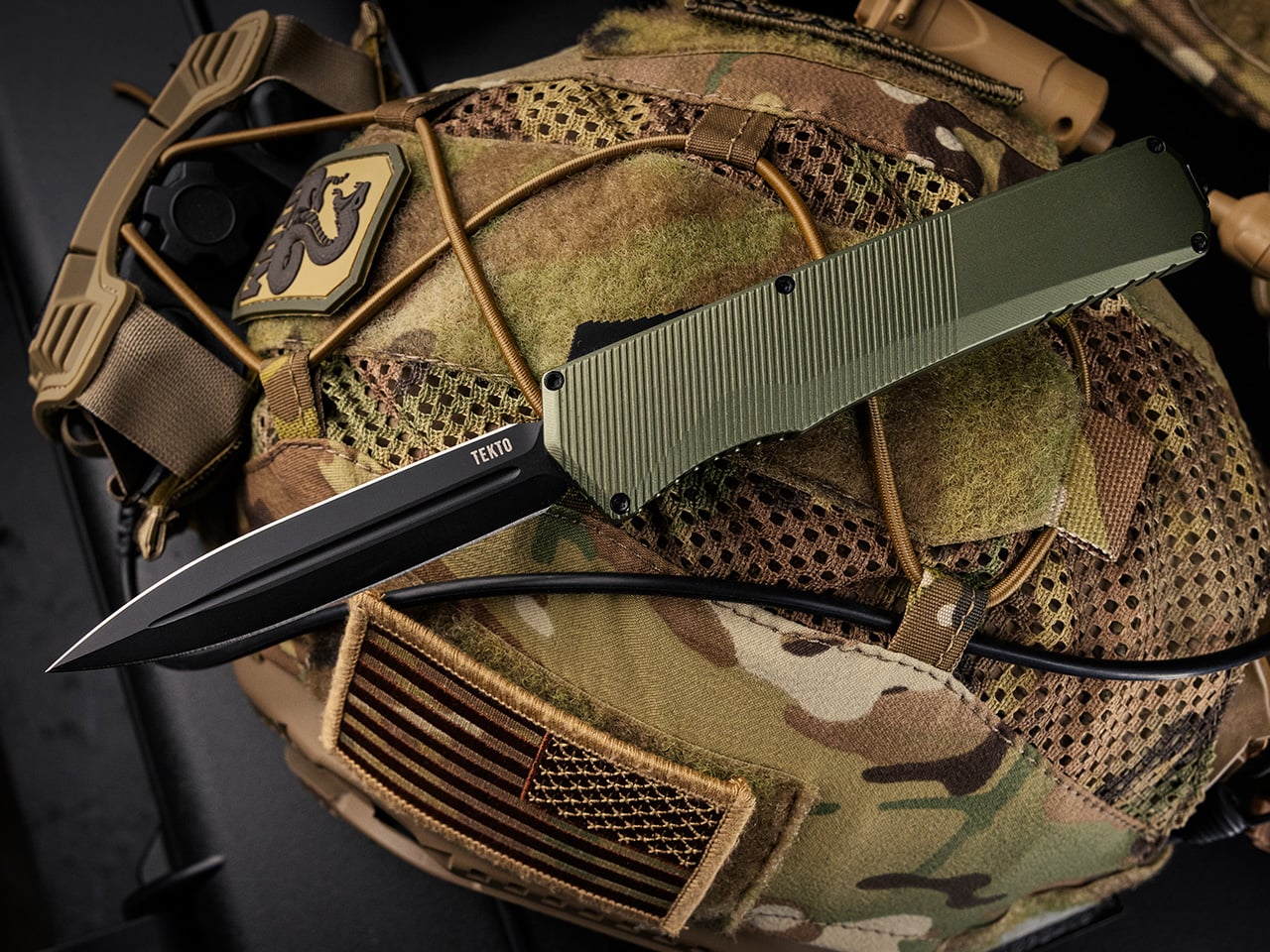
Out-the-front automatics occupy a special place in the knife world, somewhere between practical tool and mechanical indulgence. The Tekto A5 Spry lands firmly in both camps. This is an OTF with a 3.5-inch S35VN blade, titanium-coated and available in three distinct profiles: drop point for general use, dagger for piercing and double-edged utility, and tanto for maximum tip strength. That blade choice matters because each geometry fundamentally changes how the knife performs. The drop point excels at everyday slicing, the dagger offers symmetrical cutting edges and a needle-sharp tip, while the tanto brings reinforced strength for tougher tasks. All three options run 60-62 HRC hardness, putting this steel in premium territory where edge retention meets reasonable sharpening requirements. The 6061-T6 aluminum handle is contoured and textured aggressively, offering what Tekto calls an “iron grip,” and they’re not exaggerating. At 8.6 inches open and 3.49 ounces, this knife has presence without crossing into heavy.
The double-action mechanism fires with the kind of authority that makes cheap OTFs feel like toys. The button sits perfectly positioned for thumb deployment, and the blade launches with zero hesitation. Retraction is equally satisfying, a smooth return that locks back into the handle without play or wiggle. Tekto offers the A5 Spry in black or OD green aluminum, giving you color options to match either stealth or tactical aesthetics. The glass breaker on the pommel isn’t decorative, it’s a legitimate emergency tool that adds function beyond cutting. The ambidextrous pocket clip works for tip-down carry, and the lanyard hole gives you attachment options if you prefer alternate carry methods. This is an American-made OTF priced to compete with imports, which is rare enough to be notable. The build quality reflects domestic manufacturing standards, with tight tolerances and finish work that justifies the premium over budget alternatives.
Why We Recommend It
At 20% off (bringing it to $200 from $249.99), the A5 Spry becomes one of the best values in American-made OTF knives. S35VN steel at this price point is already competitive, but pairing it with three blade options and two color choices means you’re buying exactly the knife you want rather than settling for what’s available. The customization factor alone makes this compelling: drop point for EDC versatility, dagger for collectors who appreciate double-edged designs, or tanto for anyone who prioritizes tip strength. OTF automatics typically command premiums, and finding one with premium steel, solid construction, and genuine versatility under two hundred dollars is legitimately rare. This is the knife for anyone who’s wanted a quality OTF but balked at the typical $300-plus entry point.
Click Here to Buy Now: $200 $249 (20% off, use coupon code “YANKO” at checkout for $49.99 off, plus 2-day FedEx shipping. Hurry, deal ends in 48-hours!
SOG Keytron (26% Off)
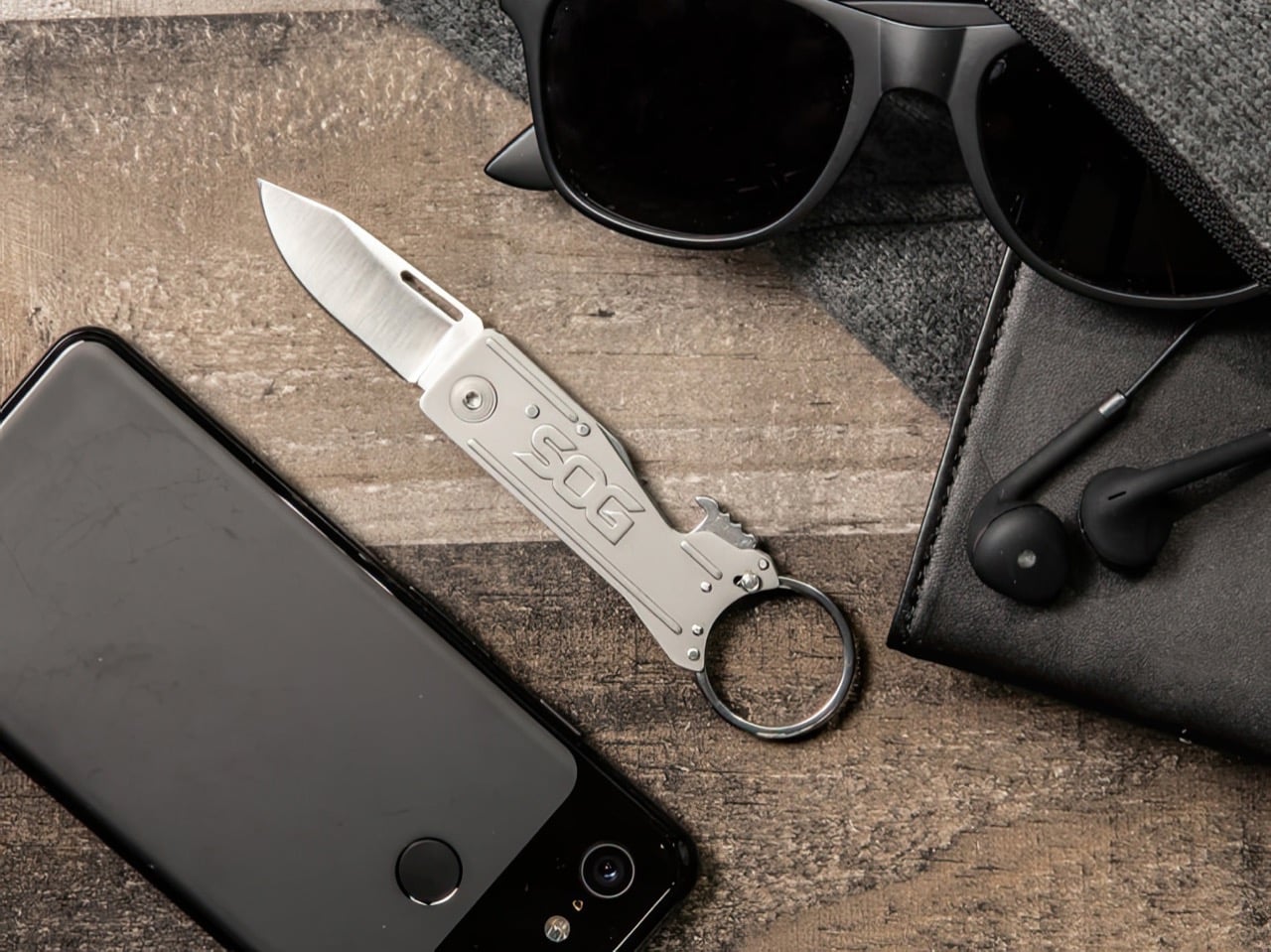
Most people never think about knife accessibility until they’re standing in a parking lot with a package that needs opening and their EDC folder is sitting on their dresser at home. The SOG Keytron exists specifically for that moment. This is a 1.8-inch clip point blade made from stainless steel with a hardness of 54-58 RC, mounted on a slim aluminum handle that stretches to 5.3 inches closed. At 1.3 ounces, it weighs less than most sets of car keys and takes up about as much space. The lockback mechanism keeps the blade secure during use, releasing with a simple press of the spine lock. SOG added a thumb groove for opening, which works well enough once you get the hang of it, though this isn’t a flipper or assisted opener. Deployment is deliberate, not fast, which makes sense for something designed to live on your keychain. The satin finish on the blade is functional rather than flashy, and the flat grind gives you enough cutting edge for everyday tasks.
The built-in bottle opener is the kind of feature that sounds gimmicky until you actually need it, then it becomes the reason you keep this knife around. The keyring attachment uses a simple latch mechanism, making it easy to add or remove from your key collection without disassembling anything. The aluminum handle keeps weight down while providing enough rigidity to handle light cutting without flexing. This isn’t the knife you reach for when serious work needs doing, but it’s the knife that’s always there when you need to open a package, cut some cord, or pop the top off a bottle. The clip point blade shape gives you a fine tip for detail work while maintaining enough belly for slicing. SOG designed this for people who want a knife available at all times without the bulk or weight of traditional EDC folders. It’s the backup to your backup, the blade you forget you’re carrying until you suddenly need it.
Why We Recommend It
At $19.96 (down 26% from $27), the Keytron costs less than most people spend on a single lunch and solves a problem most knife people don’t think about: what do you carry when carrying a real knife isn’t practical? The built-in bottle opener and keyring attachment turn this from a simple blade into a multi-function tool that actually fits on a keychain without destroying your pockets. The aluminum construction and sub-2-inch blade mean it’s legal almost everywhere and inconspicuous enough to carry in settings where larger knives would draw attention. This is the knife for gym bags, travel kits, office drawers, or anywhere you want cutting capability without commitment. At under twenty bucks, it’s cheap enough to buy multiples and stash them everywhere you might need one.
Click Here to Buy Now
Gerber Gear Quadrant (47% Off)
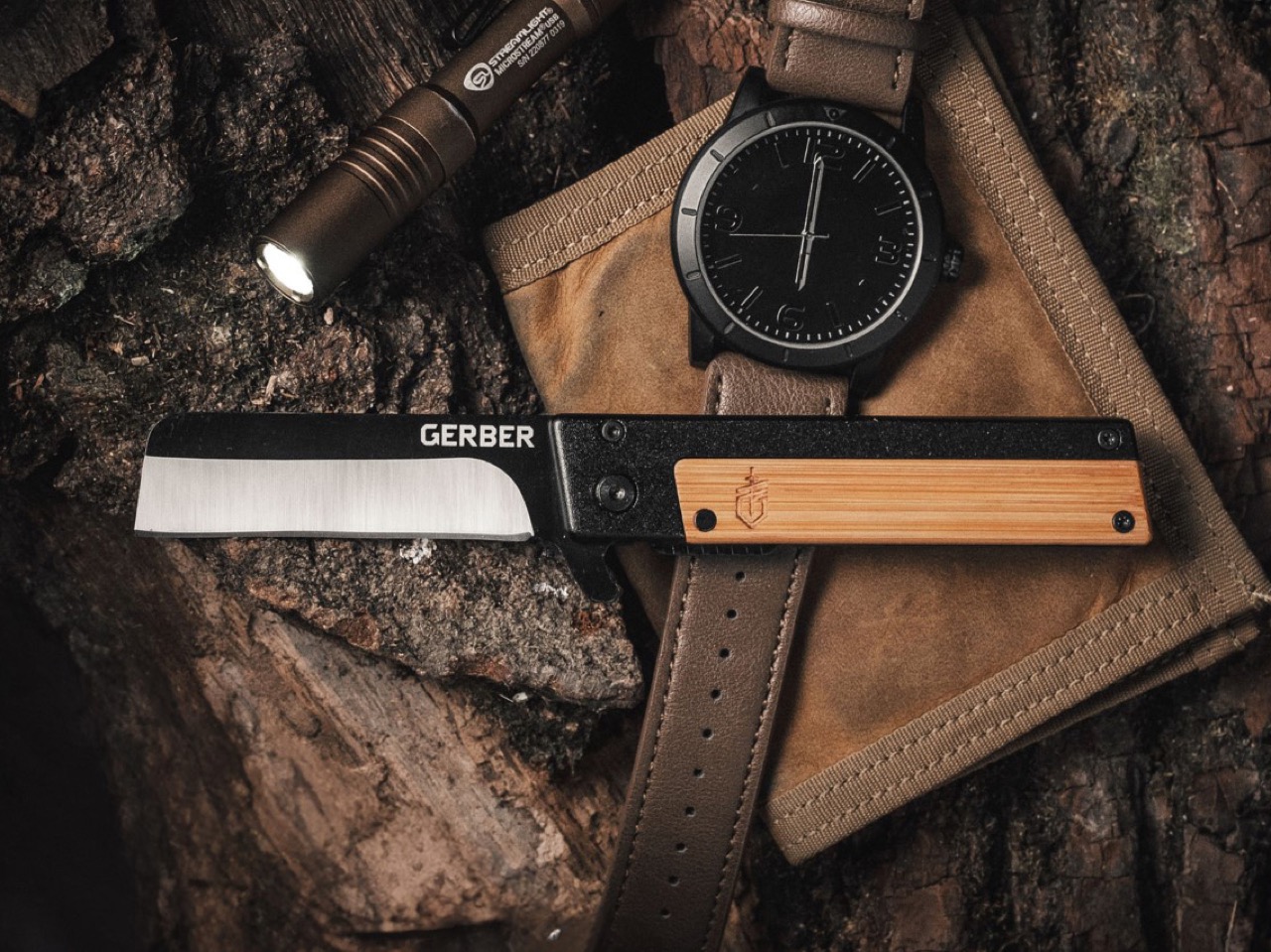
Gentleman’s folders exist in a strange intersection between knife and accessory, where aesthetics matter as much as edge geometry. The Gerber Quadrant understands this assignment perfectly. The 2.7-inch sheepsfoot blade is made from 7Cr17MoV stainless steel, a budget-friendly Chinese steel that sharpens easily and holds an edge well enough for daily cutting without requiring constant maintenance. That sheepsfoot profile is the defining characteristic here, a straight cutting edge with a curved spine that eliminates the pointy tip most knives sport. This makes it less aggressive, more workplace-friendly, and surprisingly effective for precise slicing tasks where you’d normally reach for a box cutter. The frame lock is textured stainless steel, providing structural rigidity while the flipper deployment snaps open with satisfying authority. At around 3 ounces, this knife has enough heft to feel substantial without weighing down your pocket.
The handle is where things get interesting. Gerber offers three scale options: white G-10 composite, natural bamboo, and black bamboo. The bamboo variants turn this knife into a genuine conversation starter, bringing organic warmth to a category typically dominated by synthetic materials and anodized metals. The bamboo isn’t just for looks, it provides natural texture and grip while keeping weight minimal. The white G-10 option appeals to anyone who wants a cleaner, more modern aesthetic without sacrificing durability. The deep-carry pocket clip keeps the knife discreet, sitting low enough that most people won’t notice you’re carrying unless they’re specifically looking. The overall package feels refined in a way that makes it appropriate for office environments, social settings, or anywhere a tactical folder would seem out of place. This is the knife you carry to meetings, dinners, or events where pulling out something aggressively tactical would raise eyebrows.
Why We Recommend It
At $25.10 (slashed 47% from $47), the Quadrant becomes one of the best gentleman’s folder deals you’ll find anywhere. That bamboo handle option at this price is borderline absurd, it’s a material upgrade that typically adds significant cost but here comes in under twenty-six dollars. The sheepsfoot blade makes this genuinely useful in situations where pointed tips feel unnecessary or inappropriate, and the flipper action provides quick deployment without screaming “tactical knife.” Gerber designed this for people who want something classy that still performs, and the discount turns an already reasonable $47 into an impulse buy that makes sense for anyone needing a sophisticated EDC option. This is style meeting substance at a price that removes any reason to hesitate.
Click Here to Buy Now
CRKT Daktyl (23% Off)
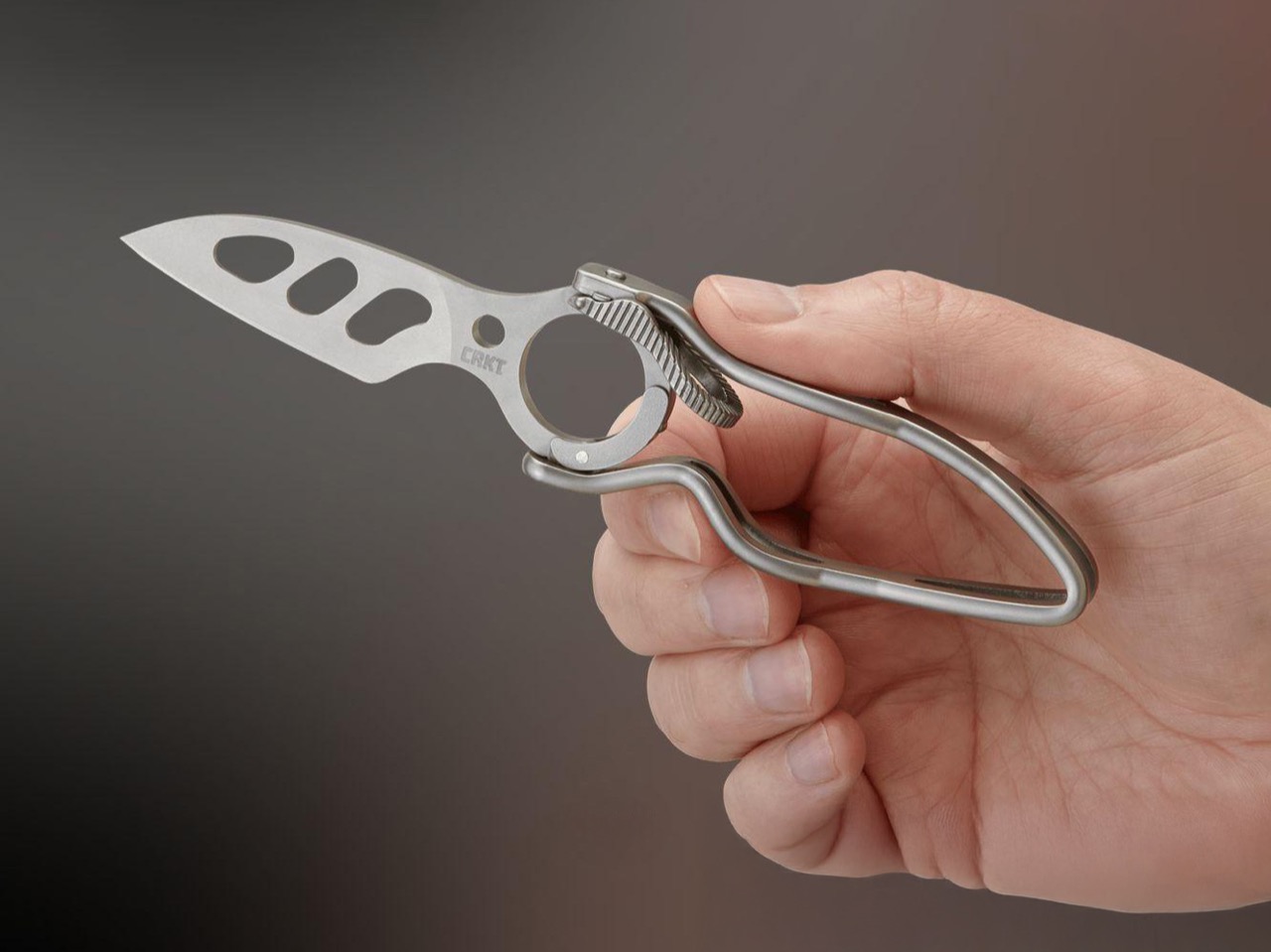
Some knives whisper. The Daktyl screams from across the room. Tom Hitchcock designed this thing to look like it escaped from a sci-fi prop department, and he succeeded completely. The entire knife is cut from stainless steel, both blade and handle, creating a skeletal framework that’s equal parts functional tool and conversation starter. That massive finger ring isn’t just for show, it’s the core of the “Hole In One” deployment system that lets you rotate the 3.05-inch modified Wharncliffe blade open with a flick of your finger. The 420J2 stainless steel blade is skeletonized with oval cutouts that reduce weight and add visual drama, while the slide lock mechanism keeps everything secure once deployed. At 6.813 inches open and weighing just 2.4 ounces, this is lightness taken to its logical extreme.
The handle is where things get interesting, and by interesting, we mean polarizing. Those flowing curves and cutouts look fantastic in photos, but they’re designed around that finger ring more than traditional grip ergonomics. The bead-blasted finish is grippy enough, and there’s a carabiner built into the pivot end that doubles as a bottle opener, because why not add party tricks to your EDC? The deep-carry pocket clip works for left or right-hand carry, and the whole package feels more like jewelry than a tool, which is either the point or the problem depending on your perspective. This isn’t the knife you grab for heavy cutting tasks or extended use. It’s the knife you carry when you want something that looks like nothing else in anyone’s pocket, a blade that values aesthetics and novelty as much as it does utility. The Wharncliffe profile is excellent for precision work and slicing, but that handle design means your grip options are limited by the architecture of the frame itself.
Why We Recommend It
The Daktyl at $45.99 (down from $60) is twenty-three percent off a knife that you either instantly love or completely don’t get, and that’s precisely why it belongs on this list. This is design as statement, a knife that refuses to blend into the background of standard folders and liner locks. That stainless steel skeleton construction and finger ring deployment make it instantly recognizable, and the built-in bottle opener means it’s actually useful at parties where knives normally aren’t. At under fifty bucks, you’re buying into something genuinely different without the usual premium that “unique” commands. It’s not the most ergonomic knife you’ll ever hold, but it might be the most interesting, and sometimes that counts for more than another perfectly competent but forgettable folder.
Click Here to Buy Now
Smith & Wesson Extreme Ops (31% Off)
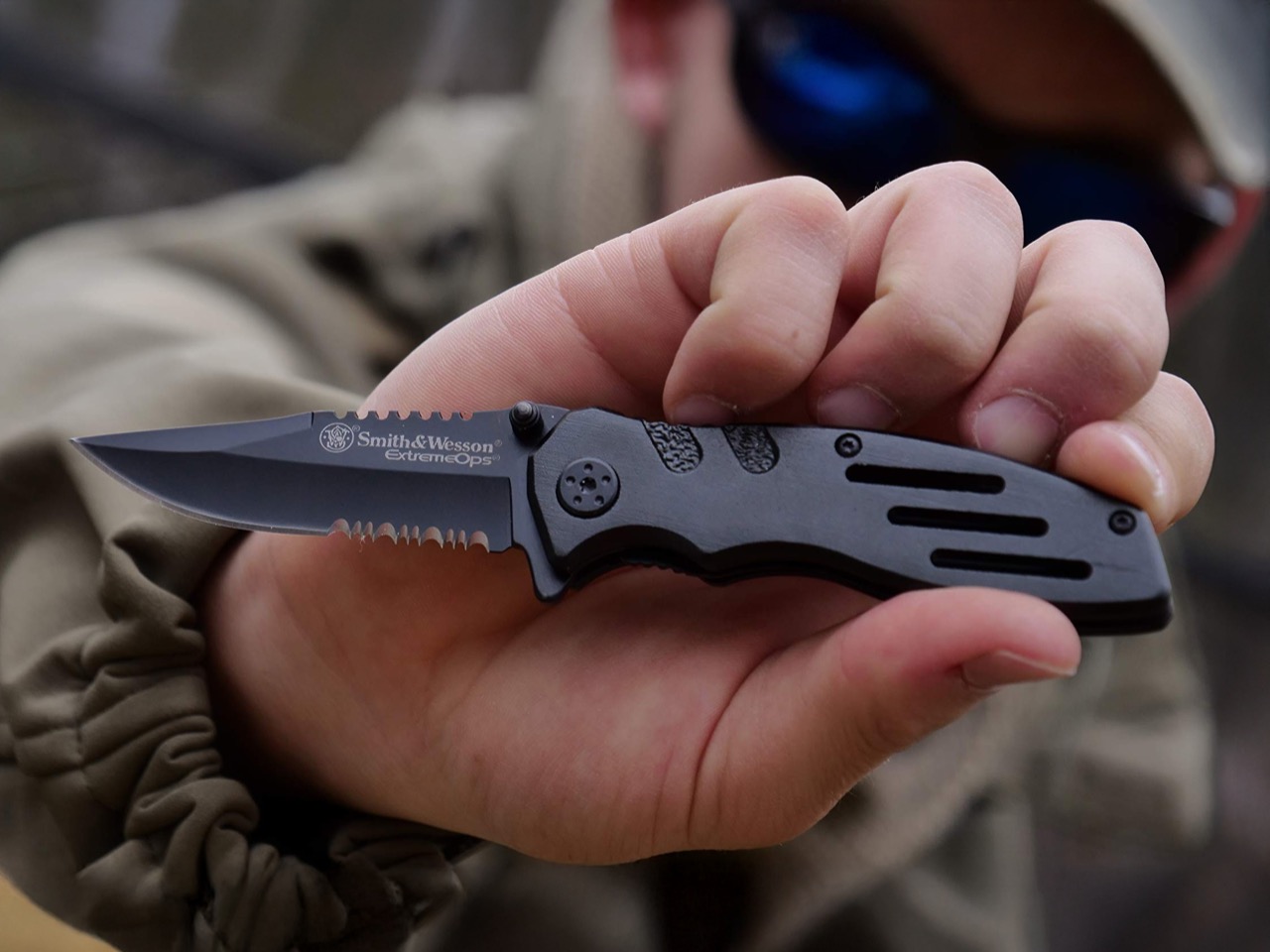
Budget knives have a certain reputation, and the Extreme Ops leans into it completely. This is a knife designed to hit a price point first and ask questions later. The 3.1-inch clip point blade is made from 7Cr17MoV stainless steel, a perfectly serviceable Chinese steel that holds an edge well enough for everyday tasks without requiring expert sharpening skills. The partially serrated configuration gives you options: plain edge for clean cuts, serrations for rope and tougher materials. The black aluminum handle is lightweight and functional, adorned with jimping on both the spine and handle for grip. At 7.1 inches overall and weighing 3.5 ounces, this is a knife that announces its tactical aspirations loudly, with ambidextrous thumb studs, an index flipper, and aggressive styling that screams “I’m ready for anything” even if that anything is usually opening Amazon boxes.
The liner lock is straightforward and reliable, exactly what you’d expect from a workhorse folder at this price tier. The pocket clip allows for ambidextrous carry, and the whole package feels solid enough for regular use without the anxiety that comes with carrying something expensive. Smith & Wesson’s knife division isn’t trying to compete with high-end custom makers; they’re building tools for people who need something functional, affordable, and backed by a recognizable name. The Extreme Ops delivers on that promise without pretense. It won’t impress knife snobs, but it also won’t leave you stranded when you need to cut something. The partially serrated edge is genuinely useful for anyone who regularly deals with zip ties, packaging straps, or fibrous materials, and the aggressive jimping means your grip stays secure even when things get slippery.
Why We Recommend It
At $17.33 (down 31% from $24.99), the Extreme Ops costs less than most people spend on lunch and delivers a fully functional EDC knife with a lifetime warranty. This is the knife you throw in a tackle box, glove compartment, or work bag without worrying about it. The 7Cr17MoV steel won’t win awards, but it’s tough enough and sharpens easily when it dulls. The partially serrated blade makes it more versatile than single-edge alternatives, and the aluminum handle keeps weight down while providing decent durability. This is maximum utility for minimum investment, a knife that understands its place in the world and excels at being exactly that. At under eighteen bucks, it’s an impulse buy that actually makes sense.
Click Here to Buy Now
The post Top 5 EDC Pocket Knives Running Major Last-Minute Discounts first appeared on Yanko Design.

